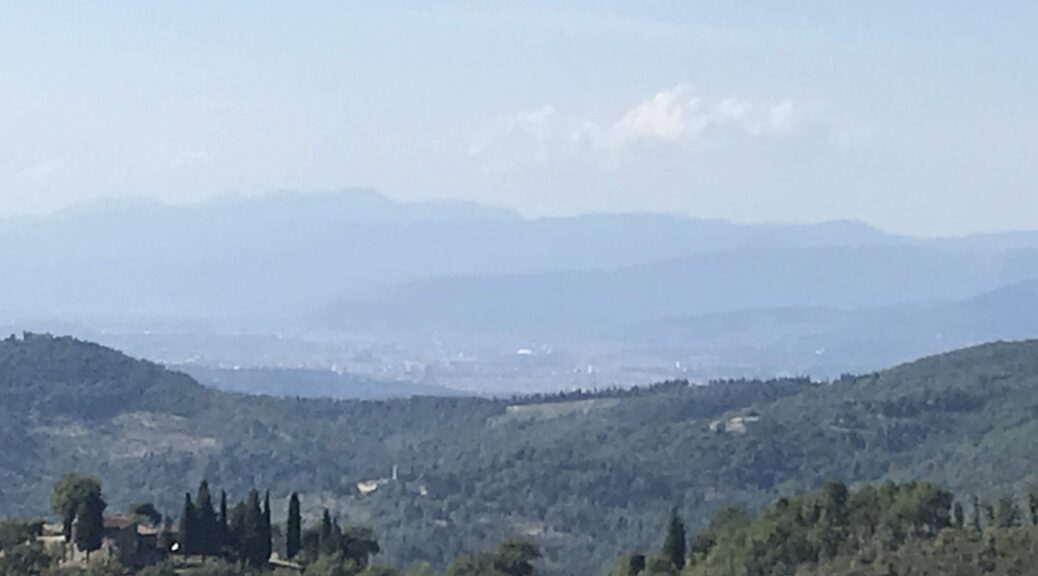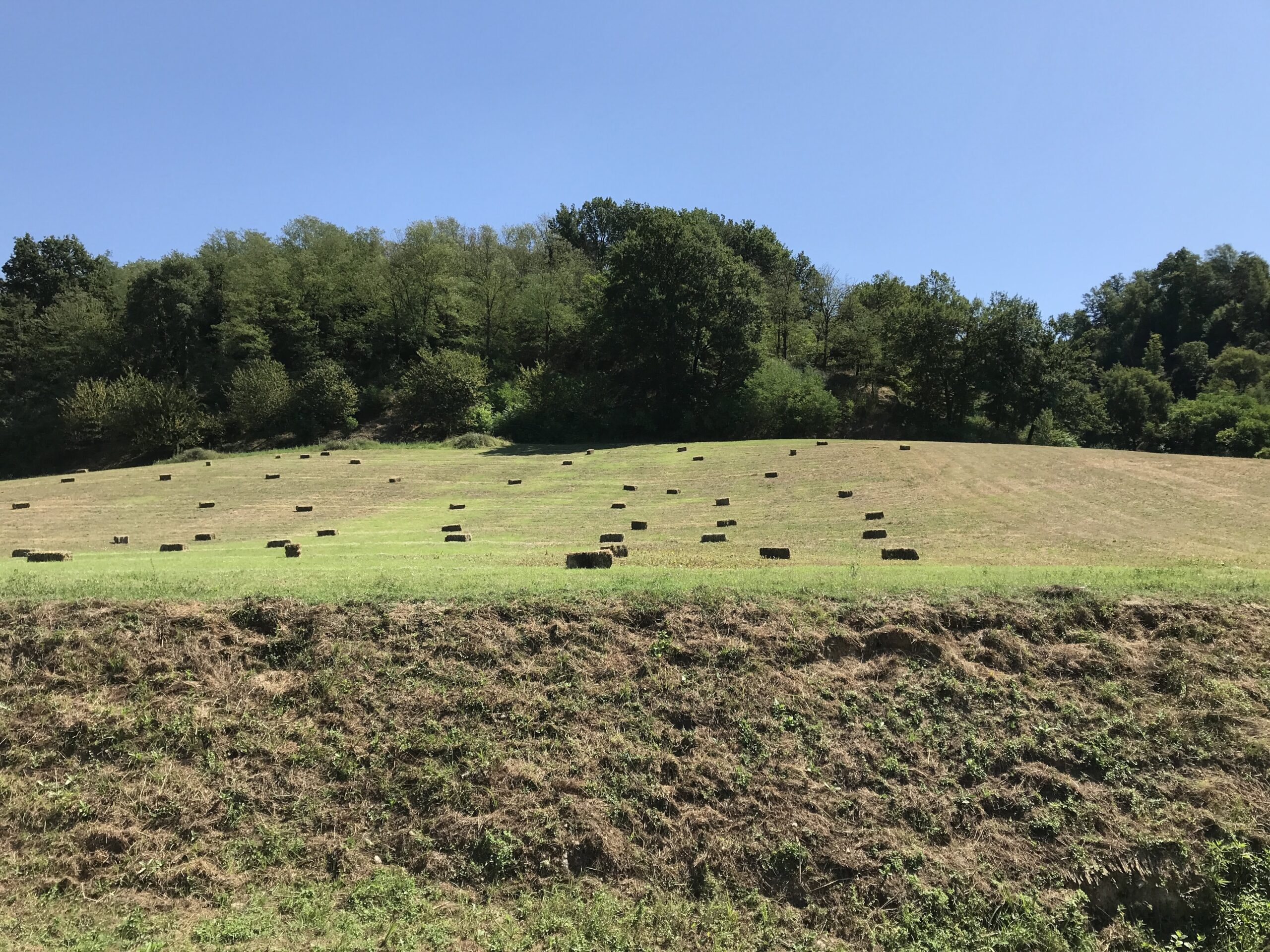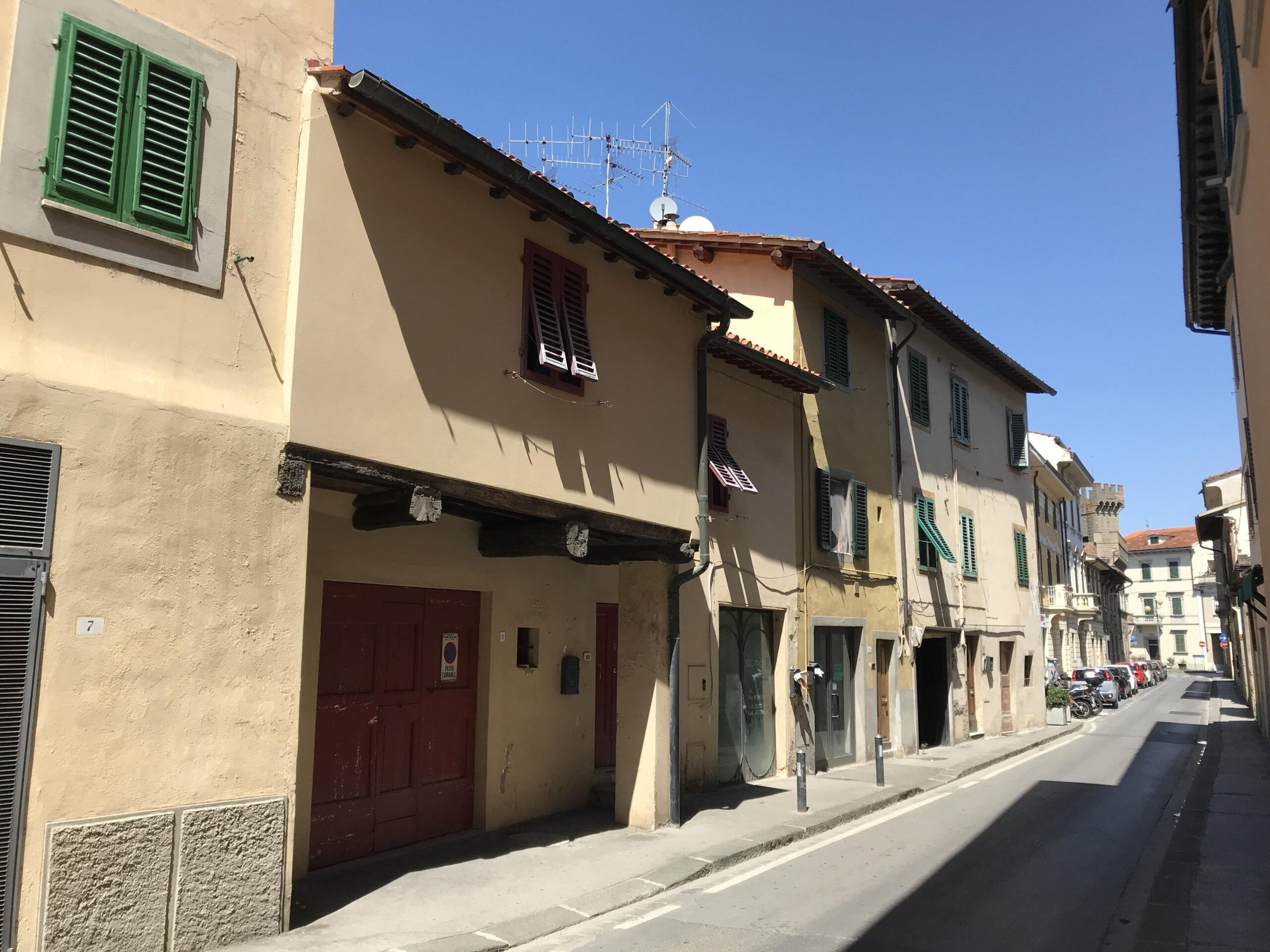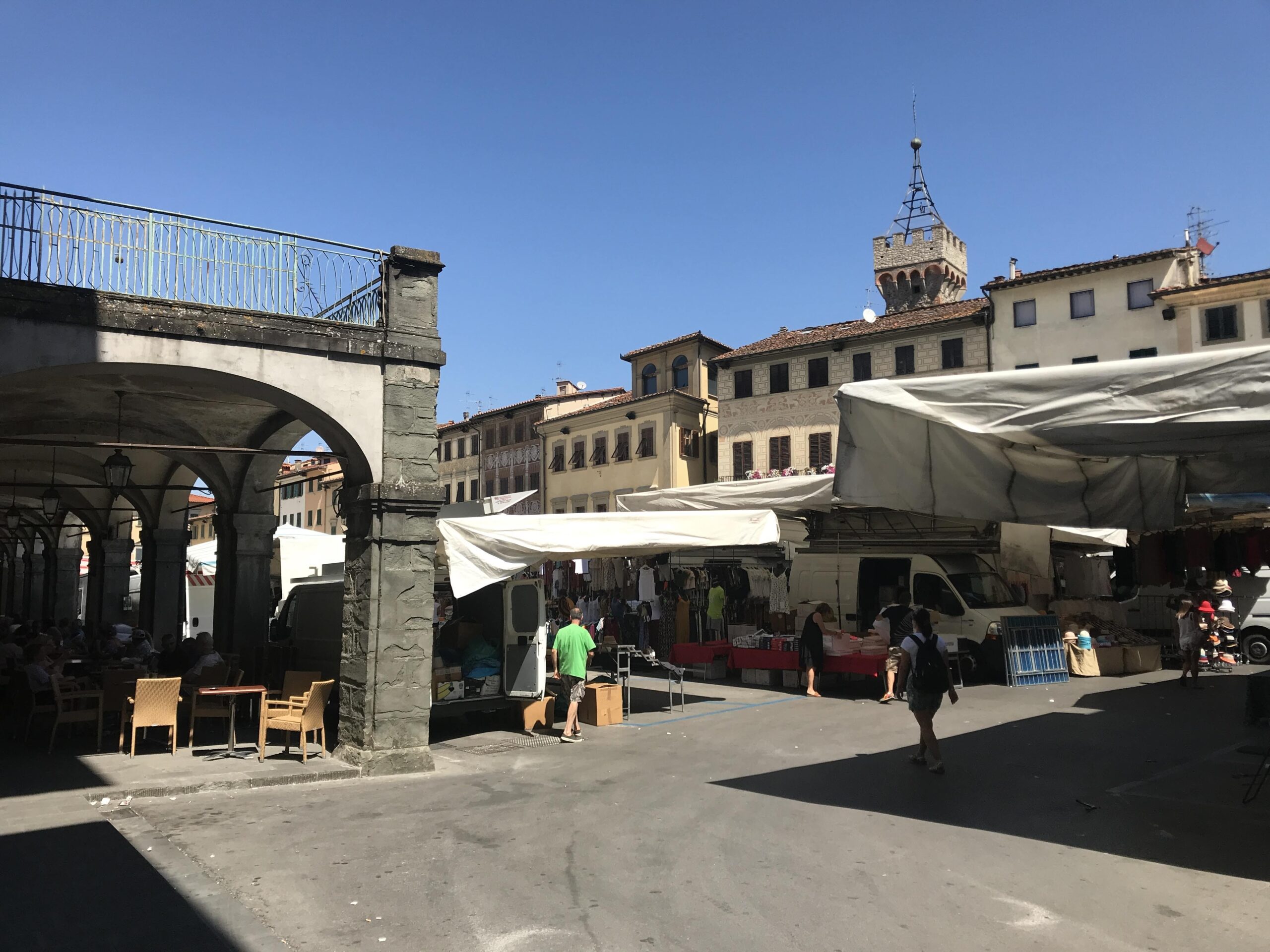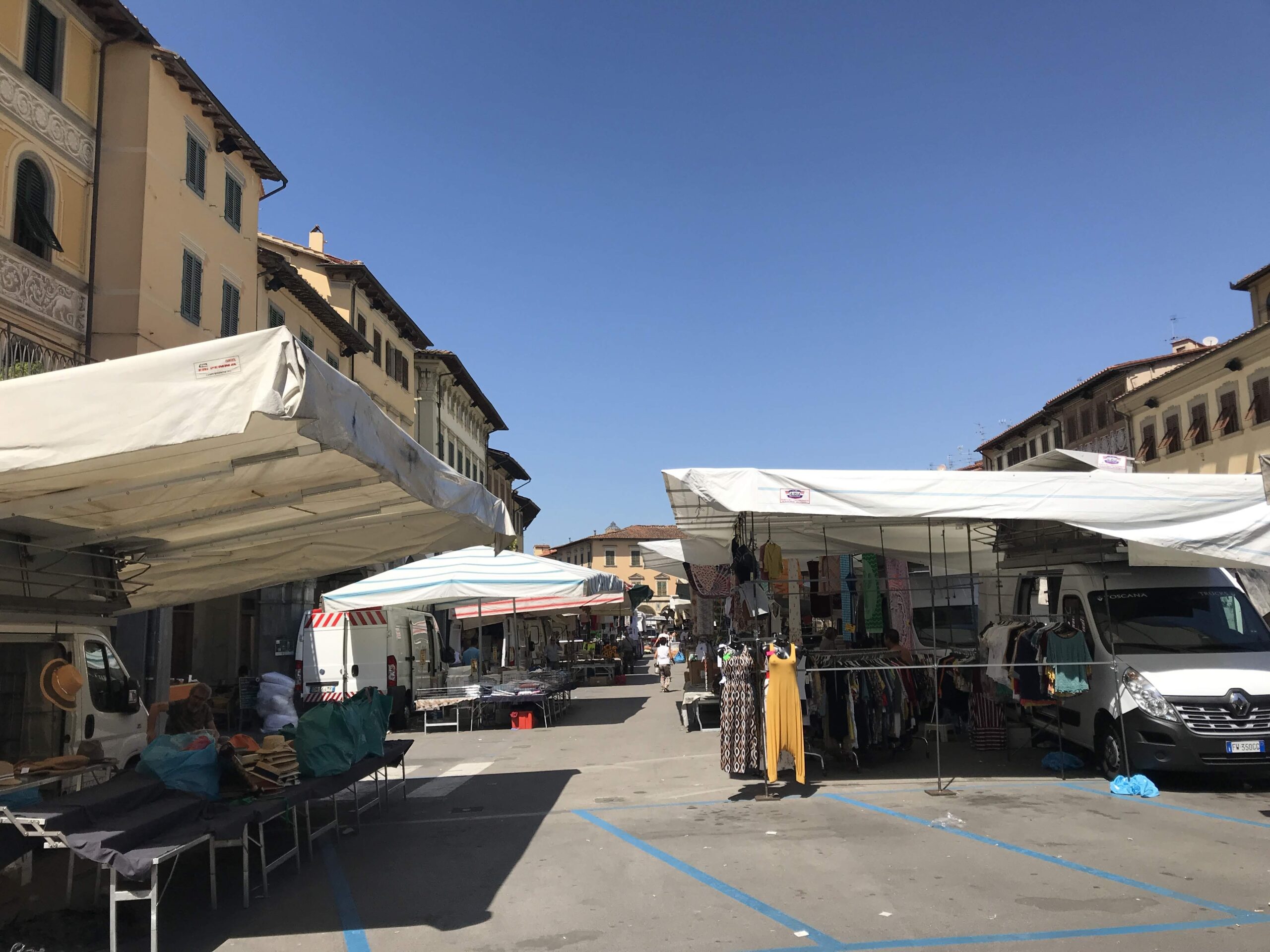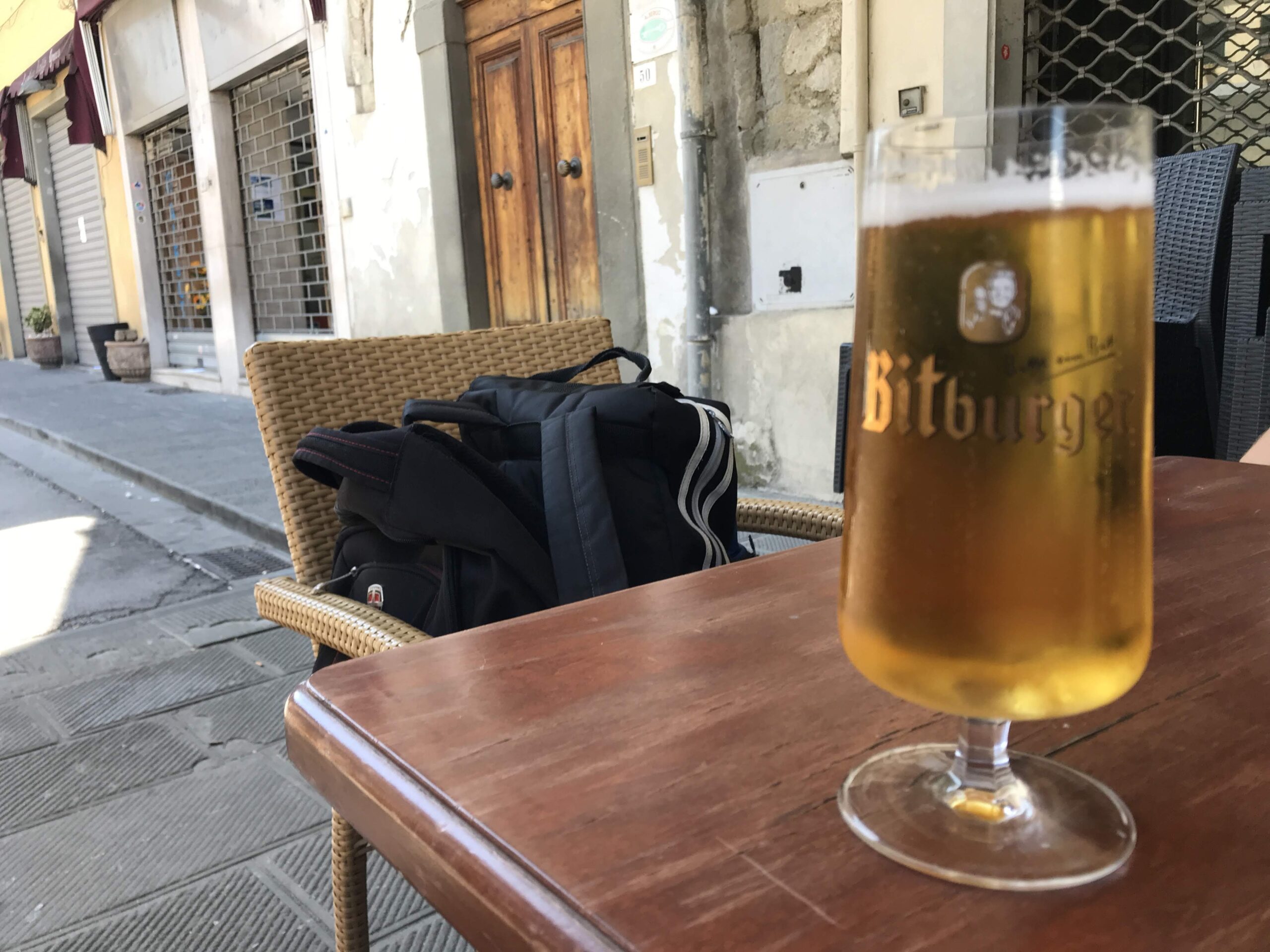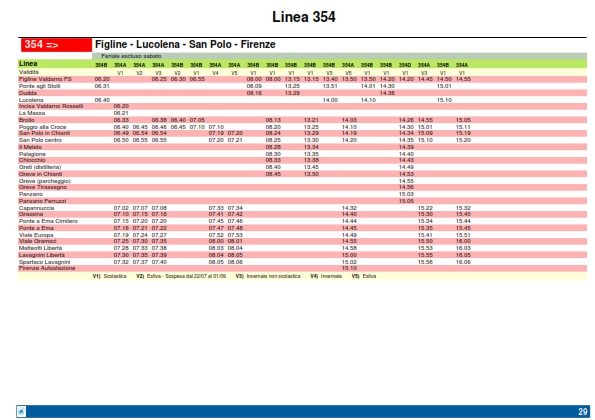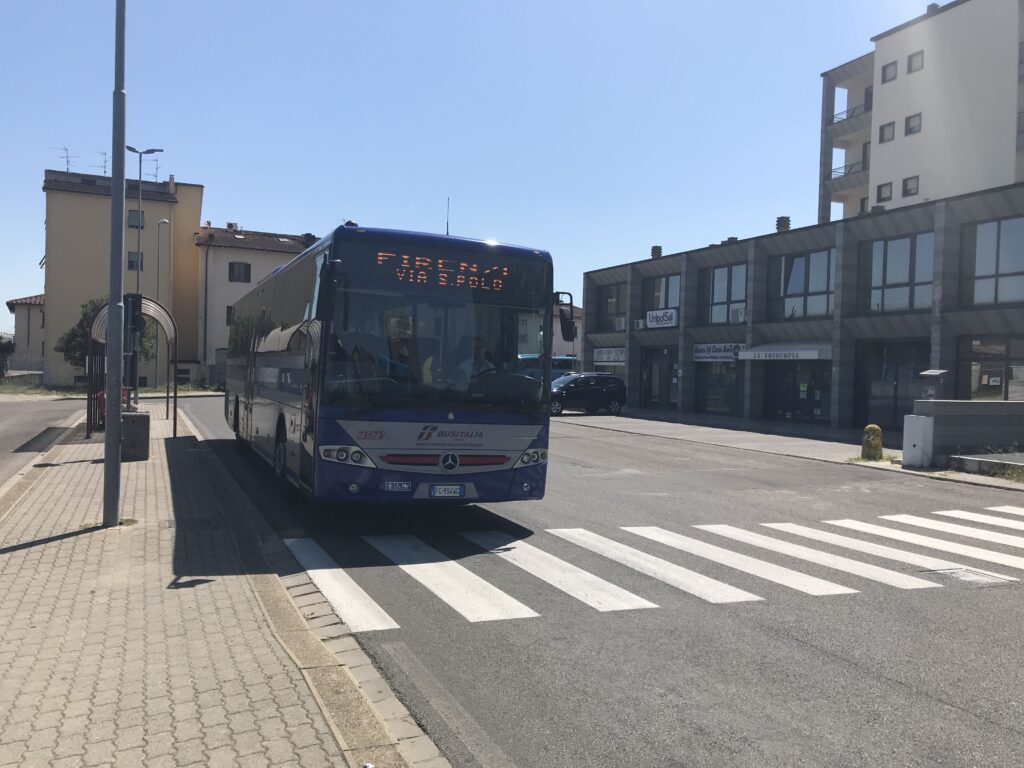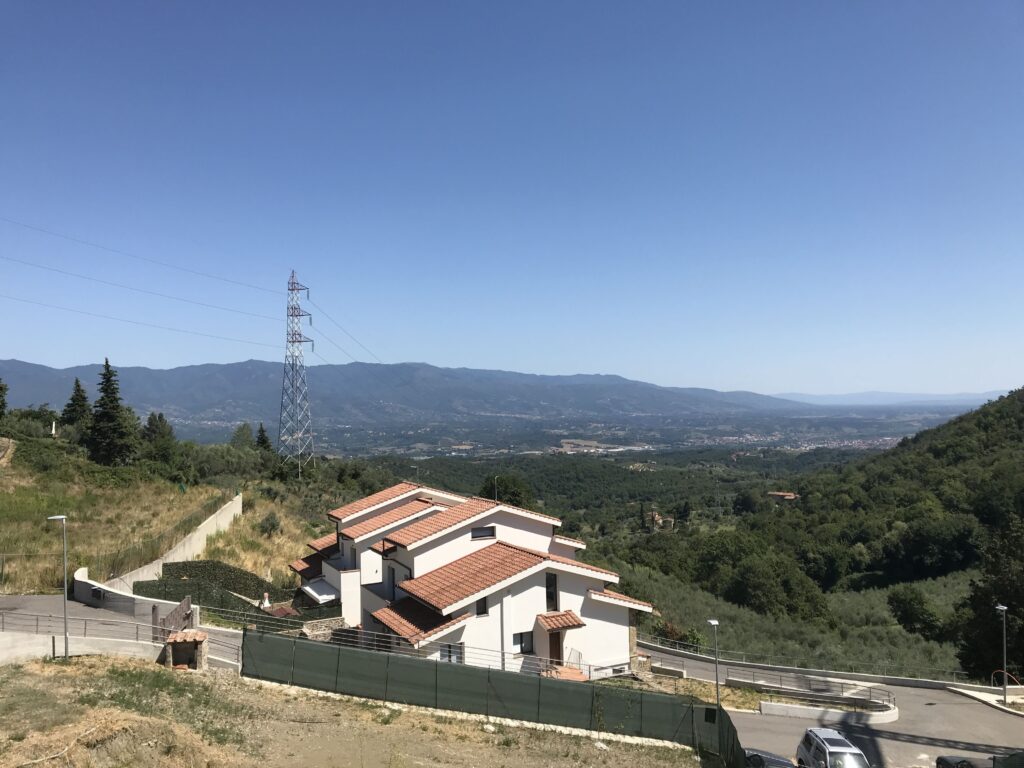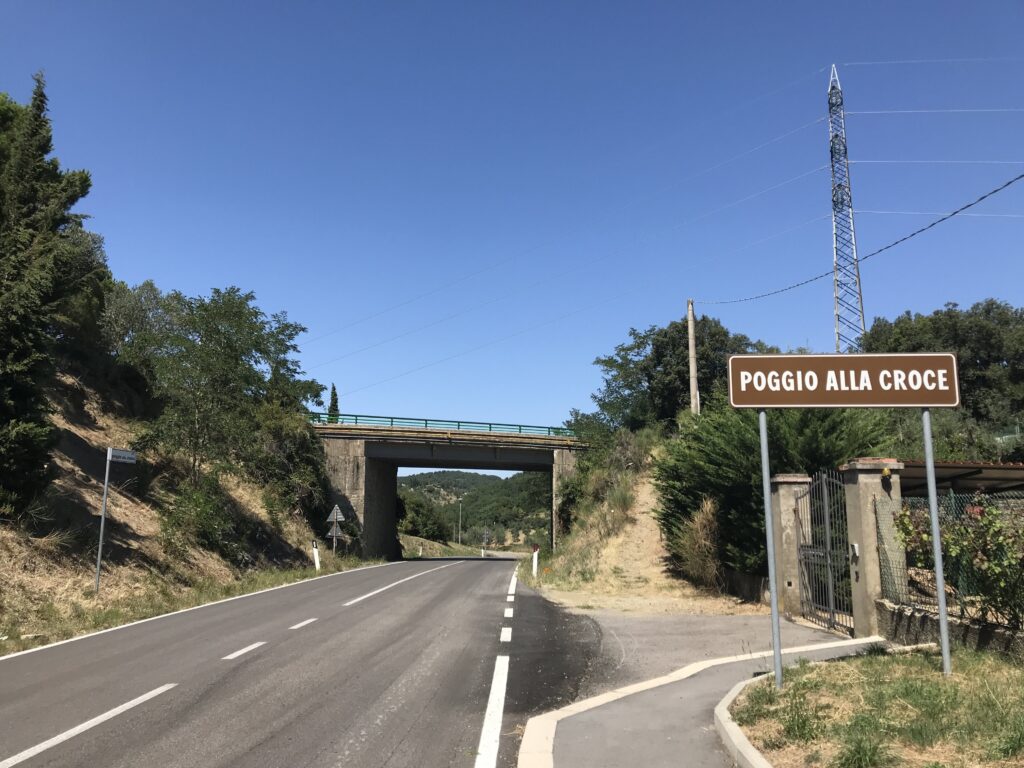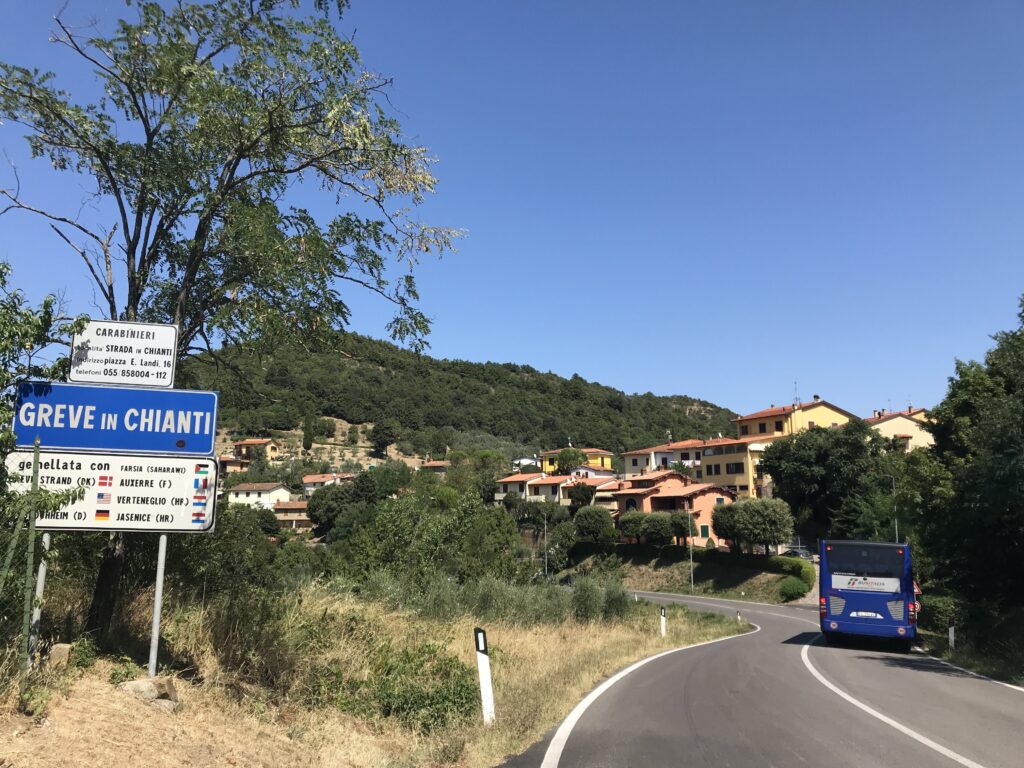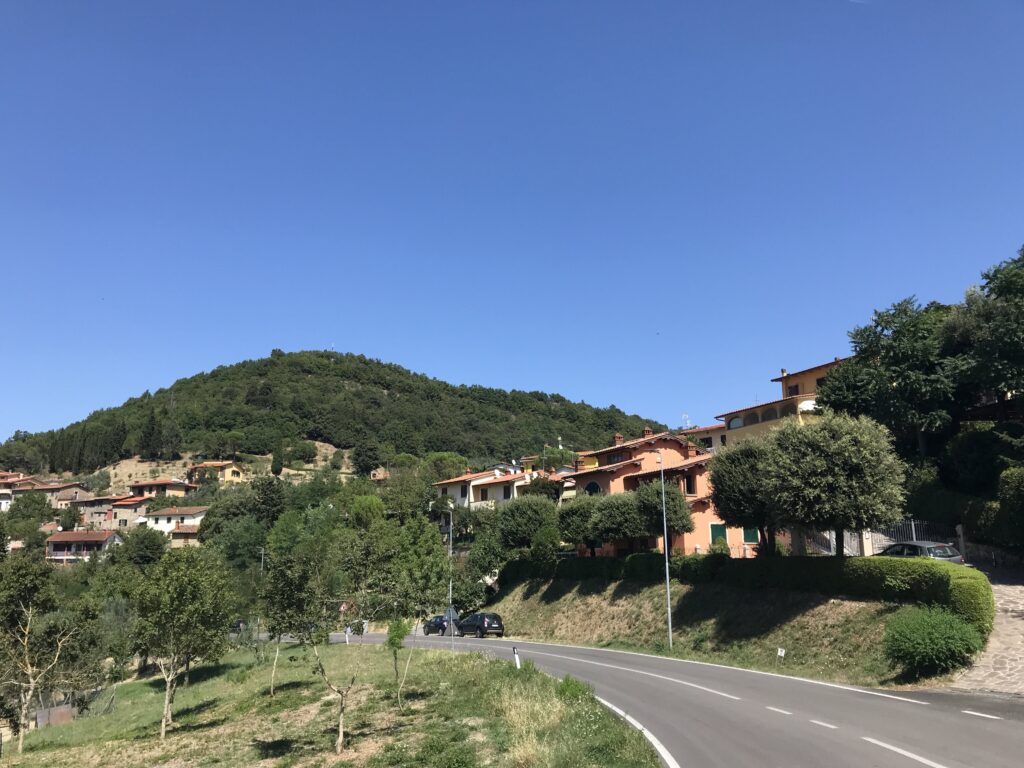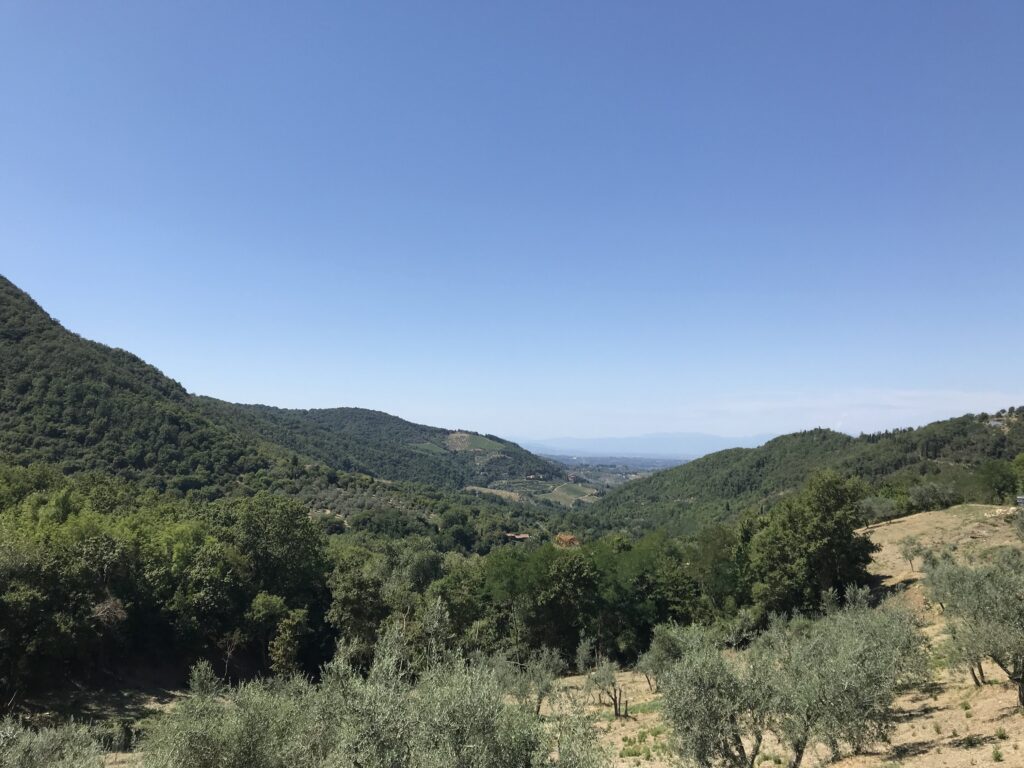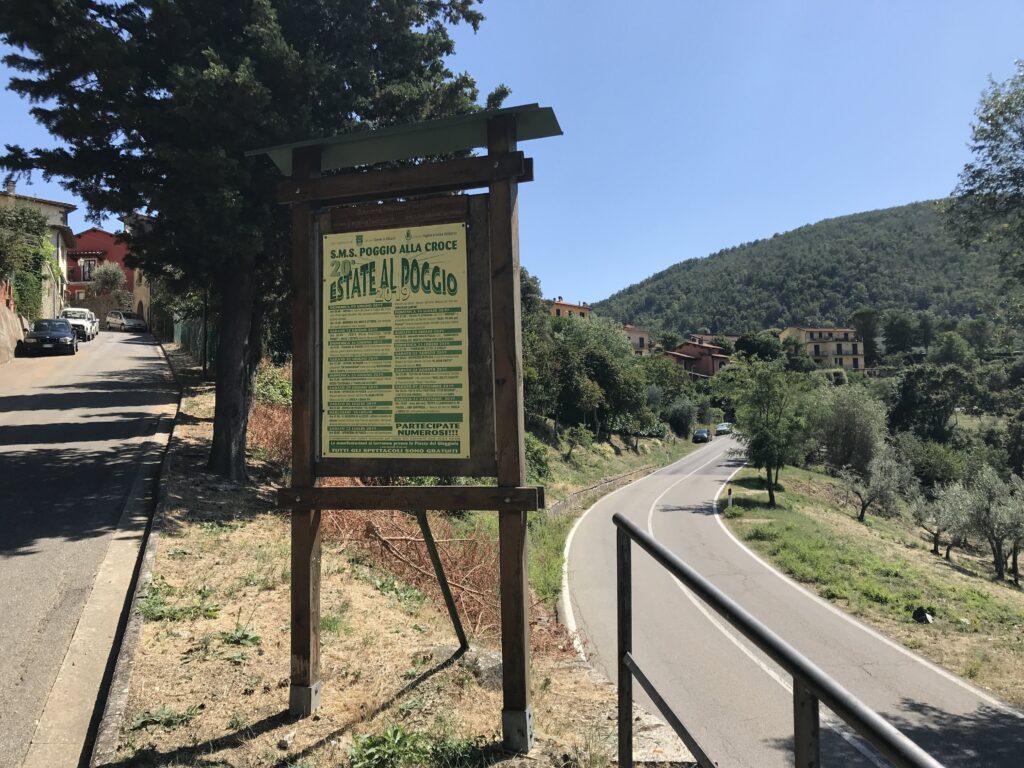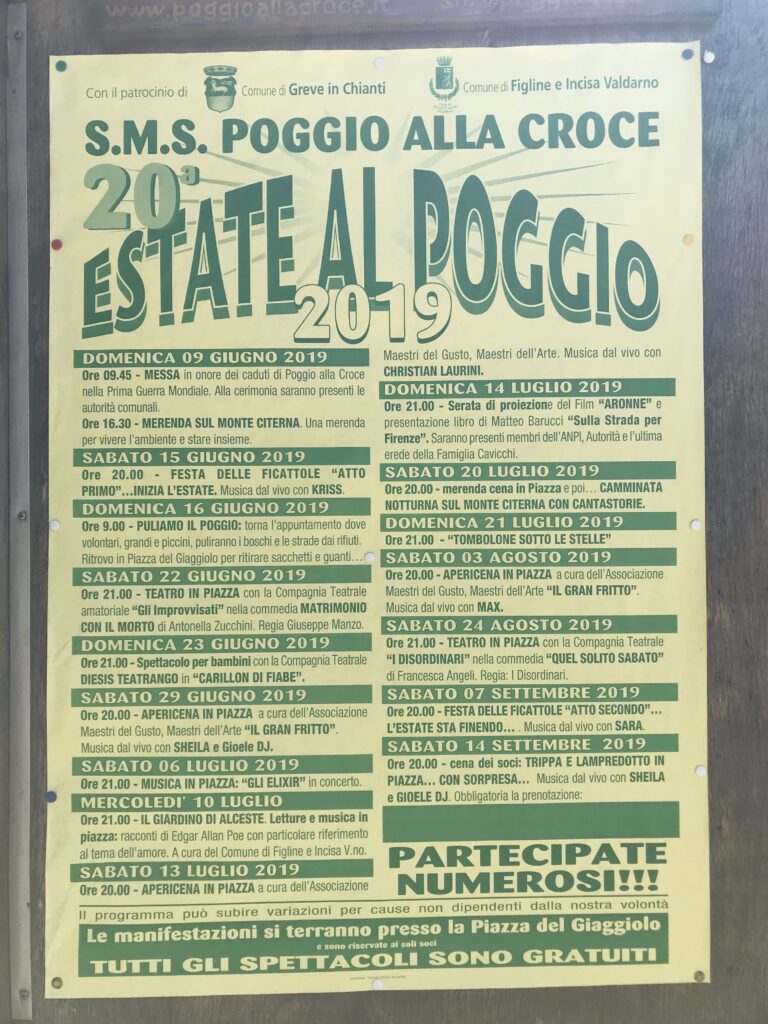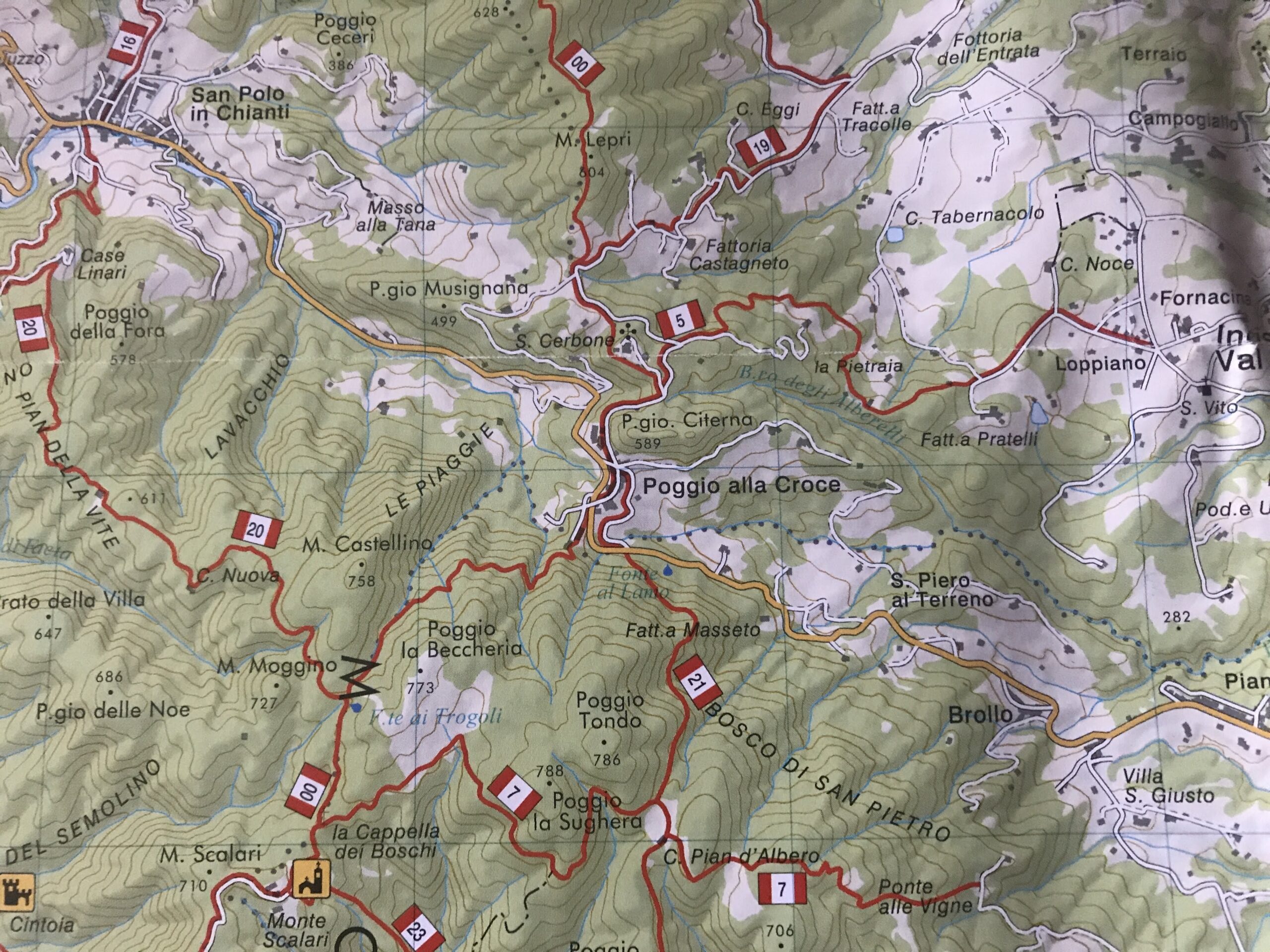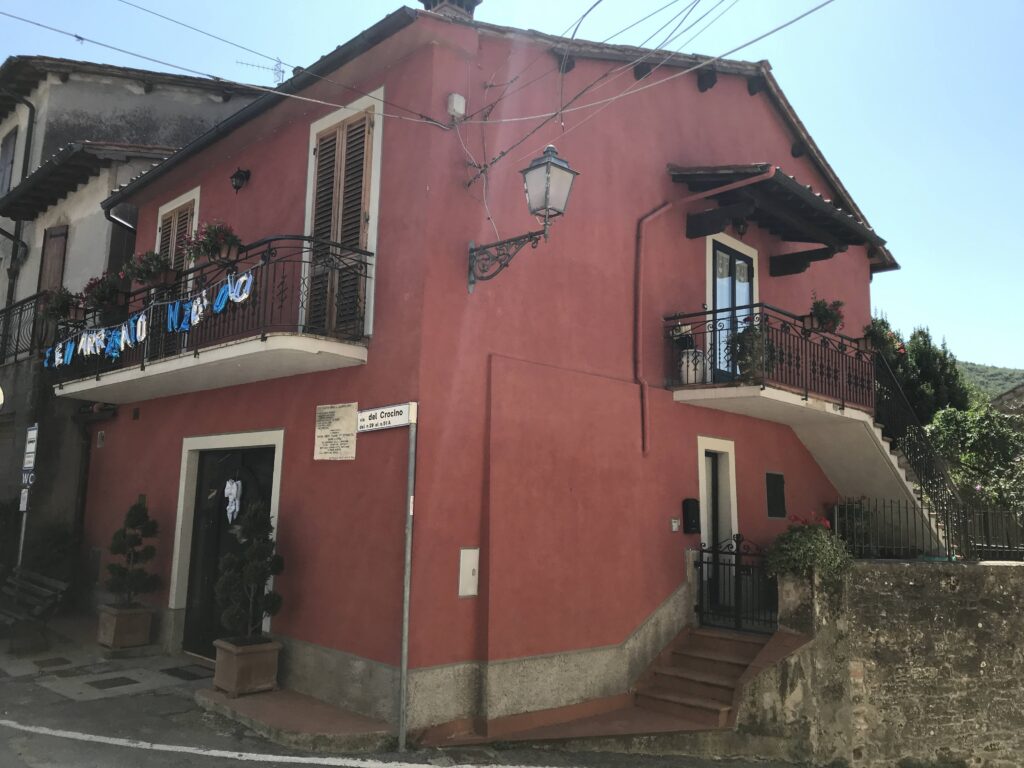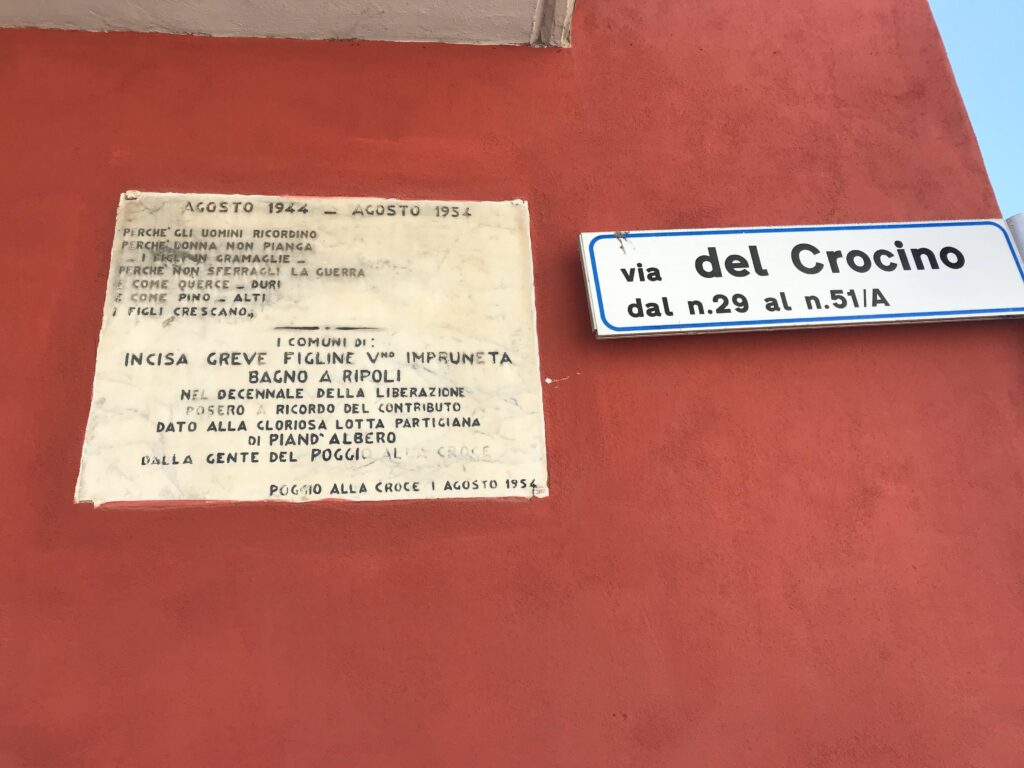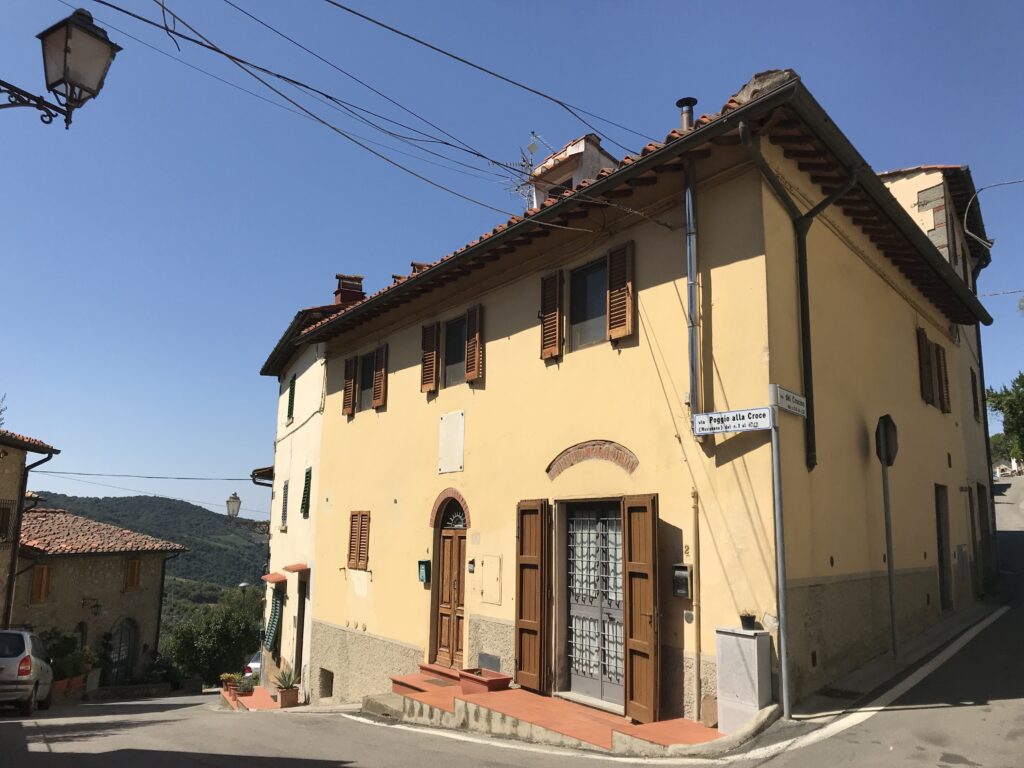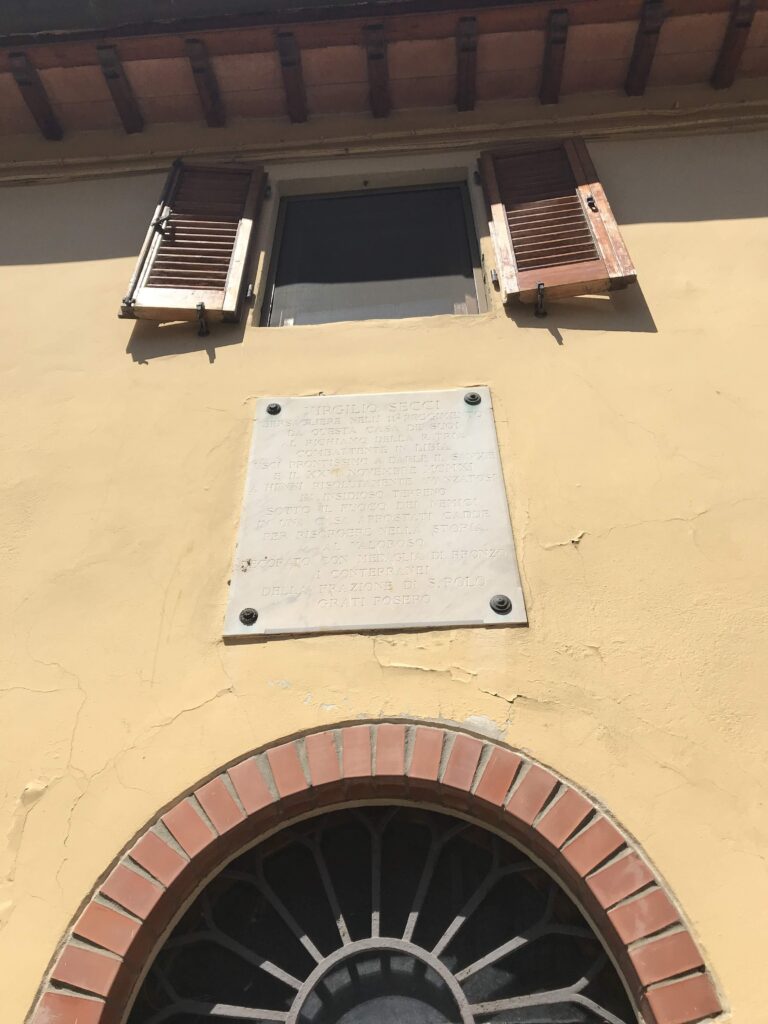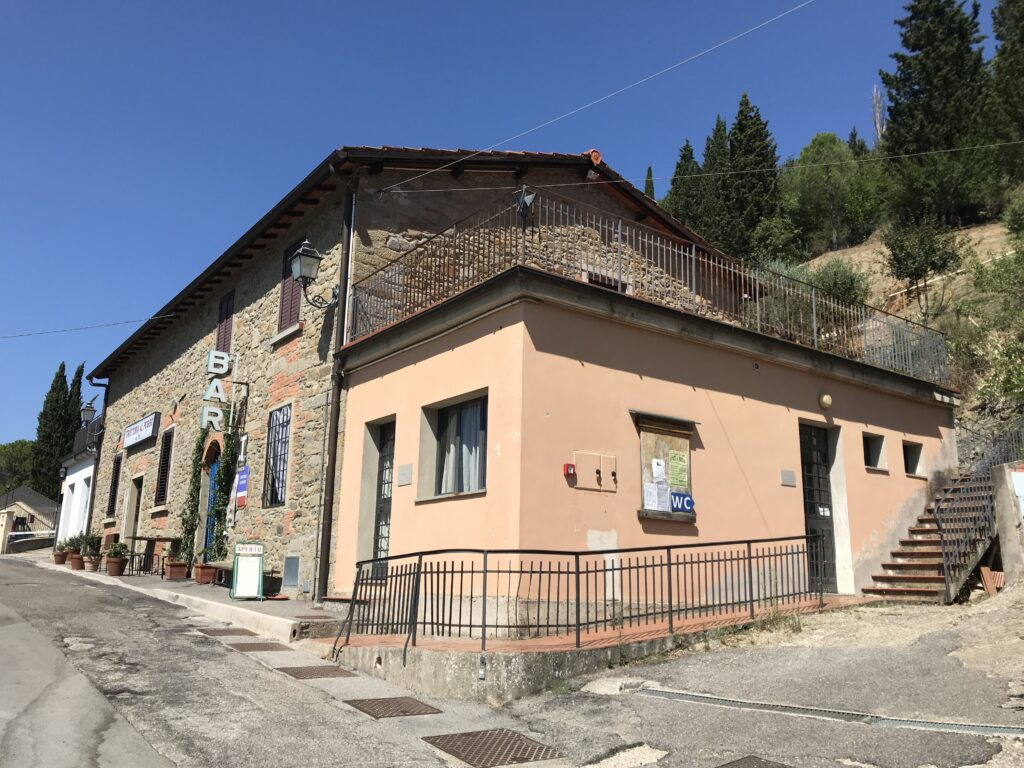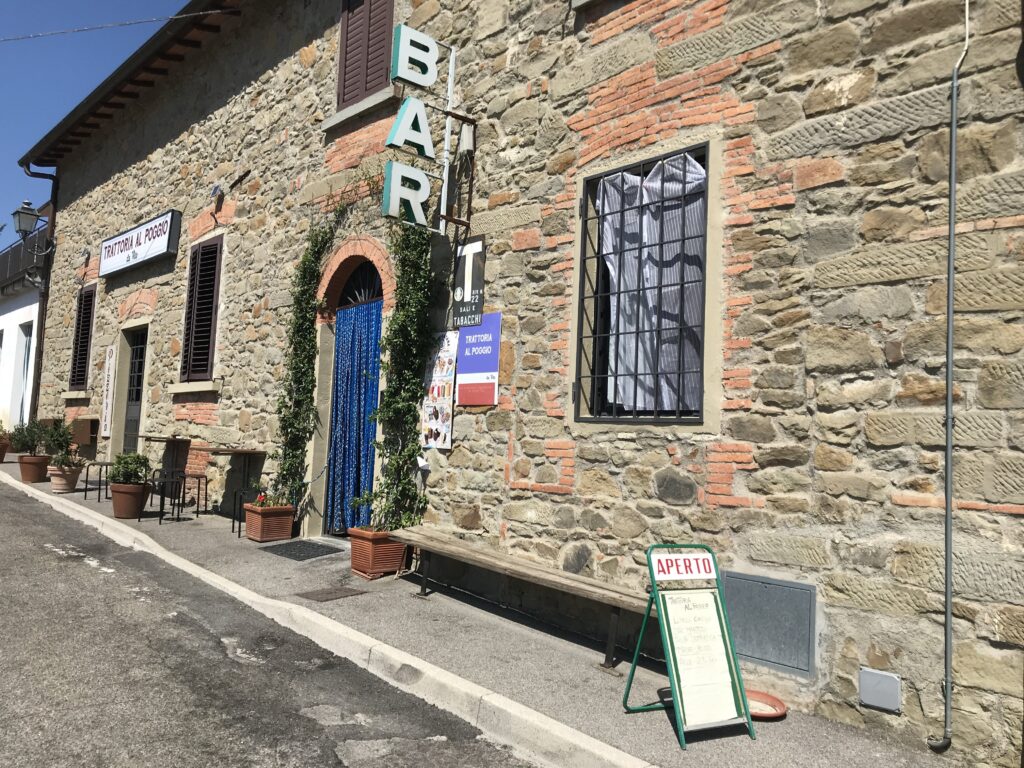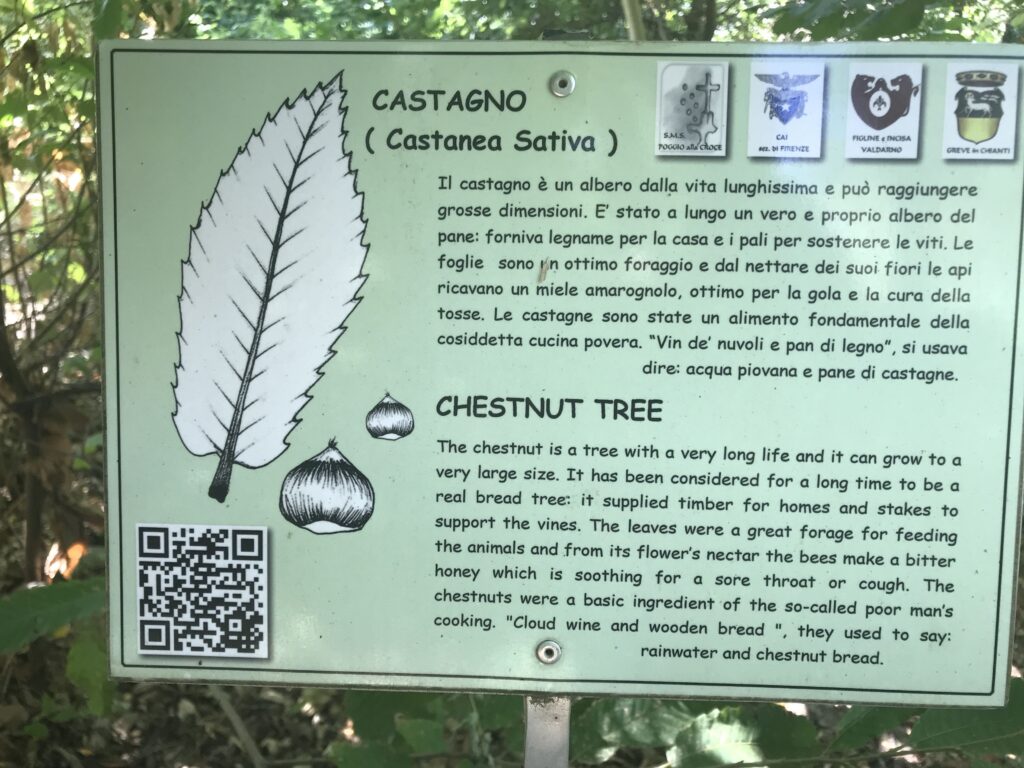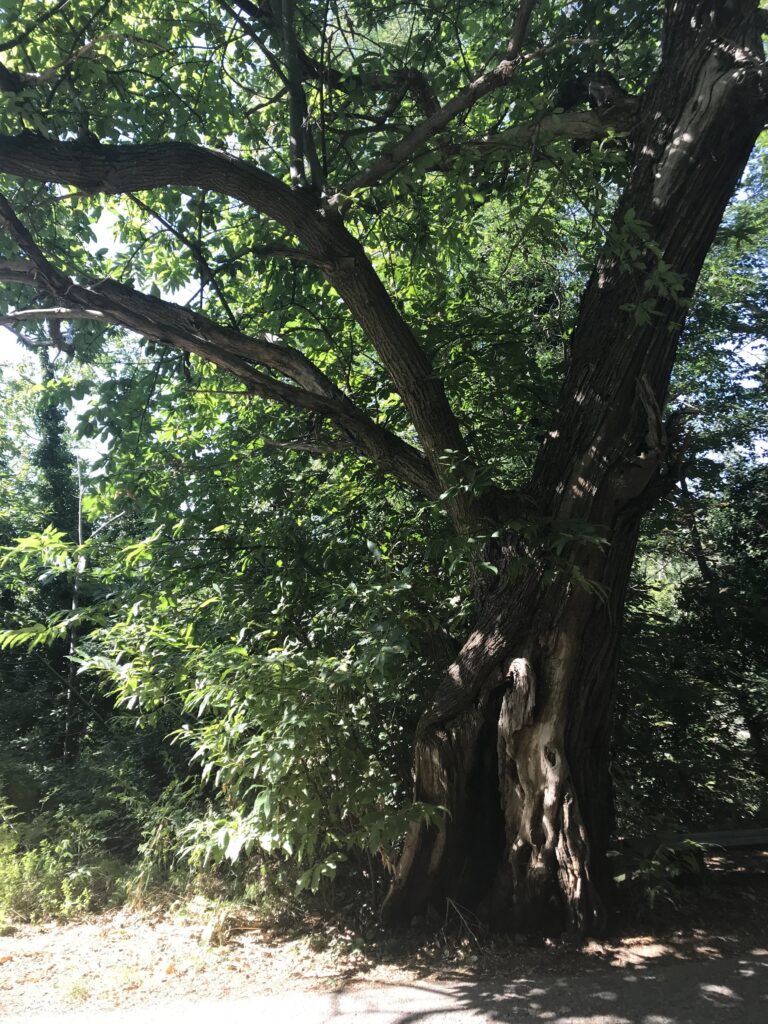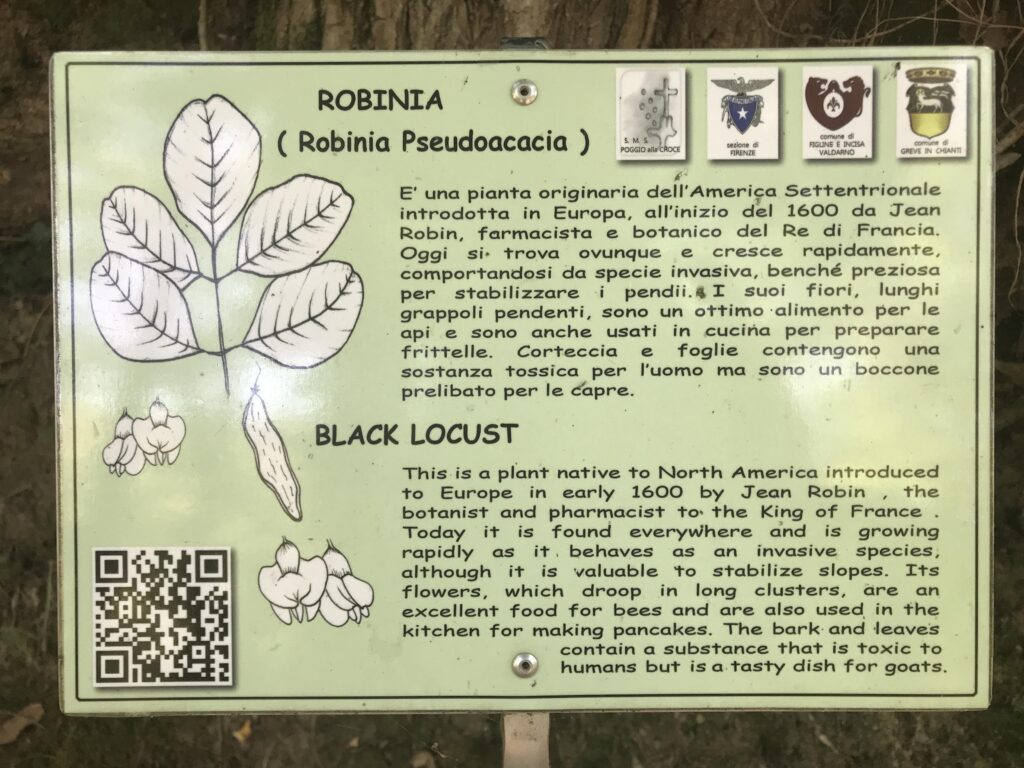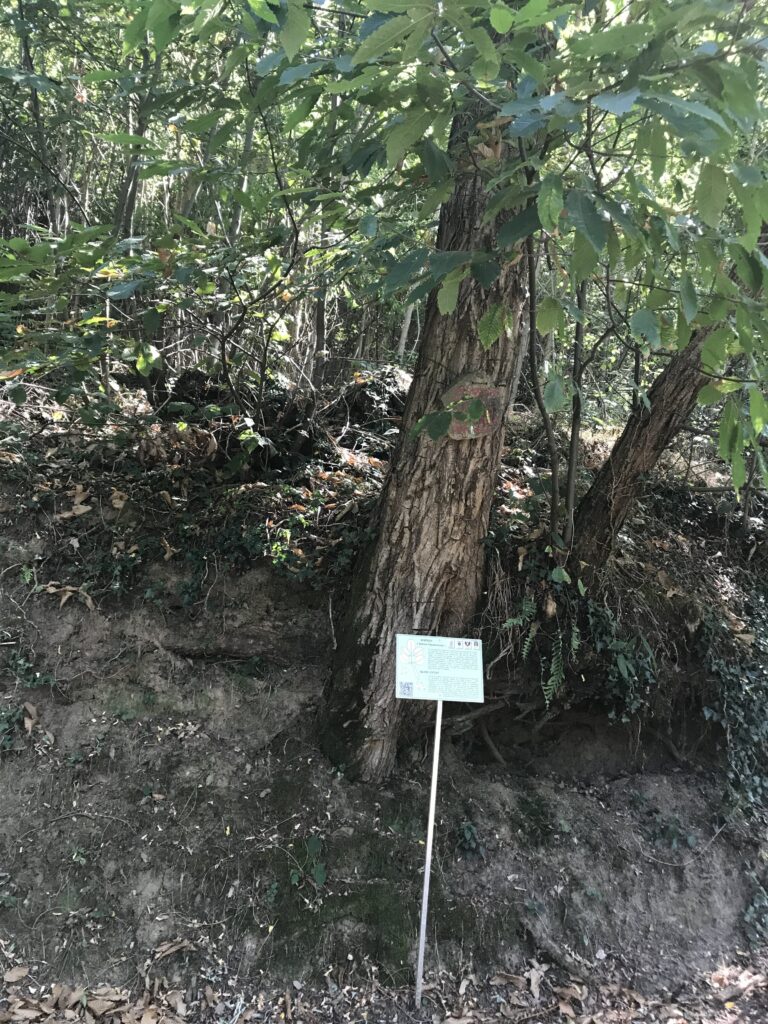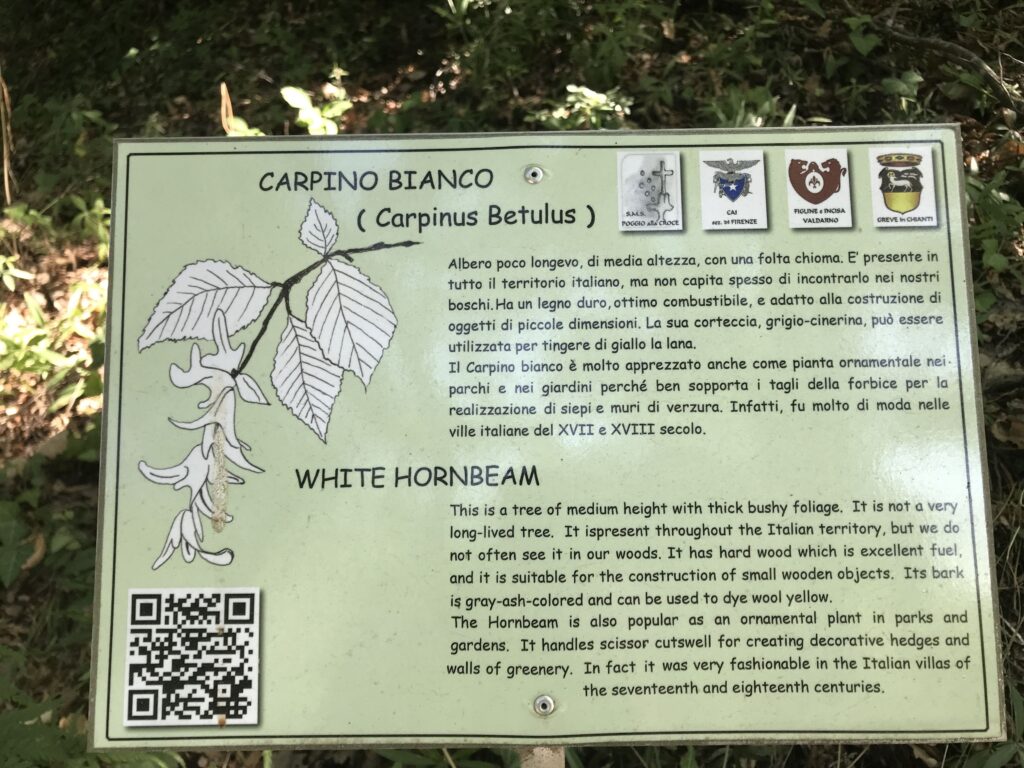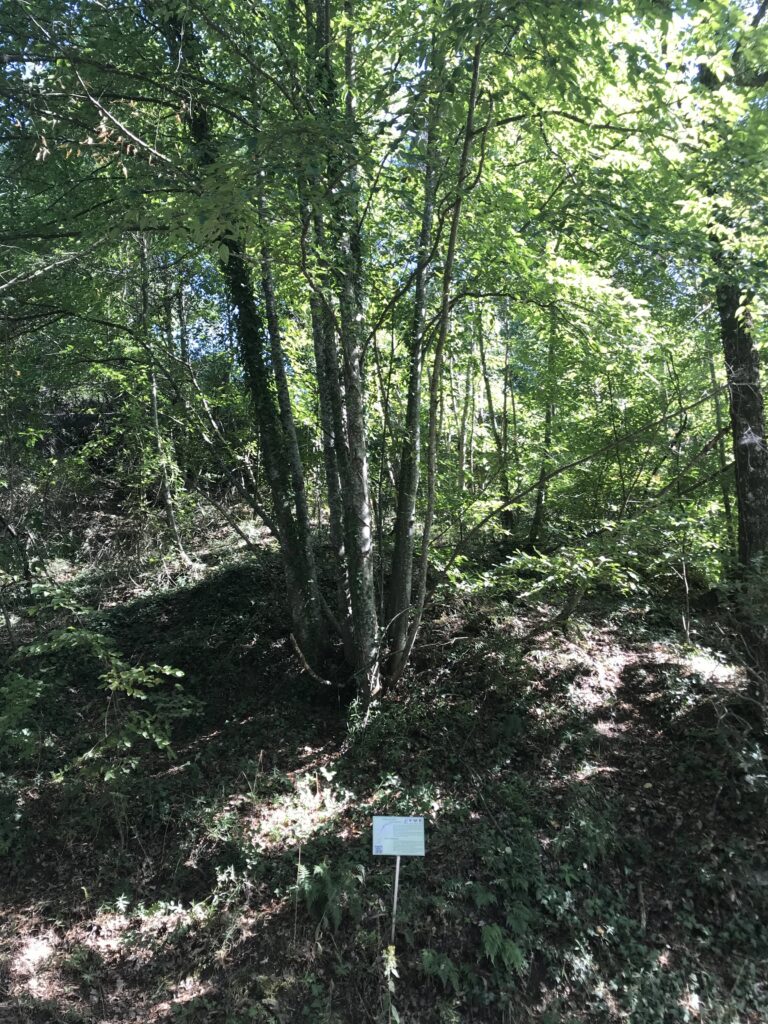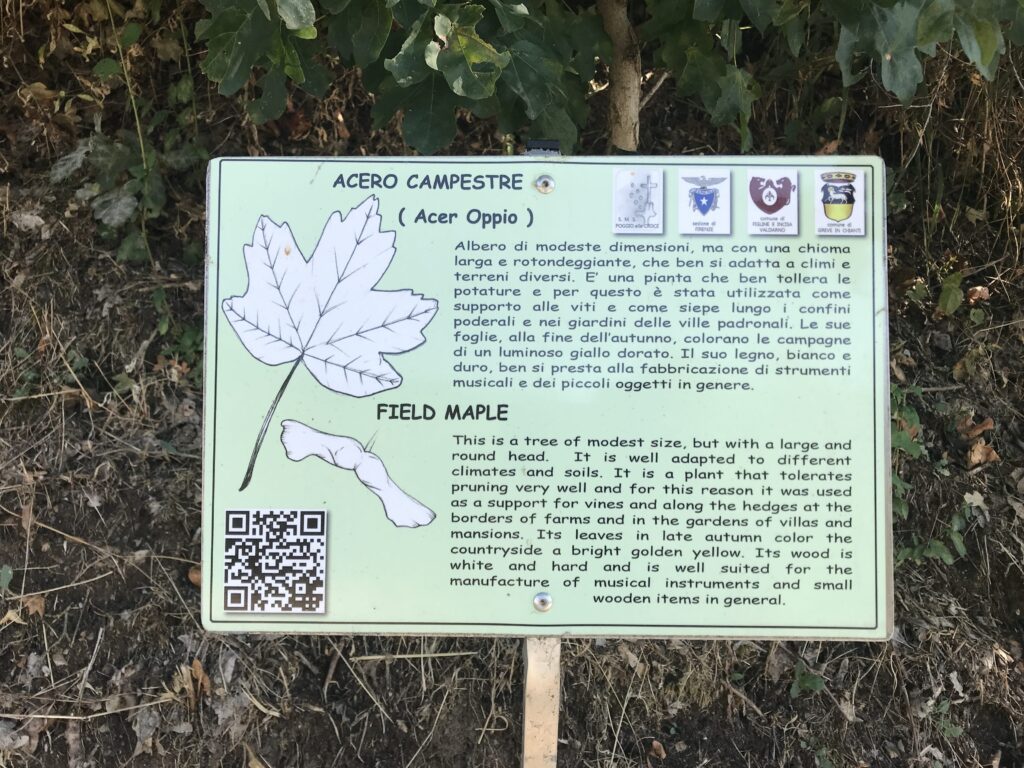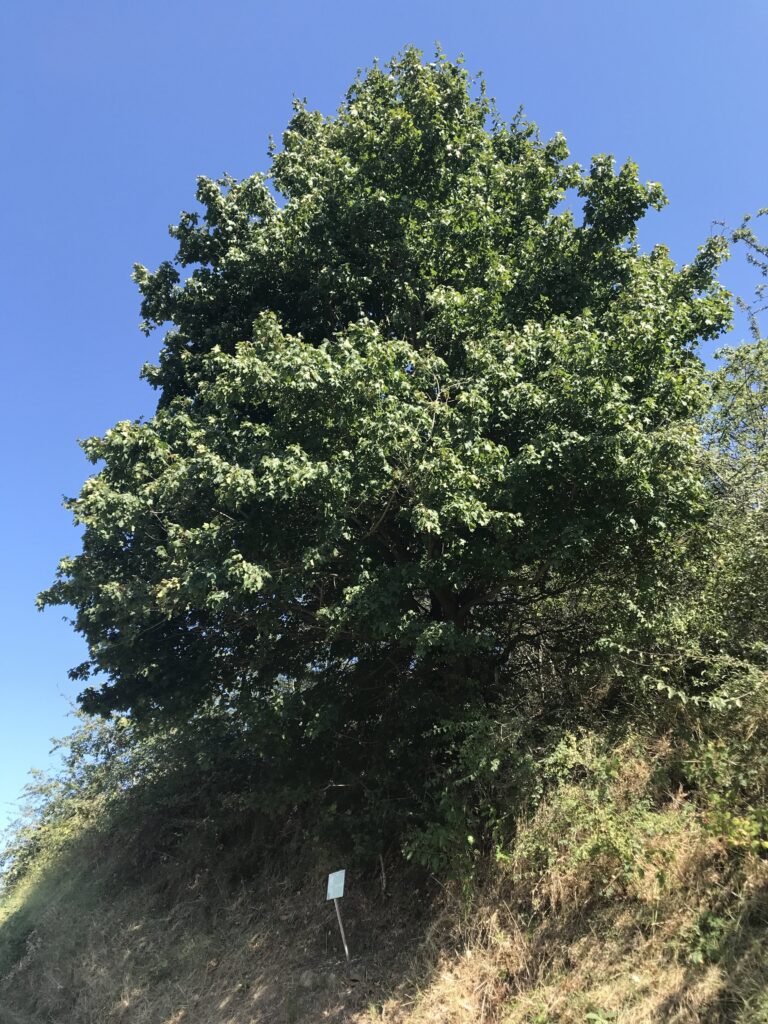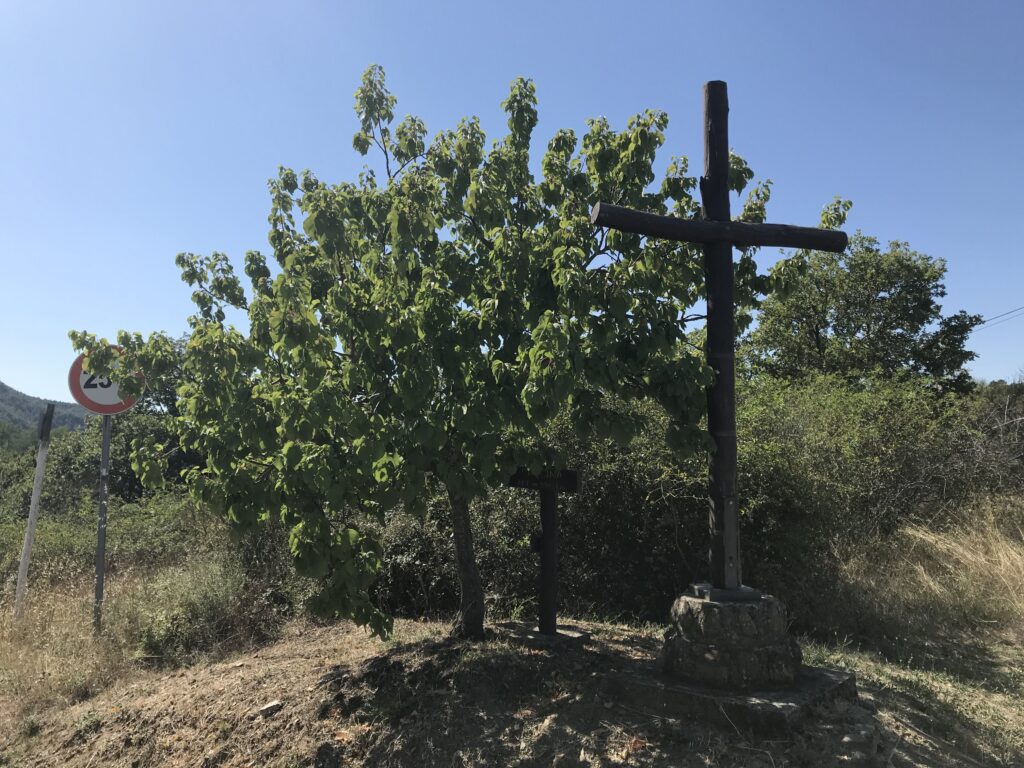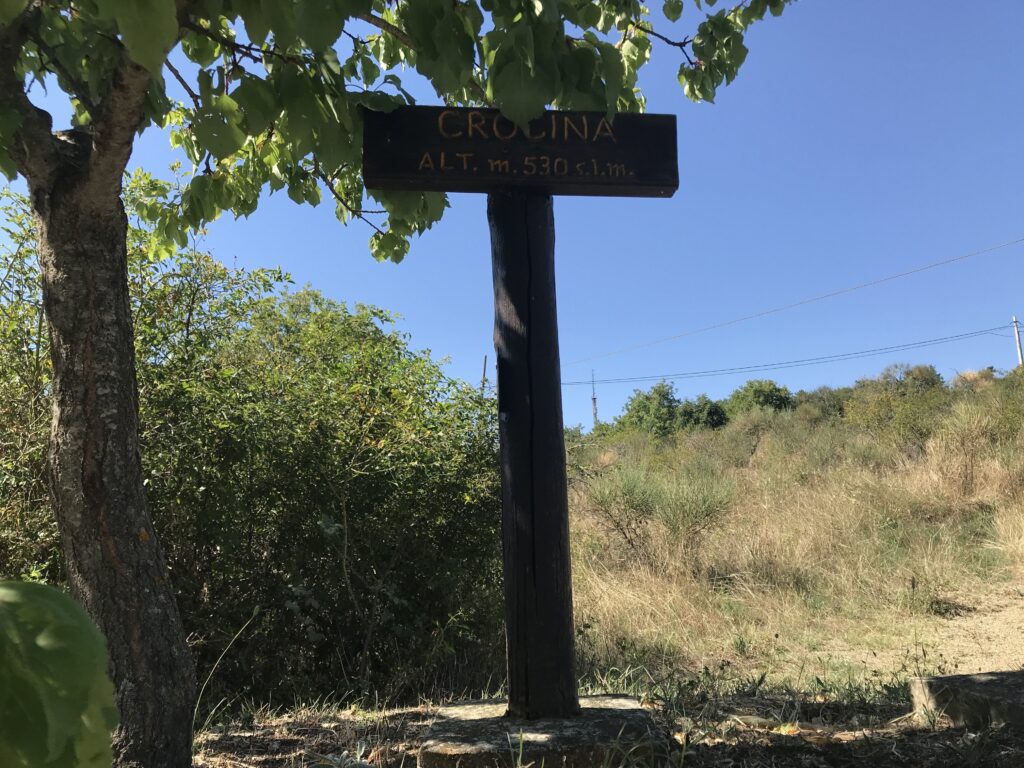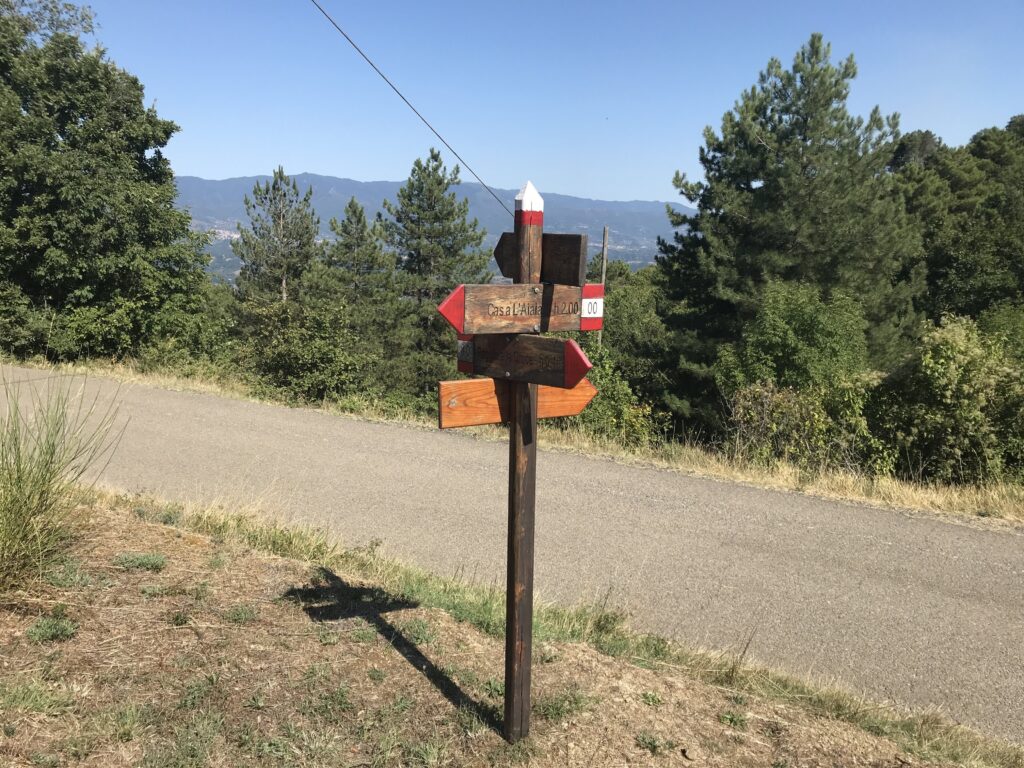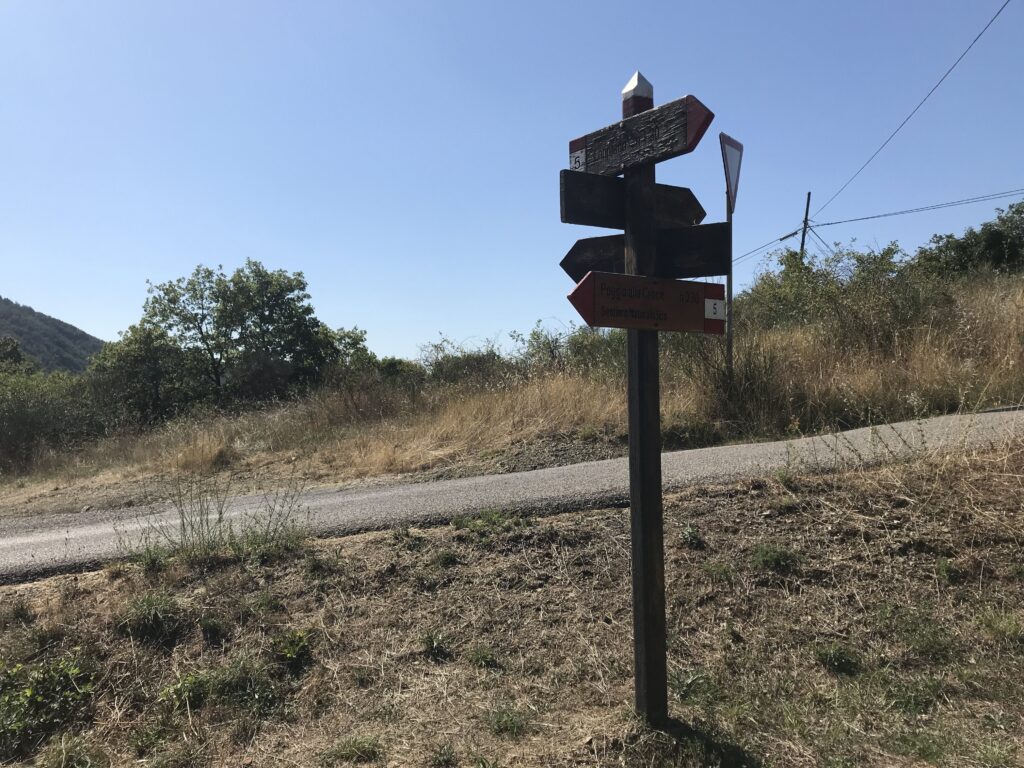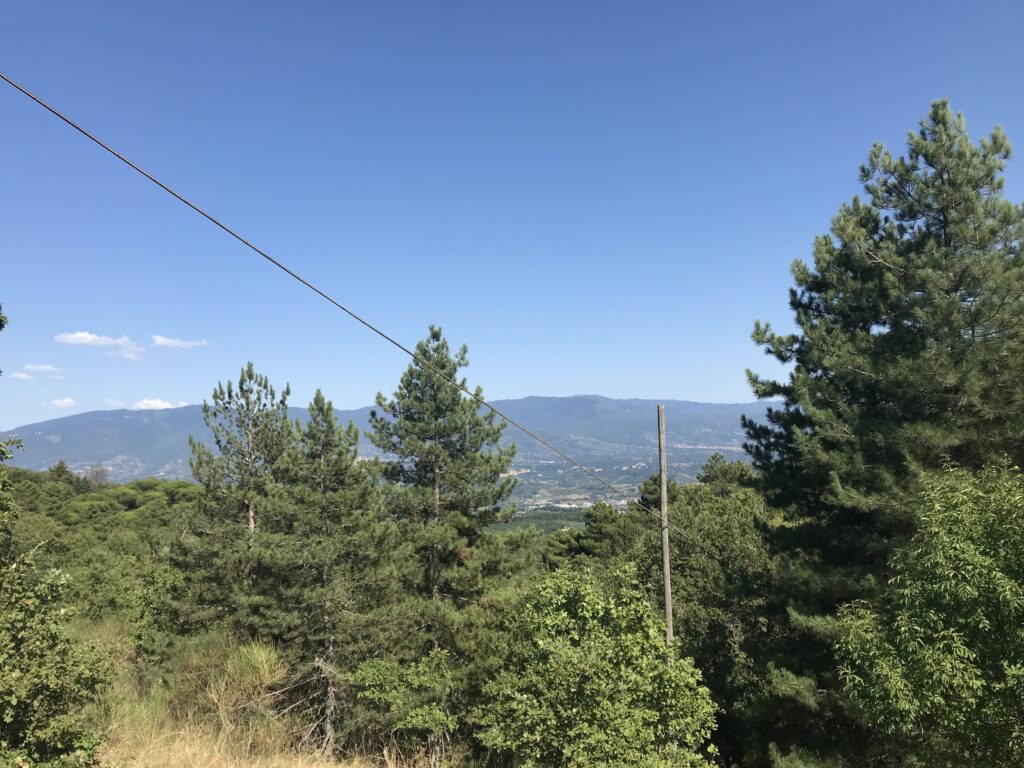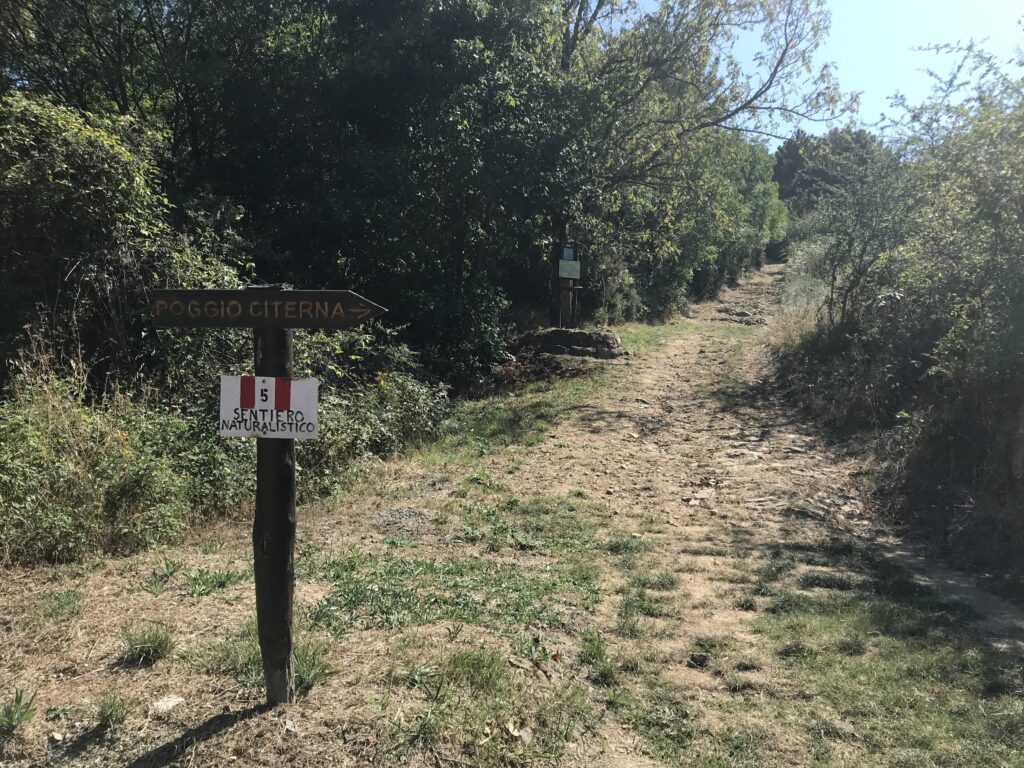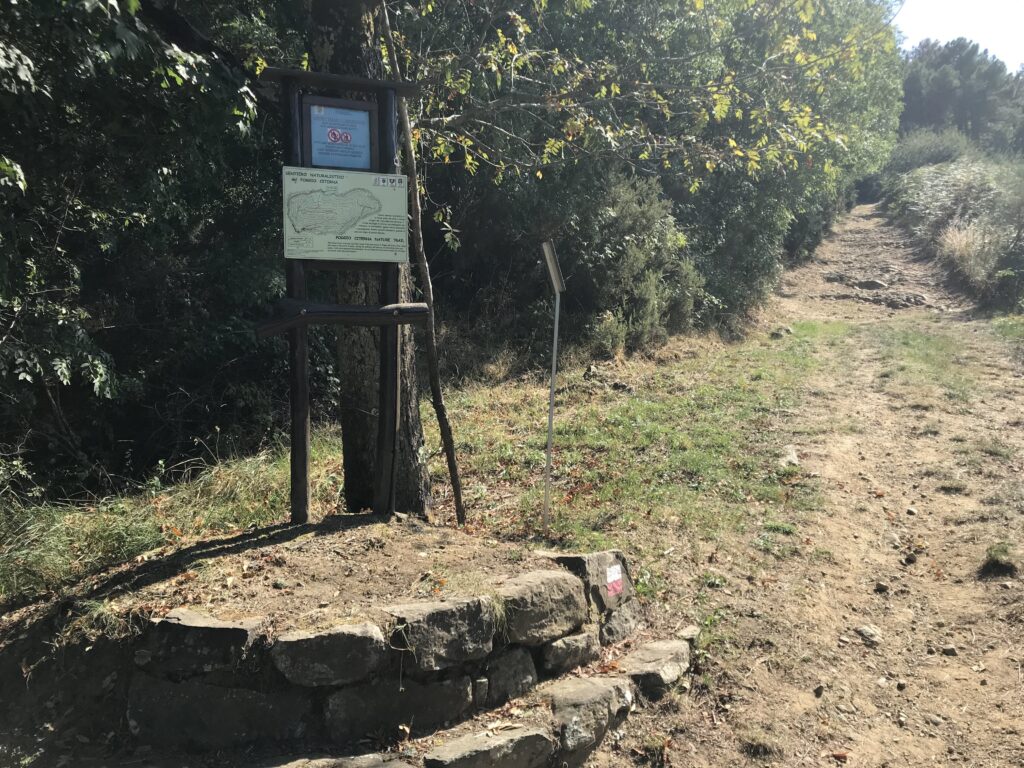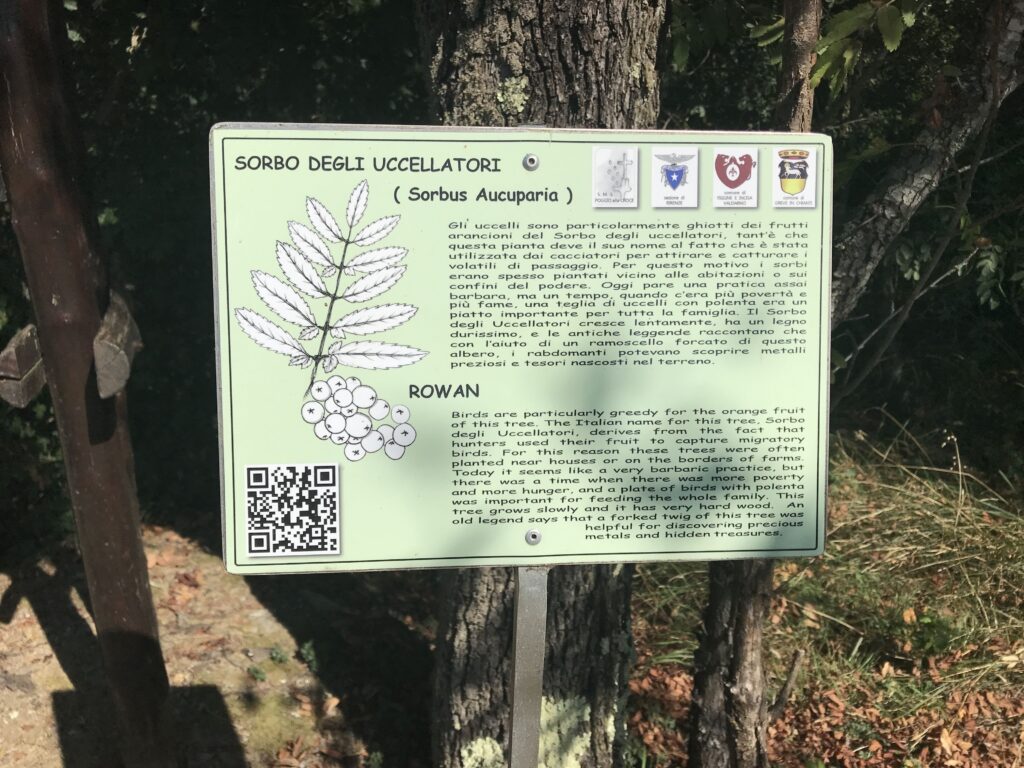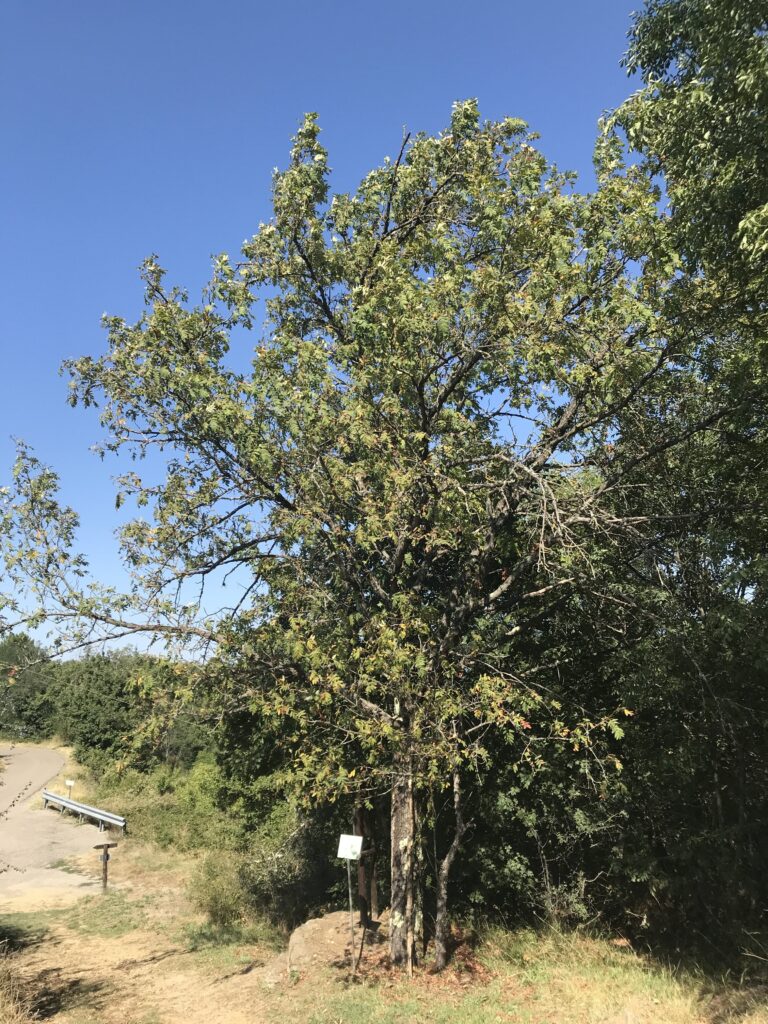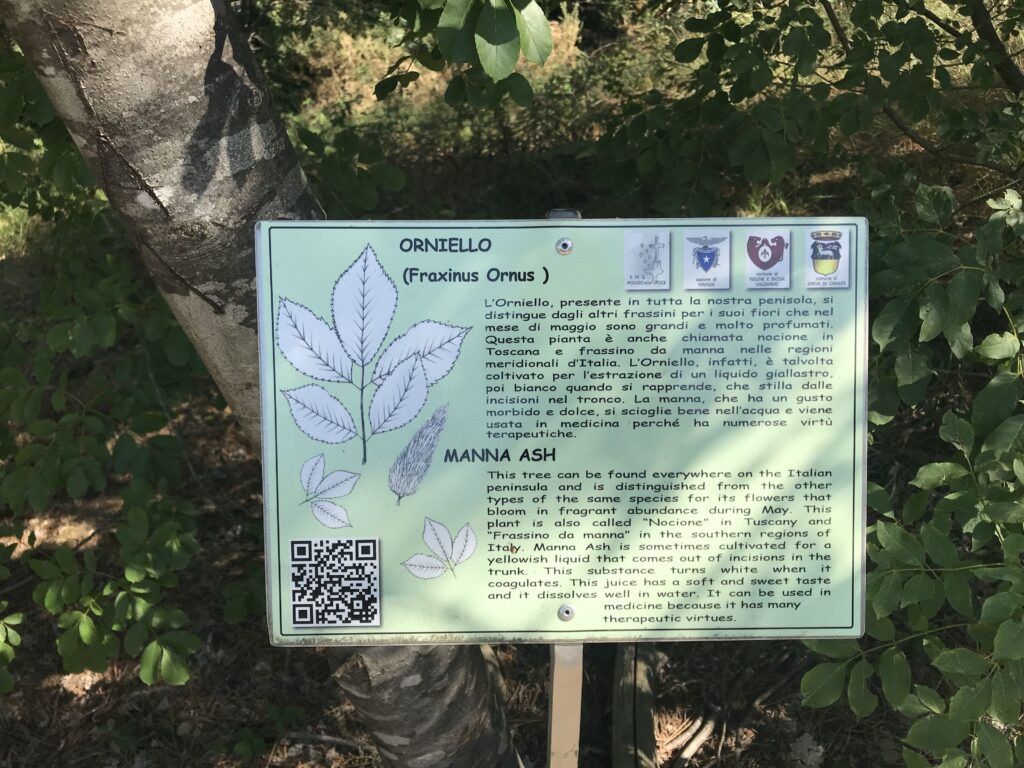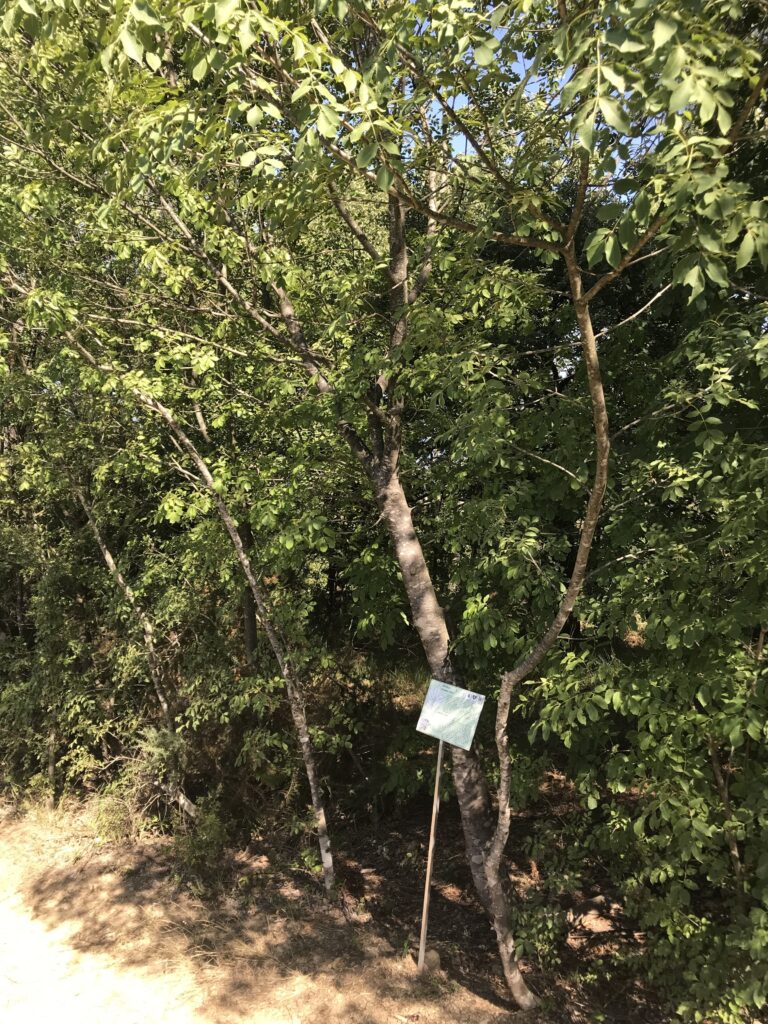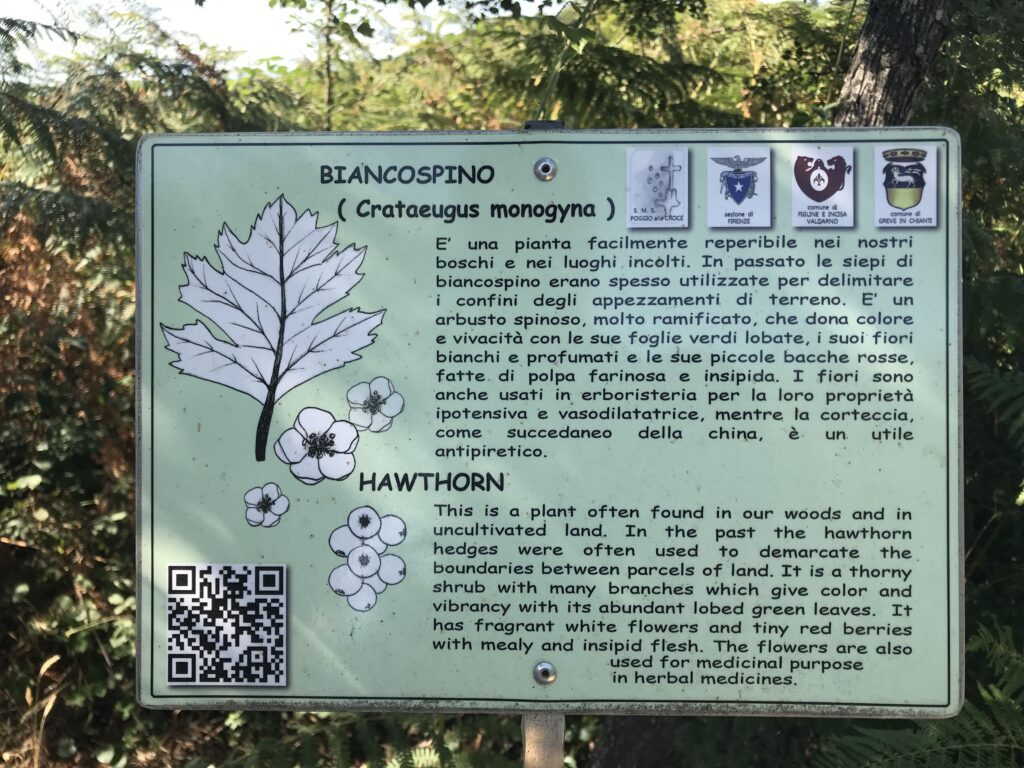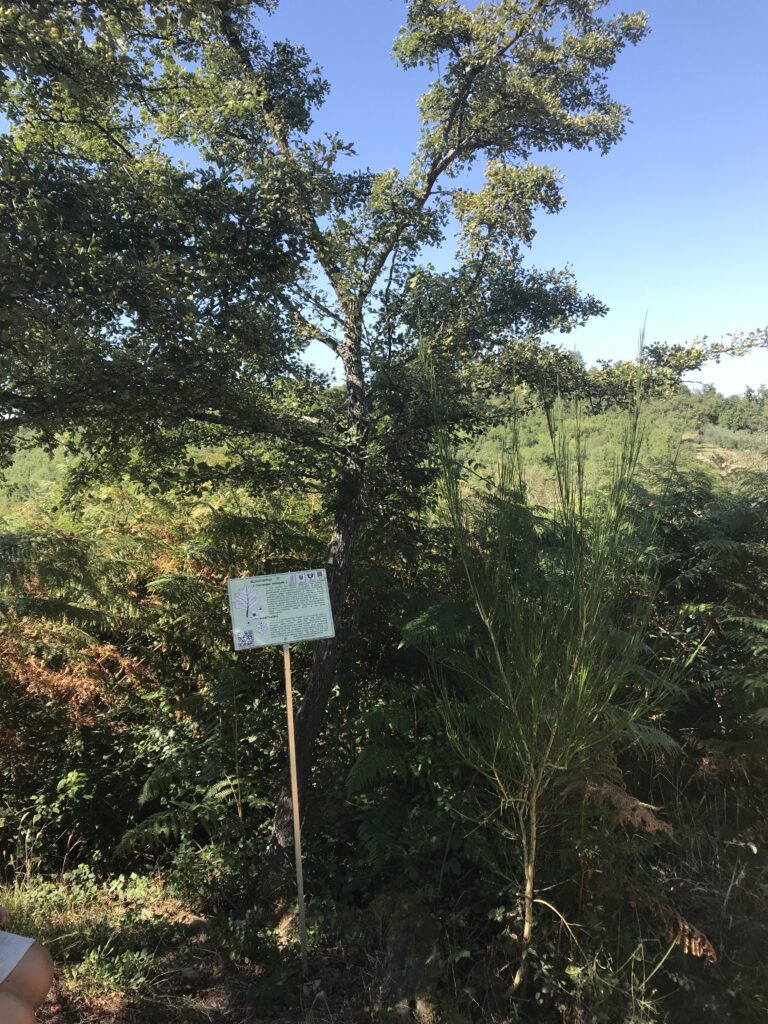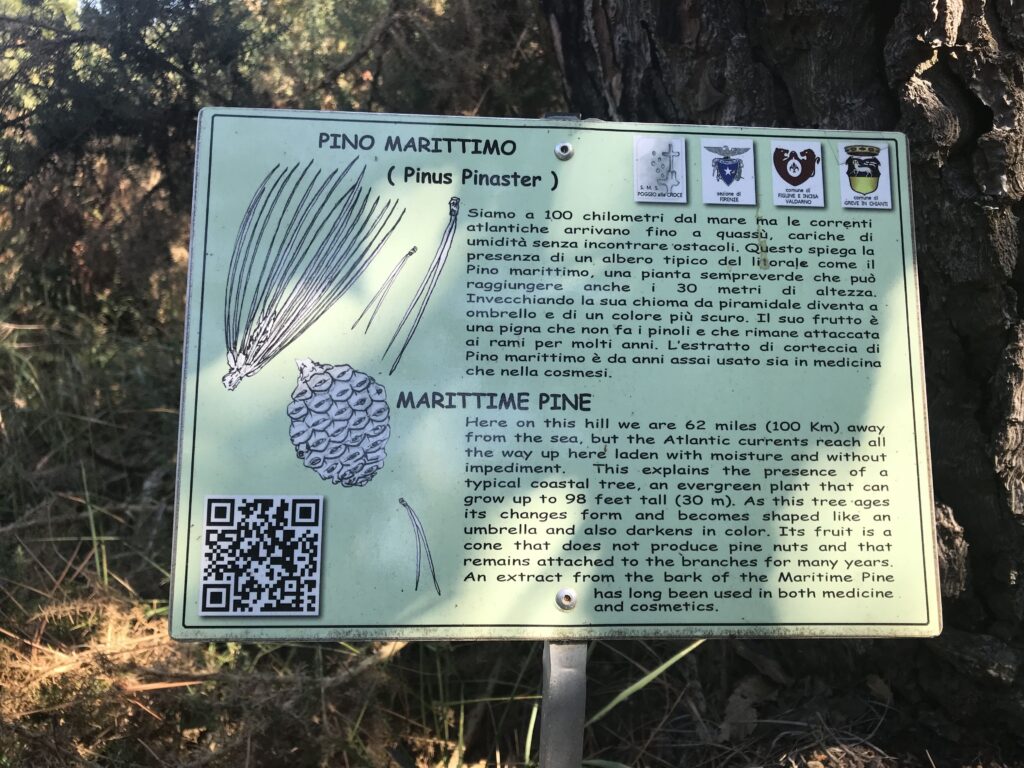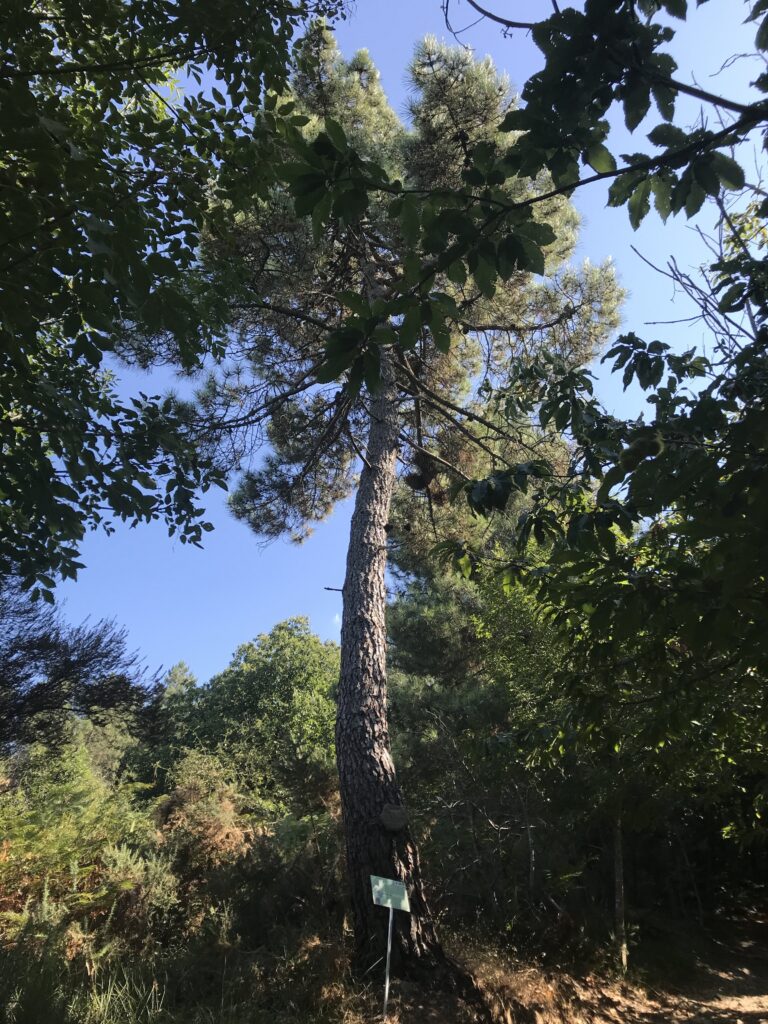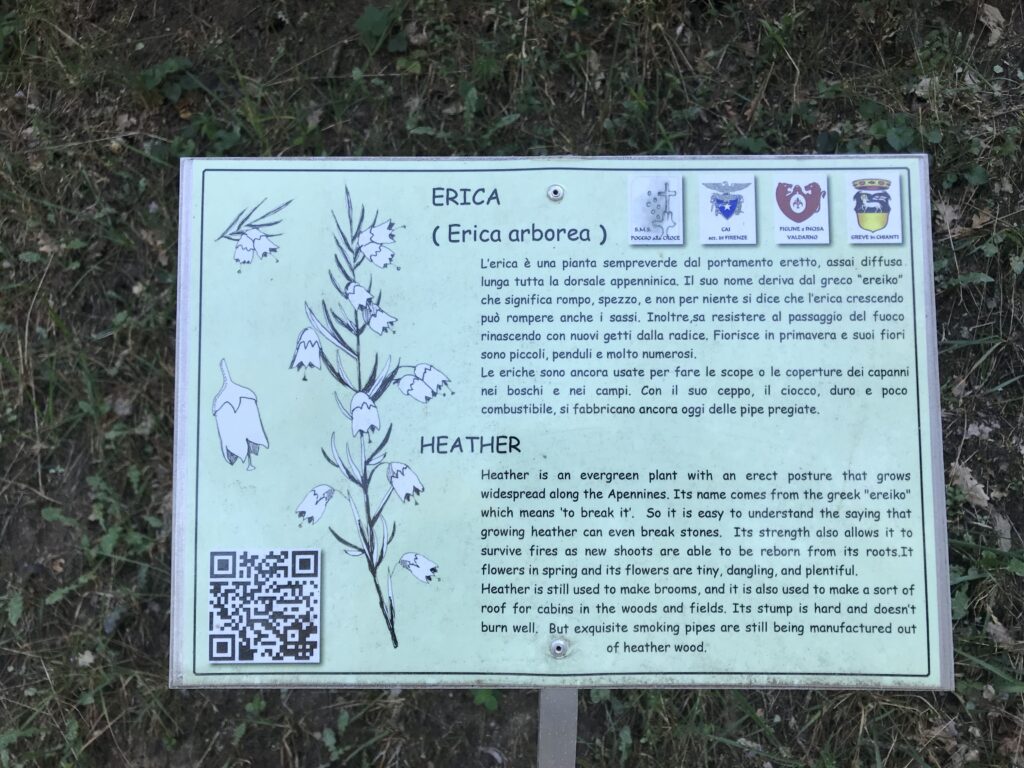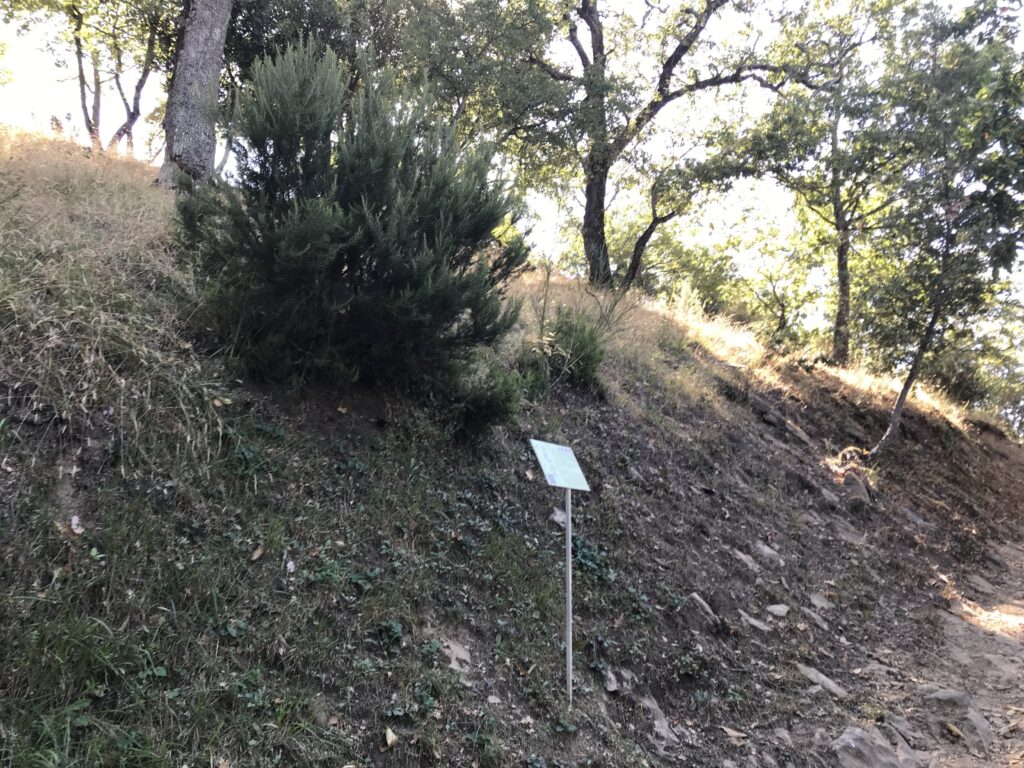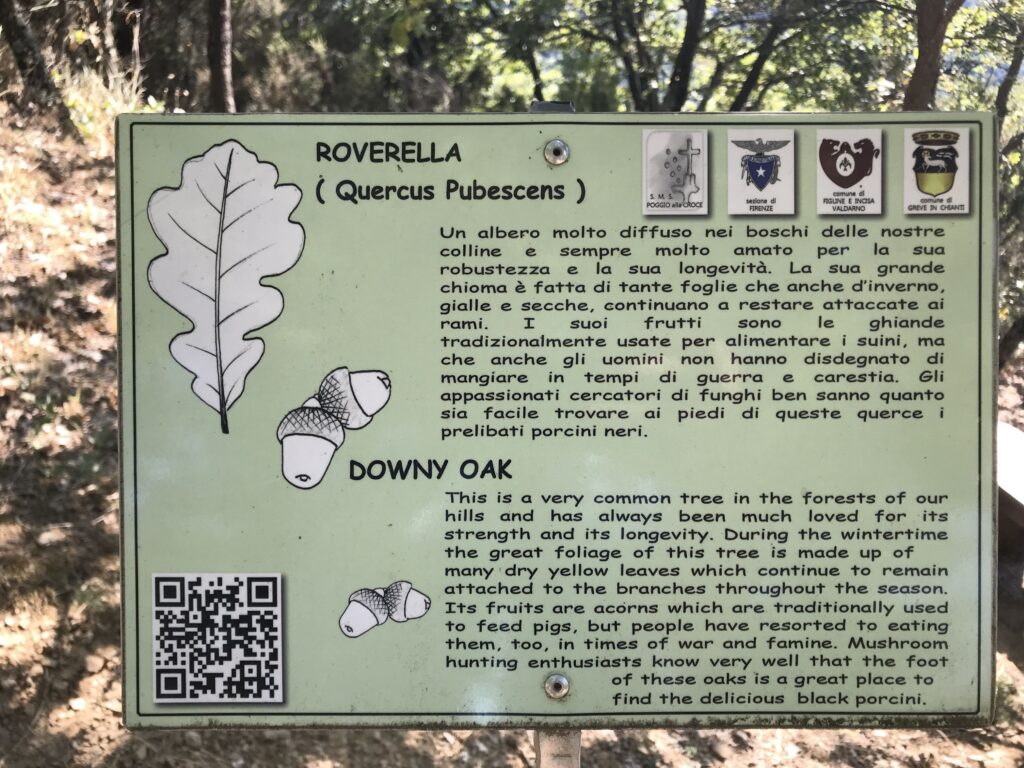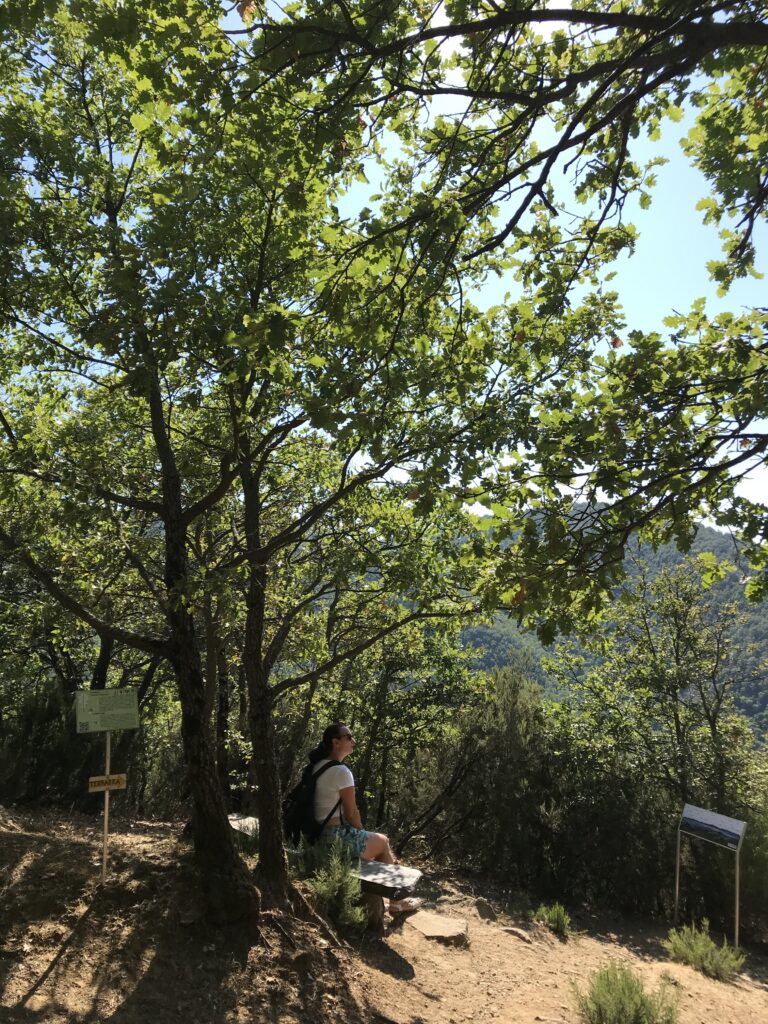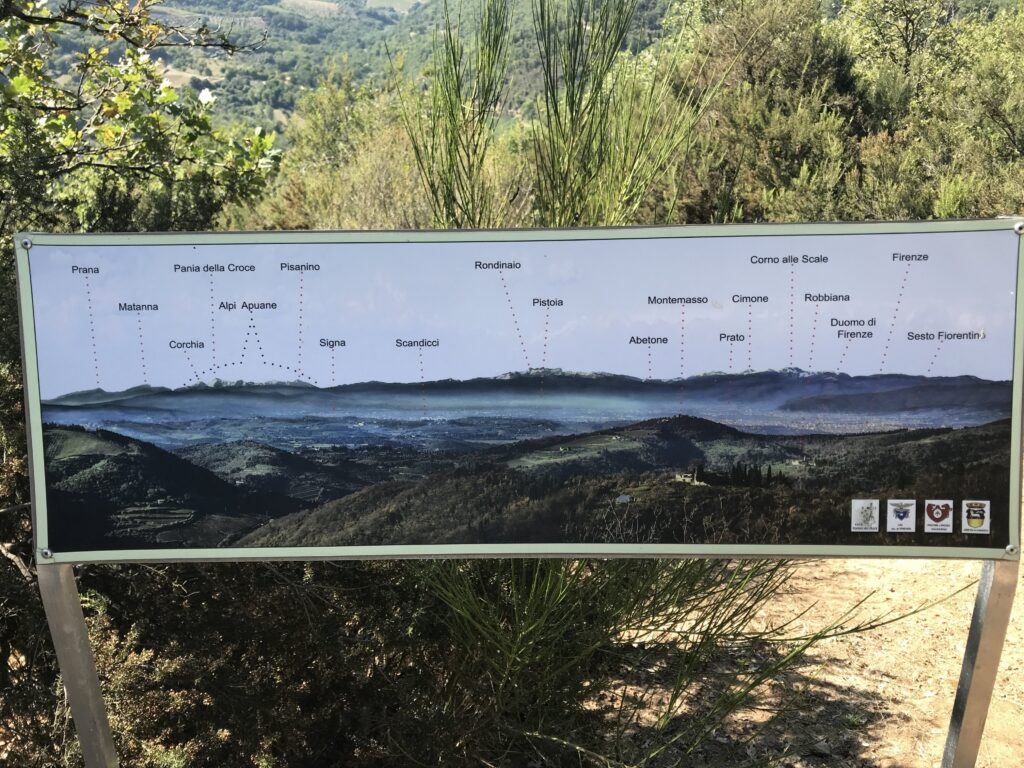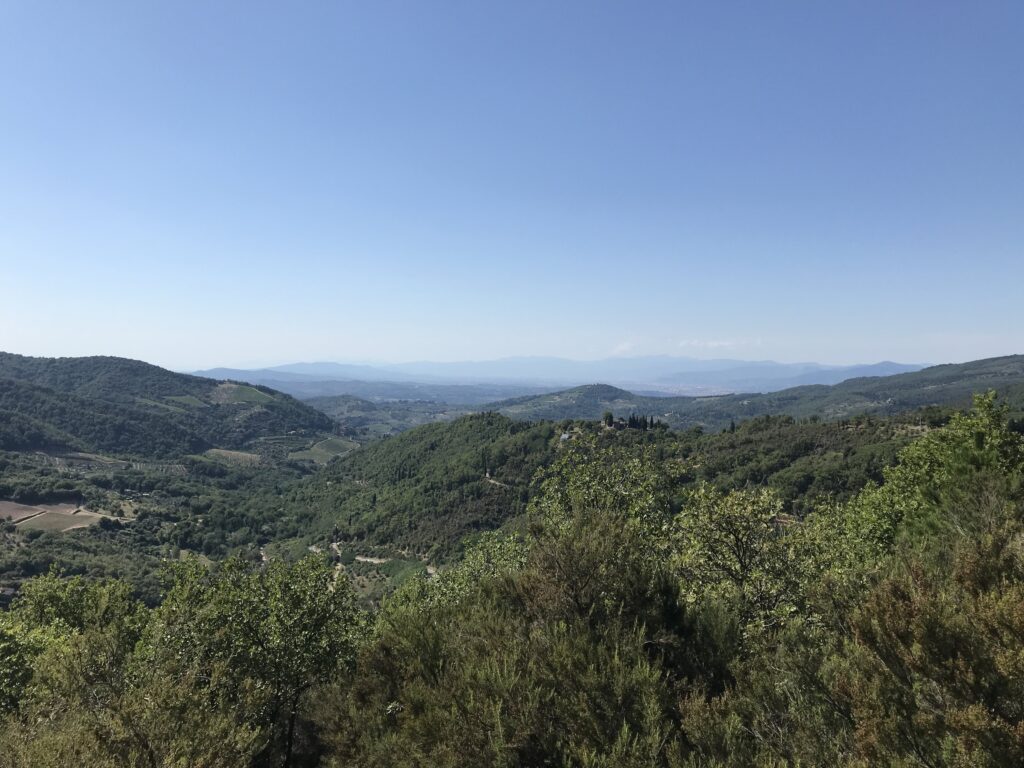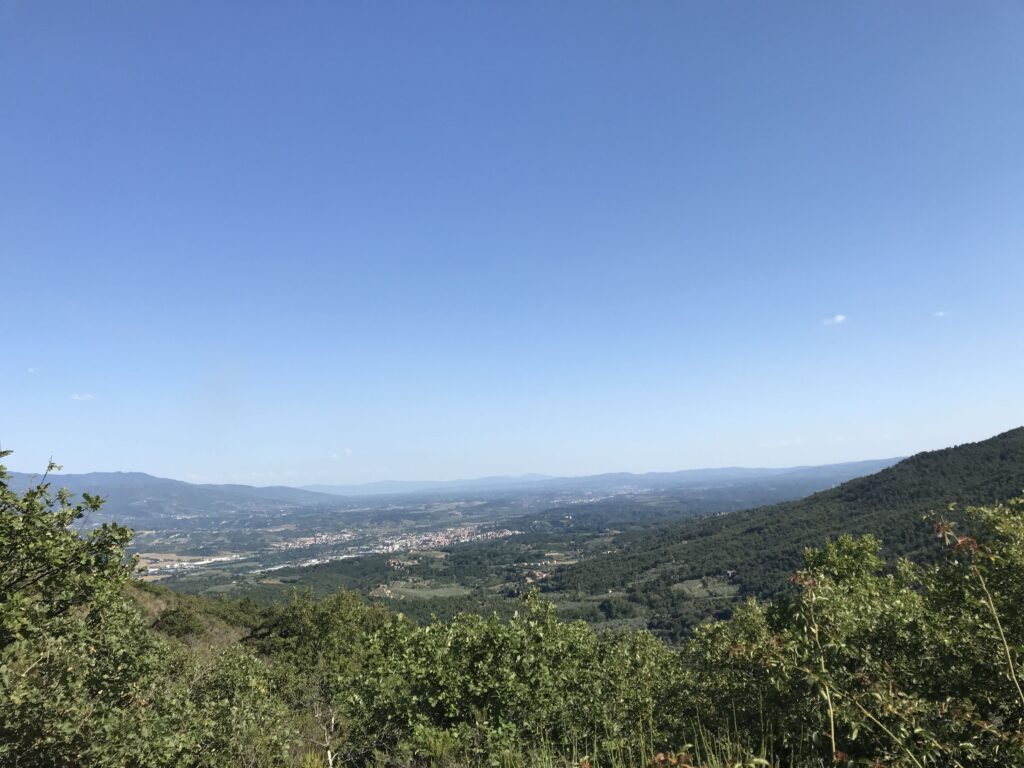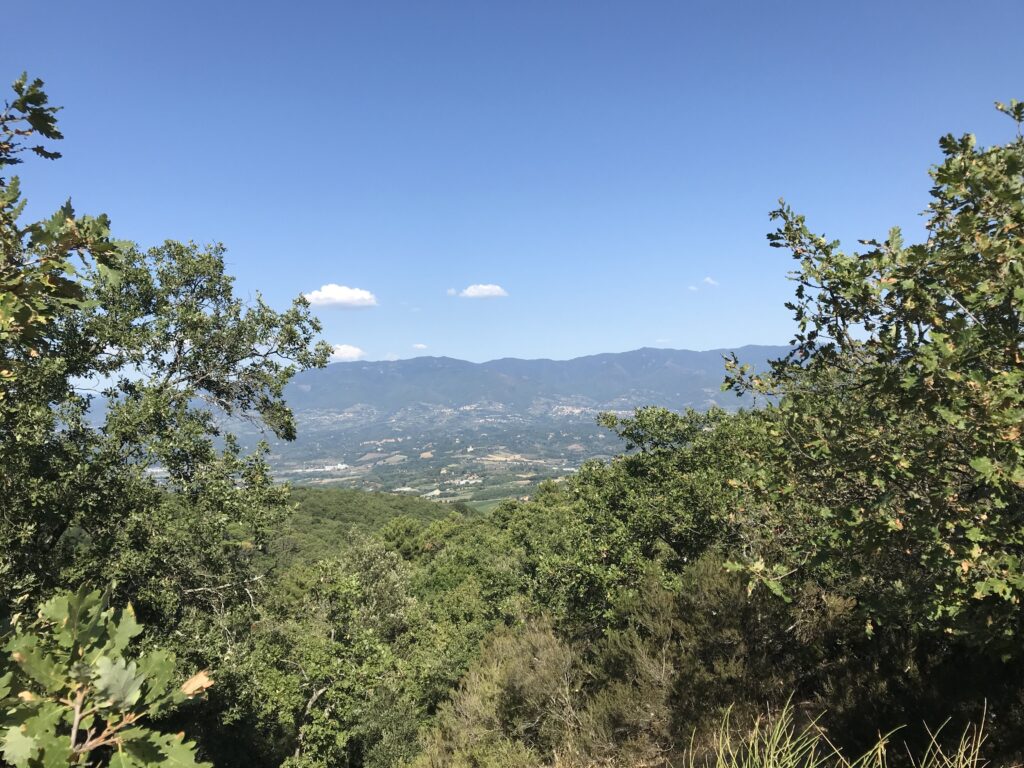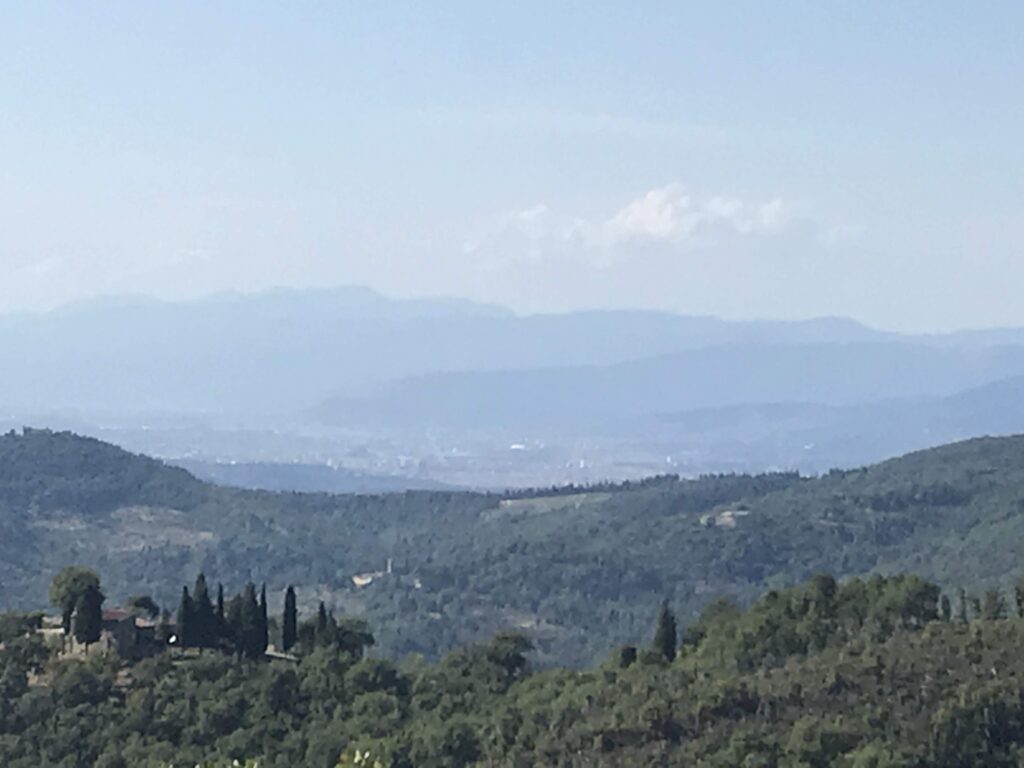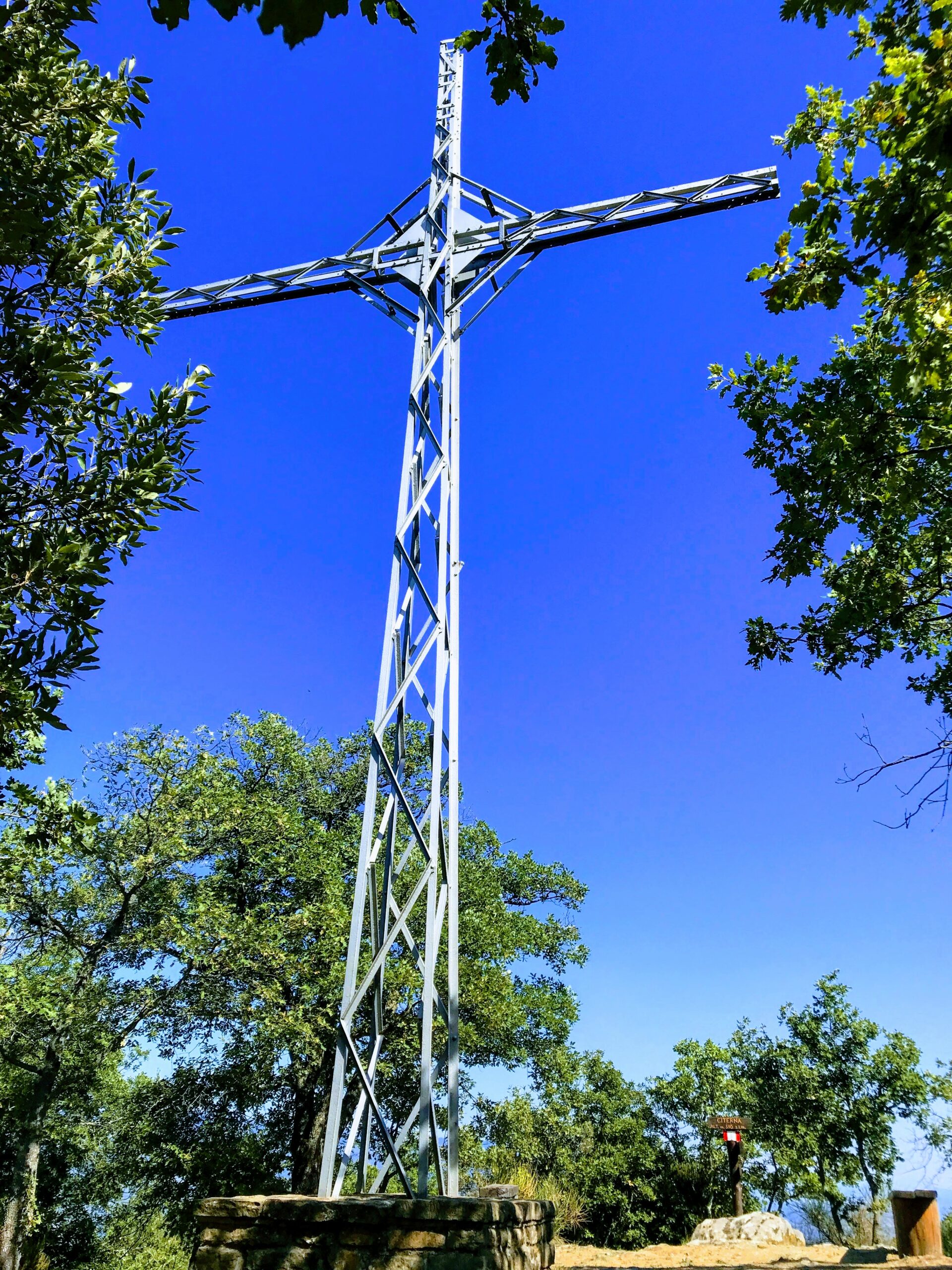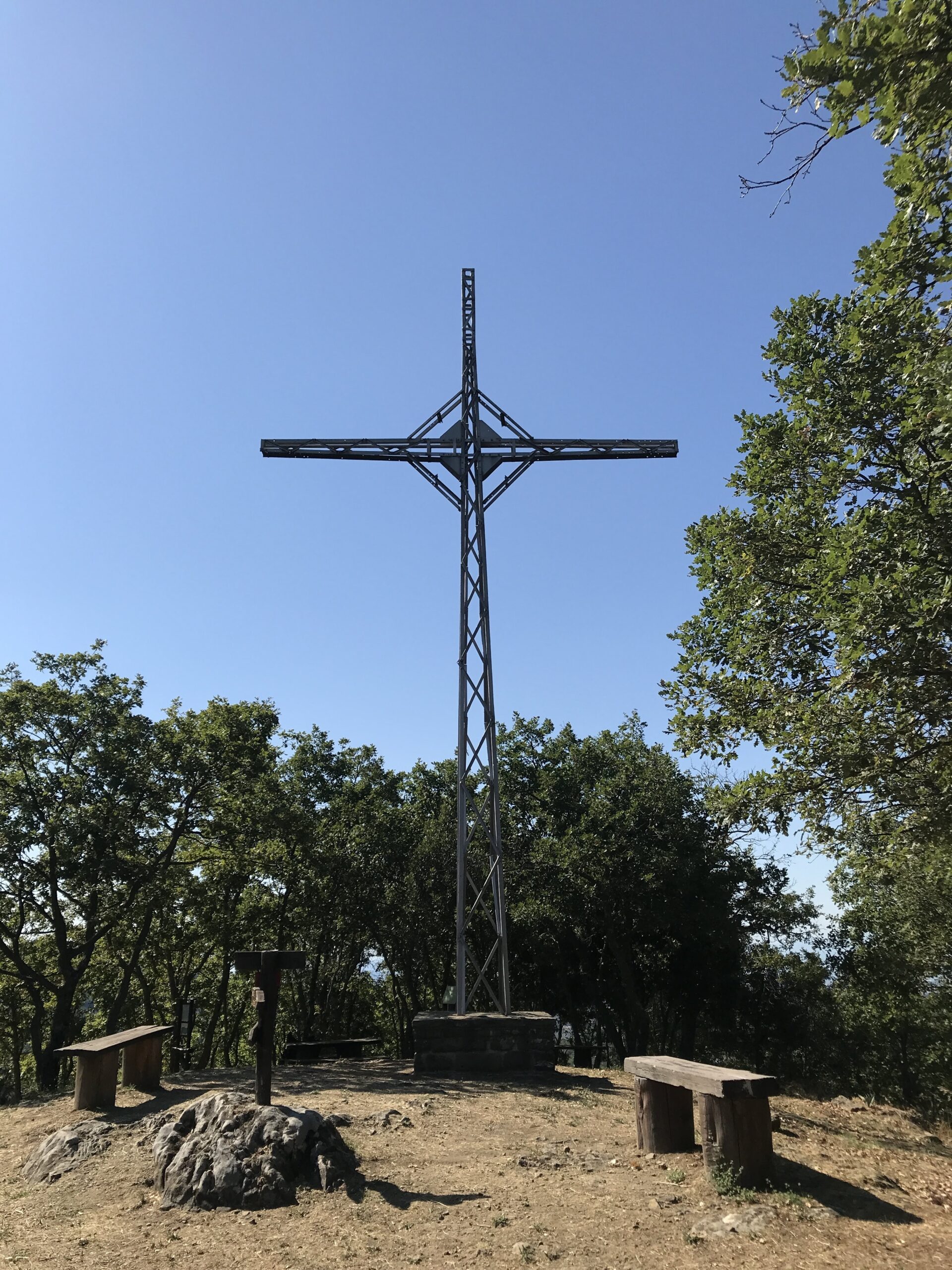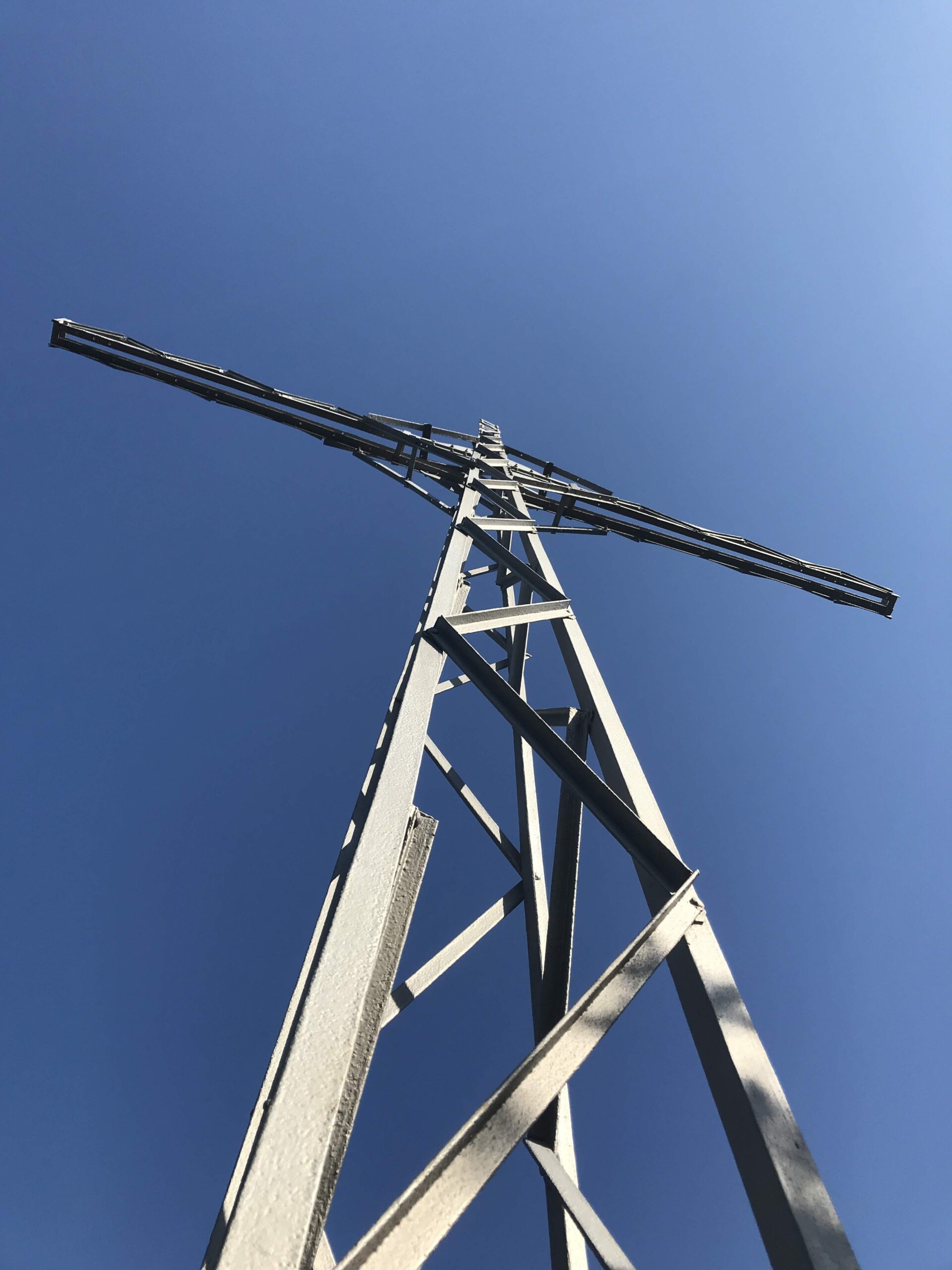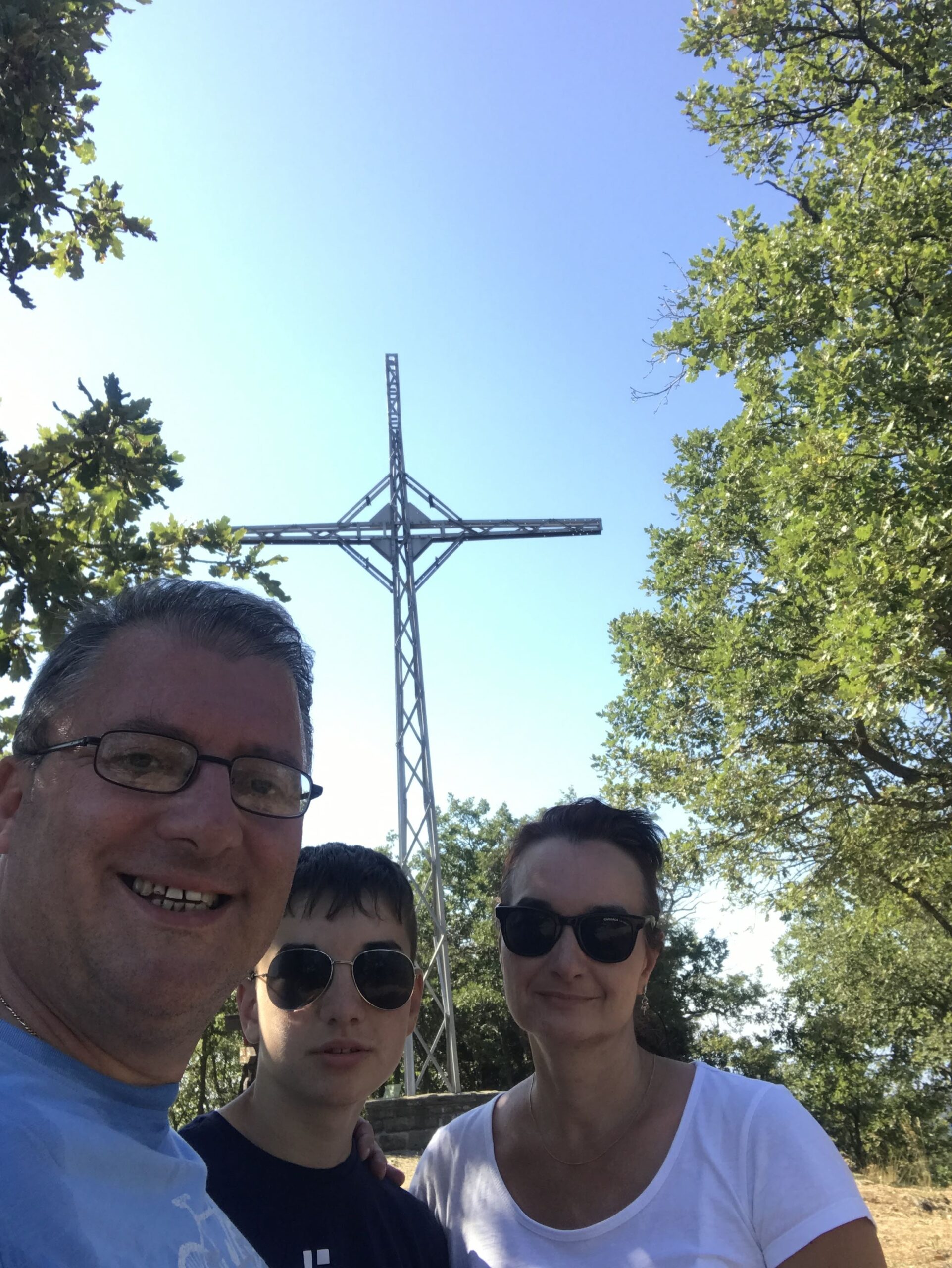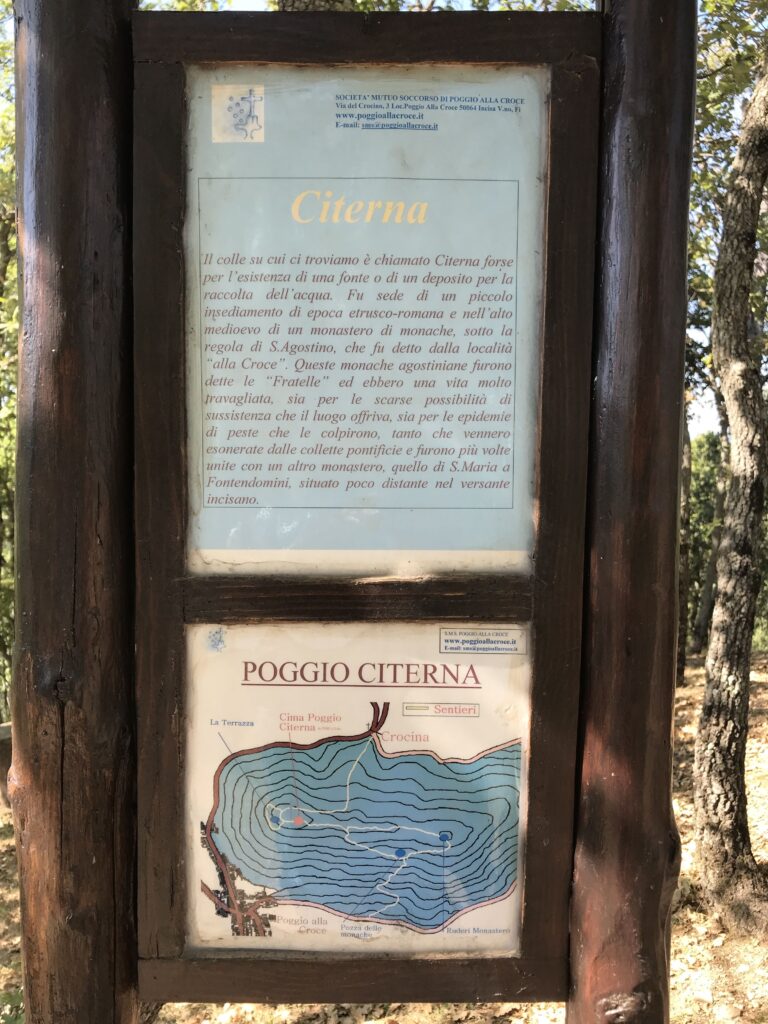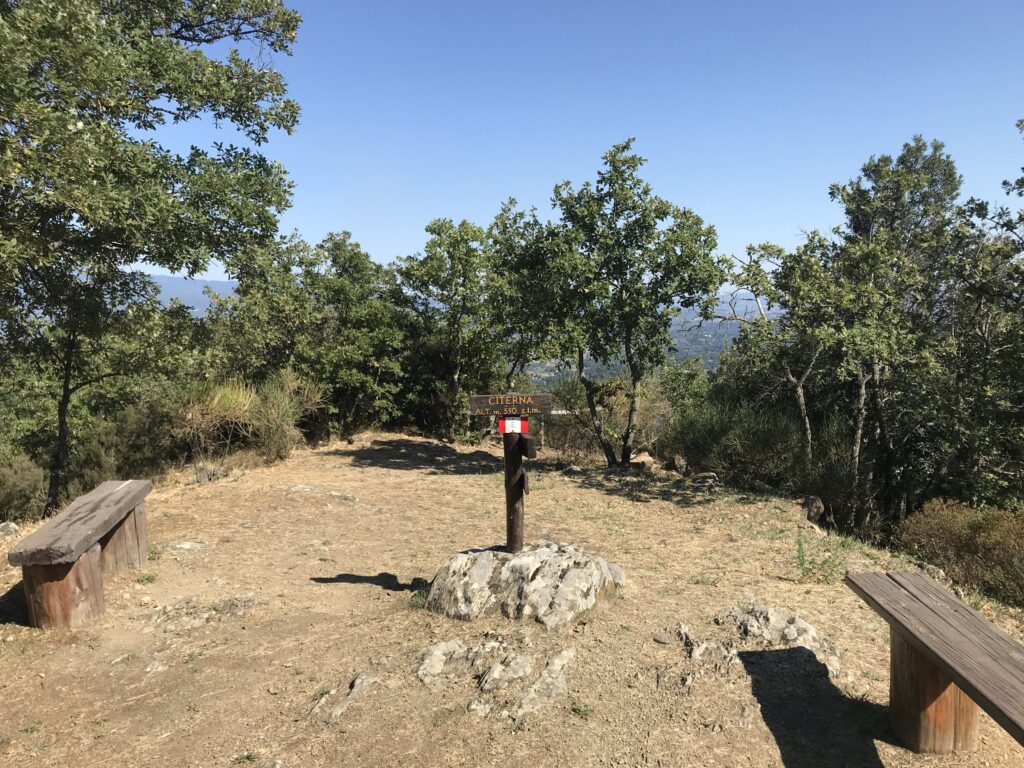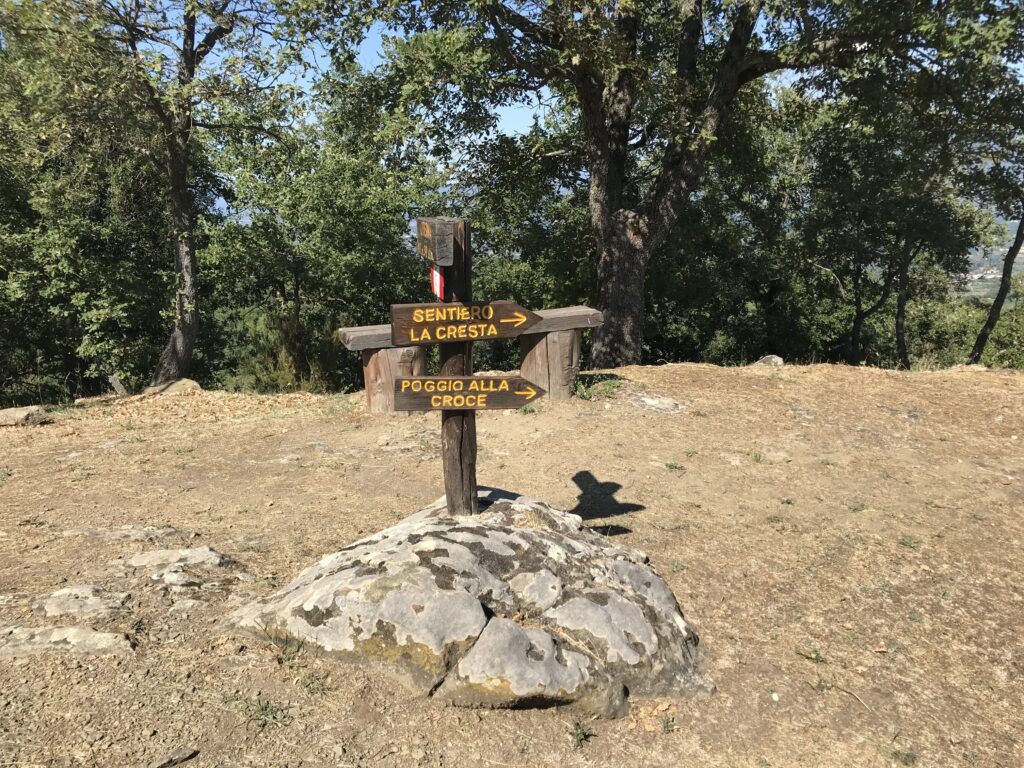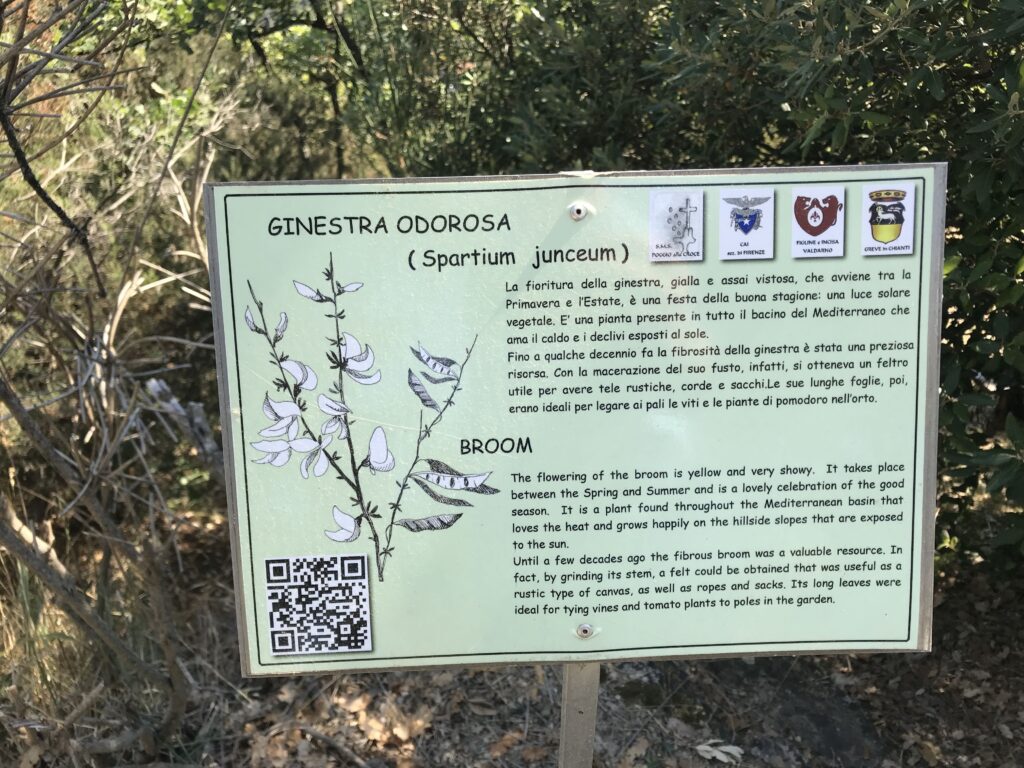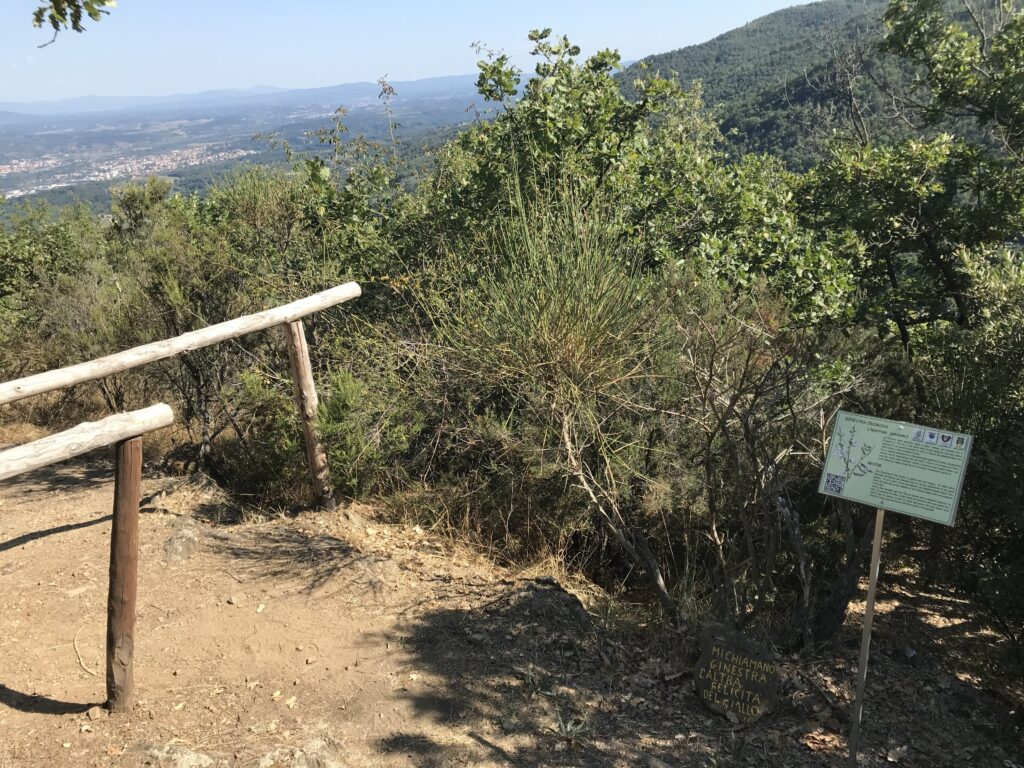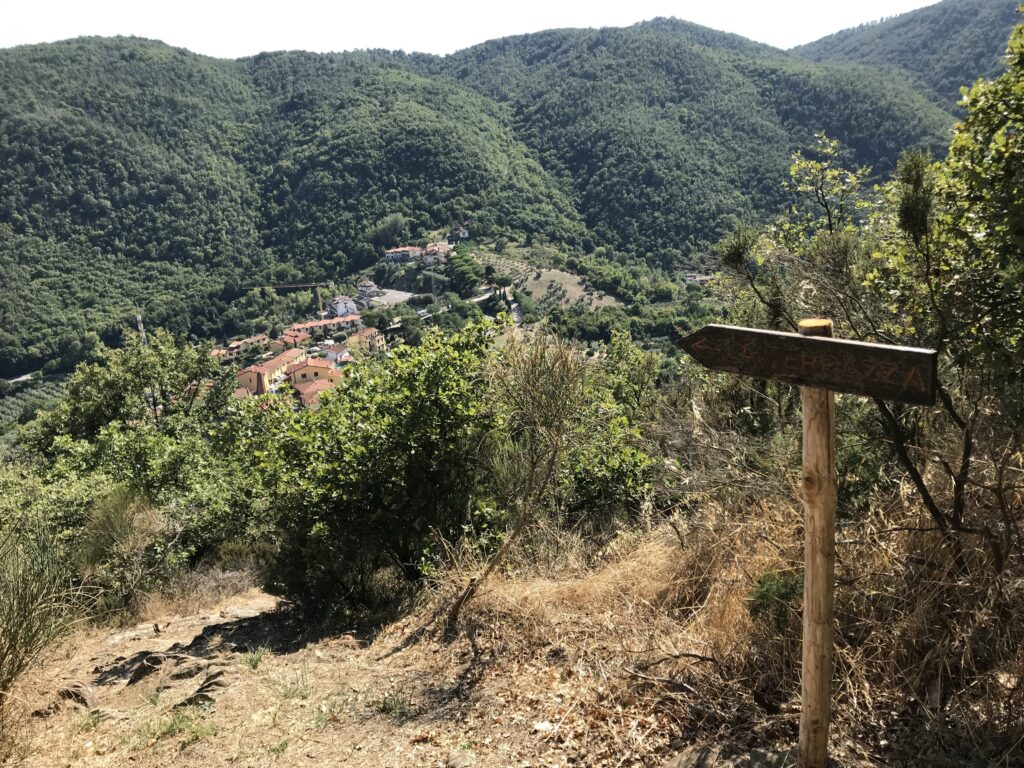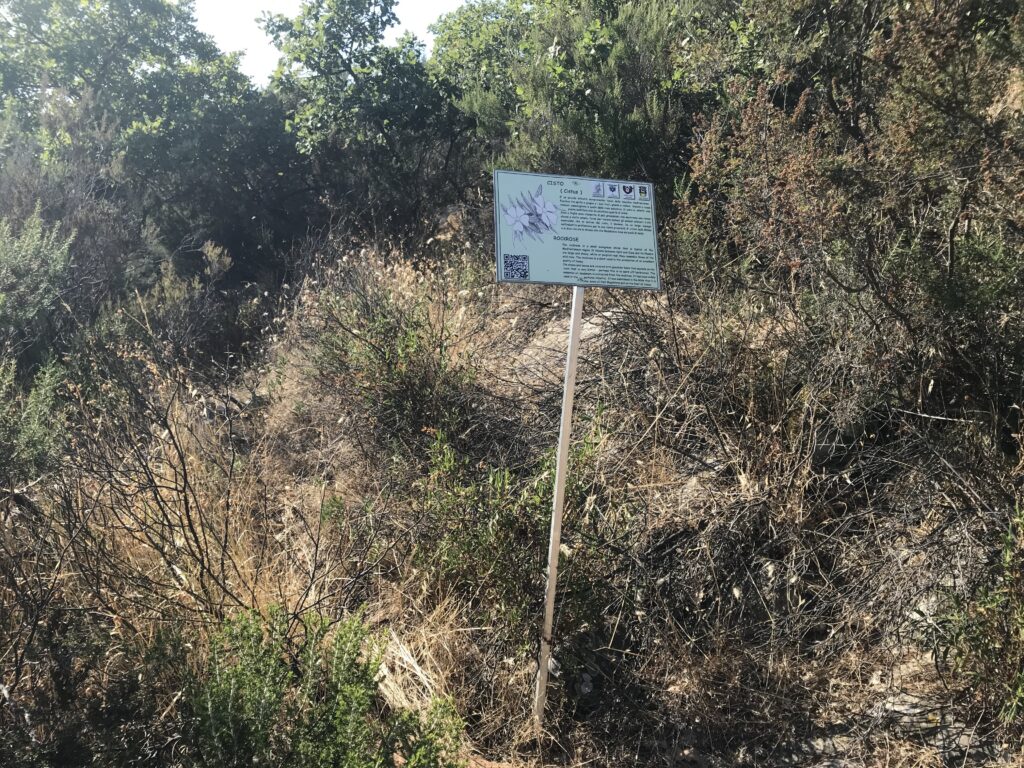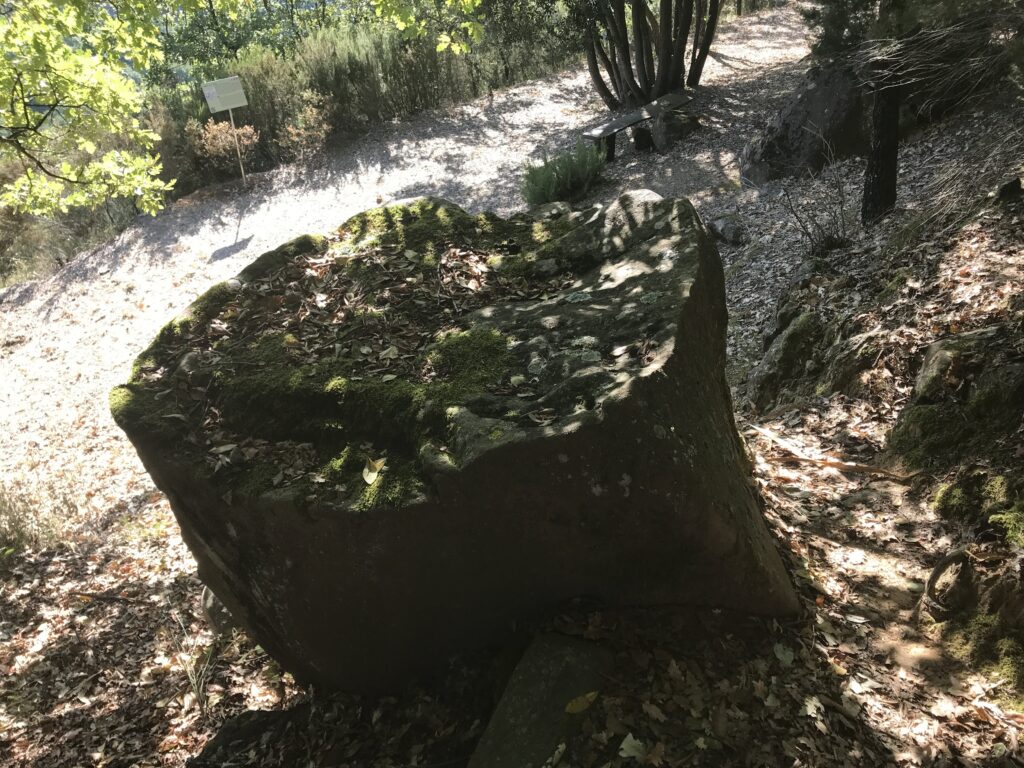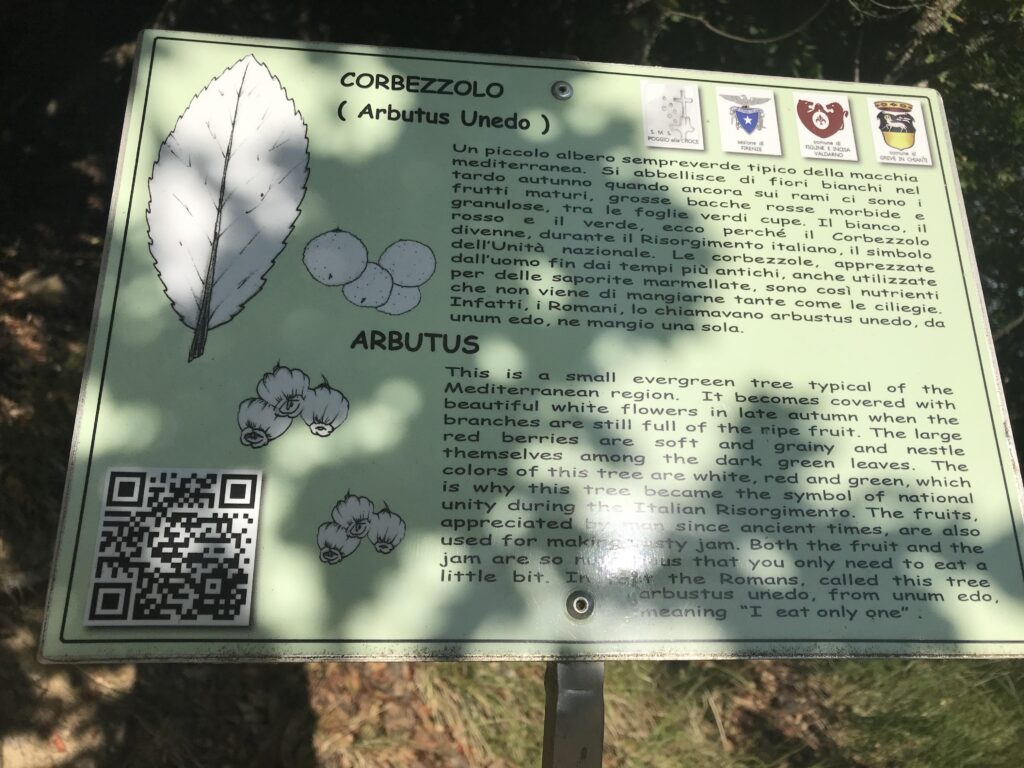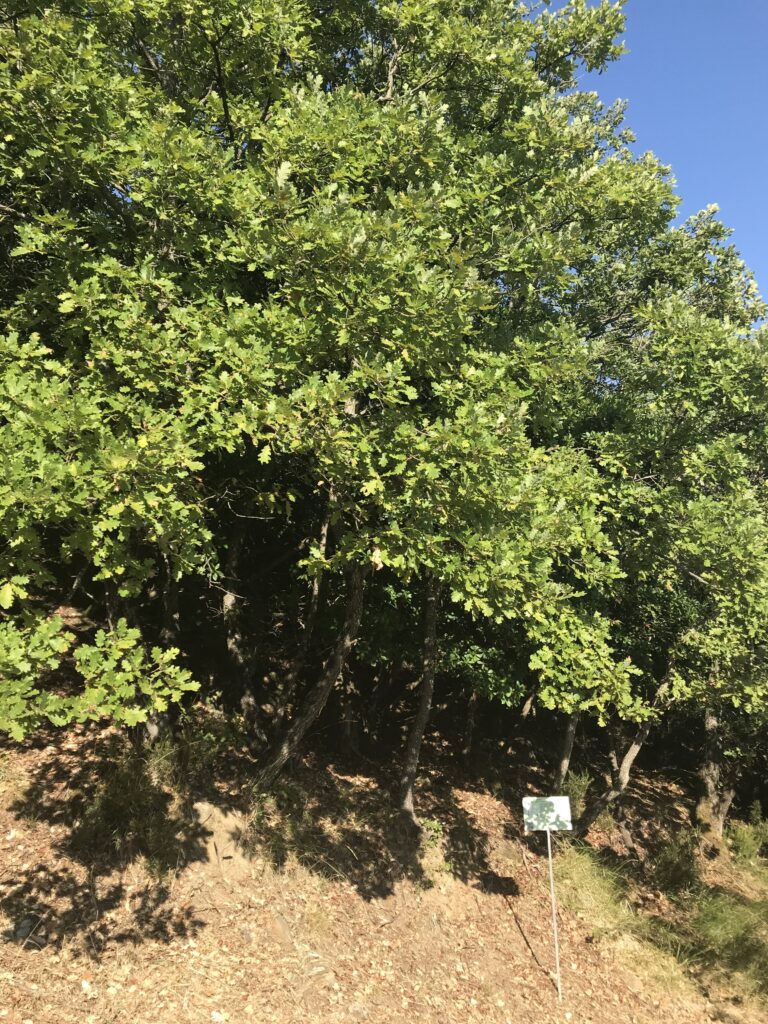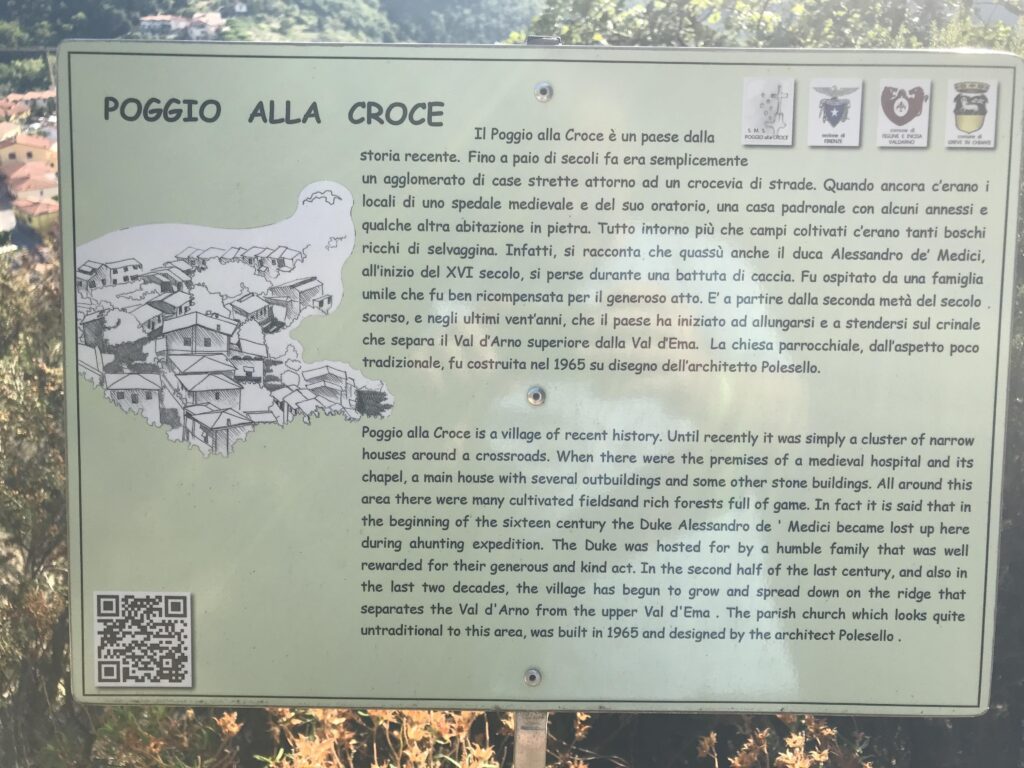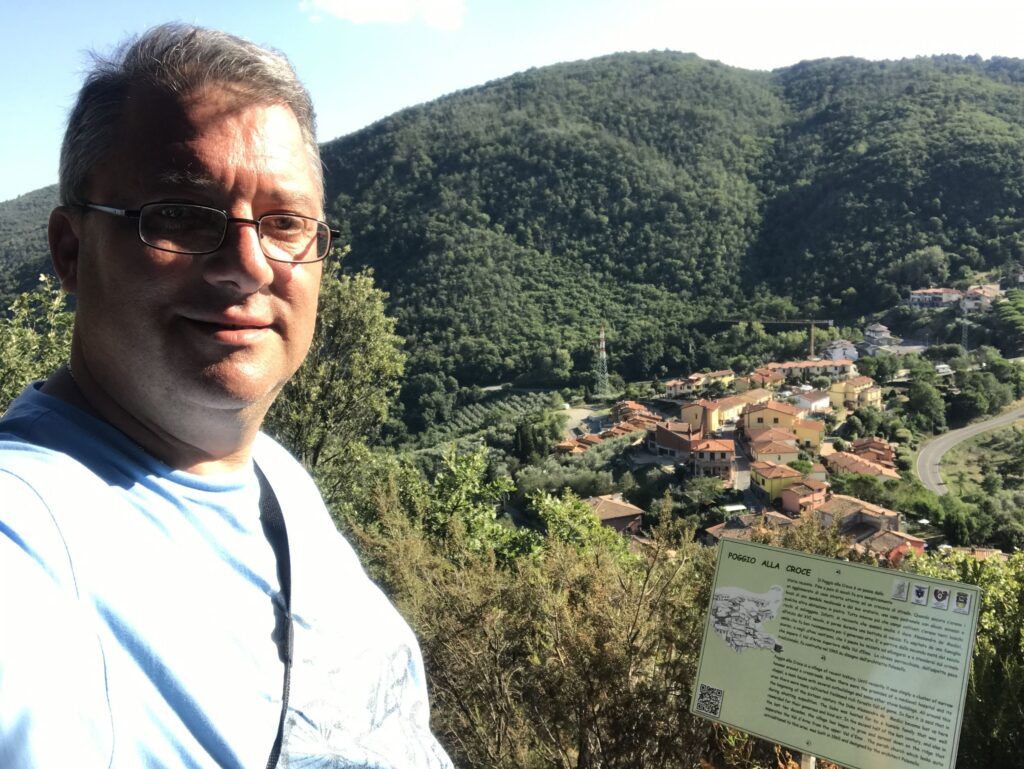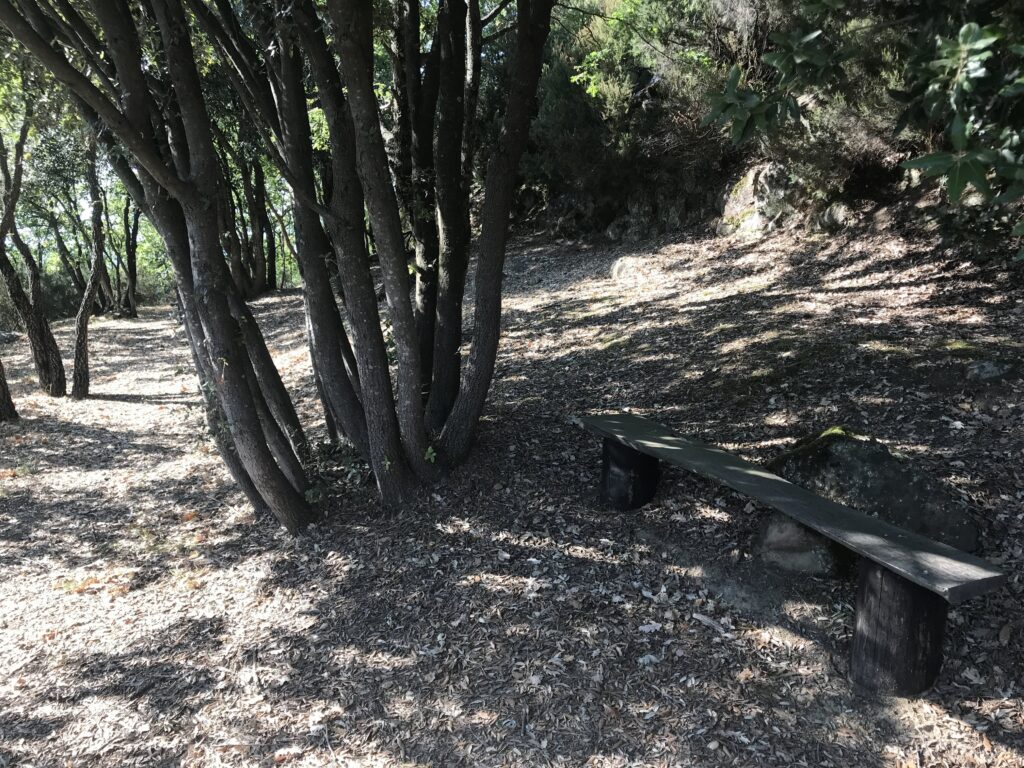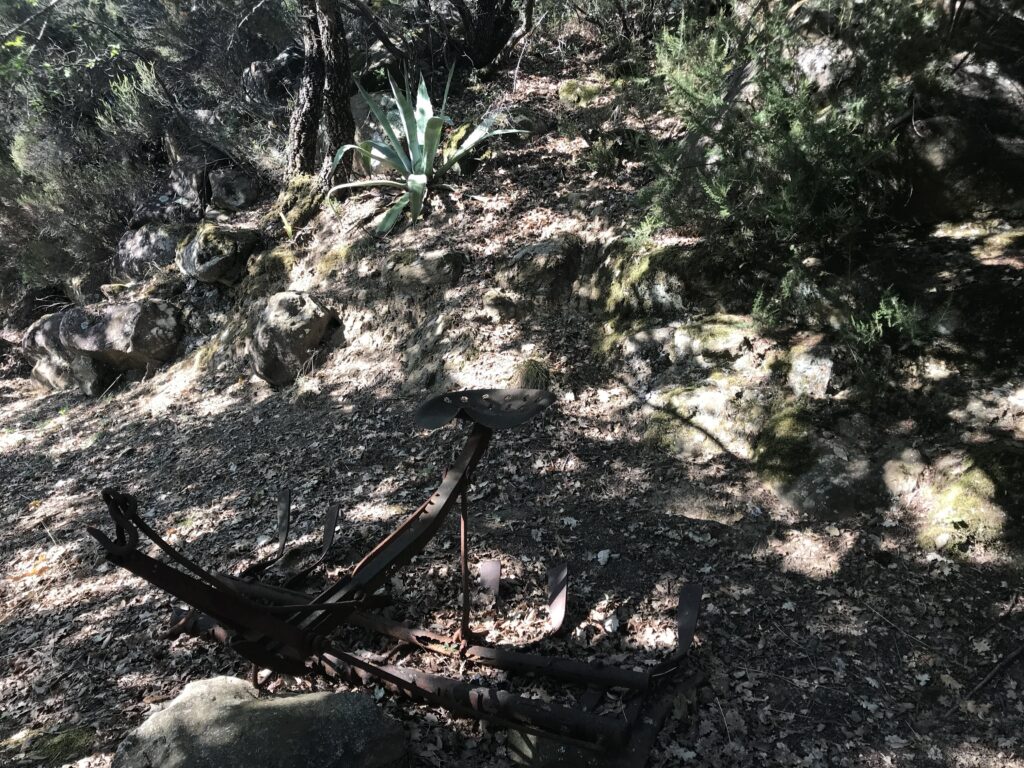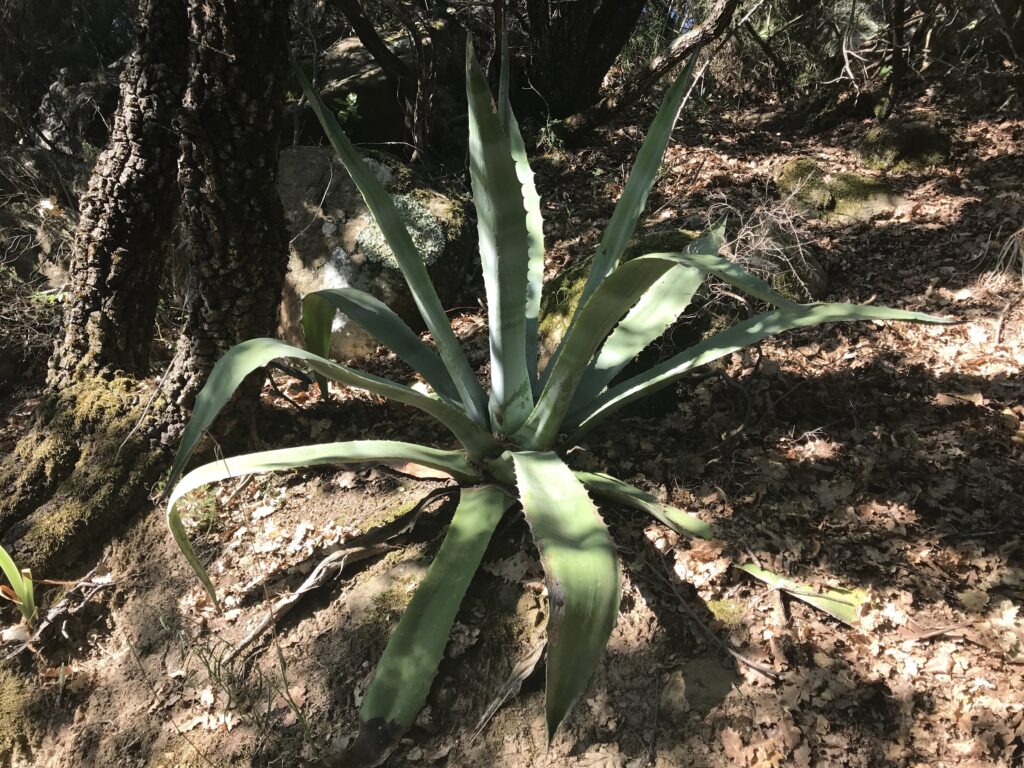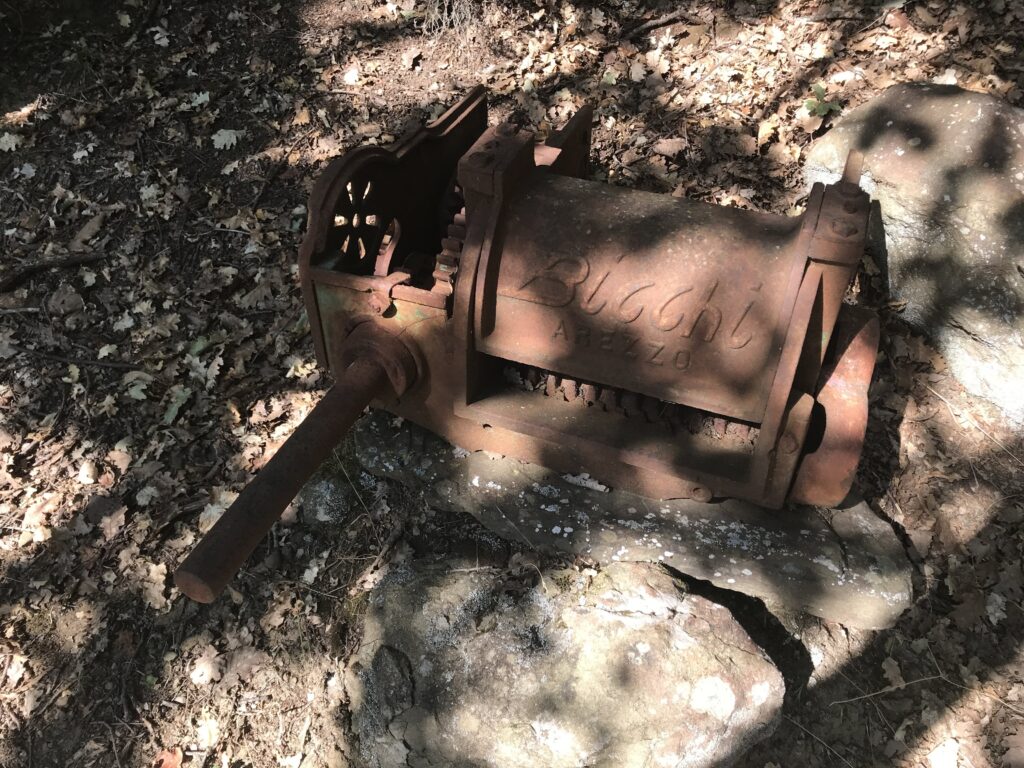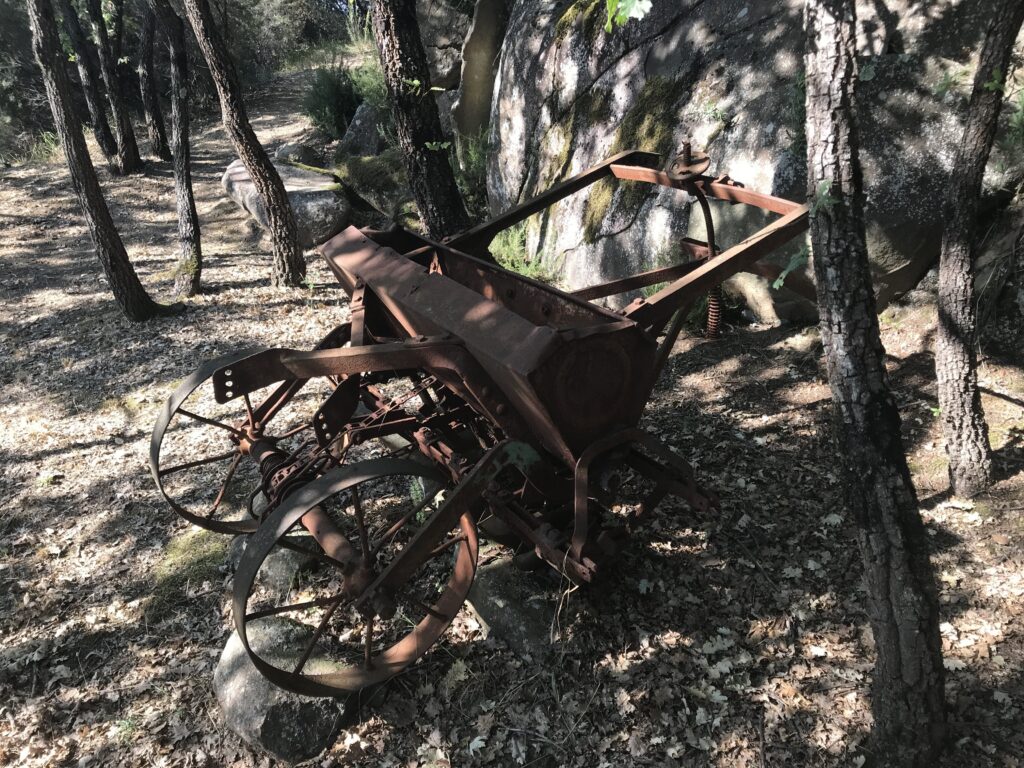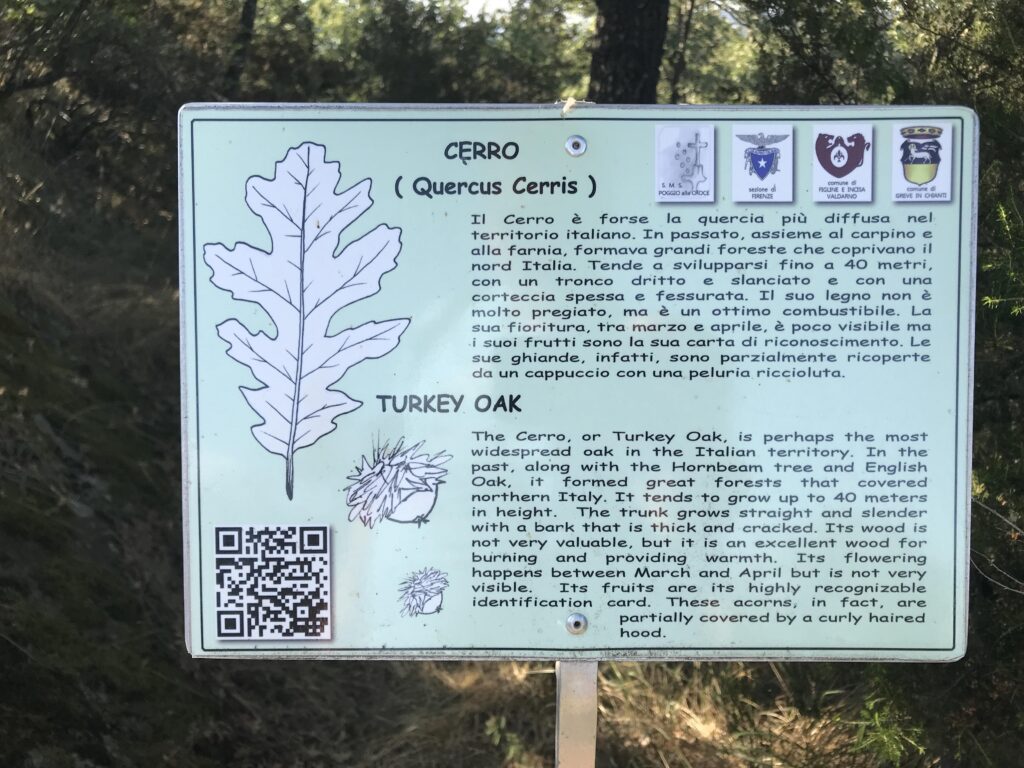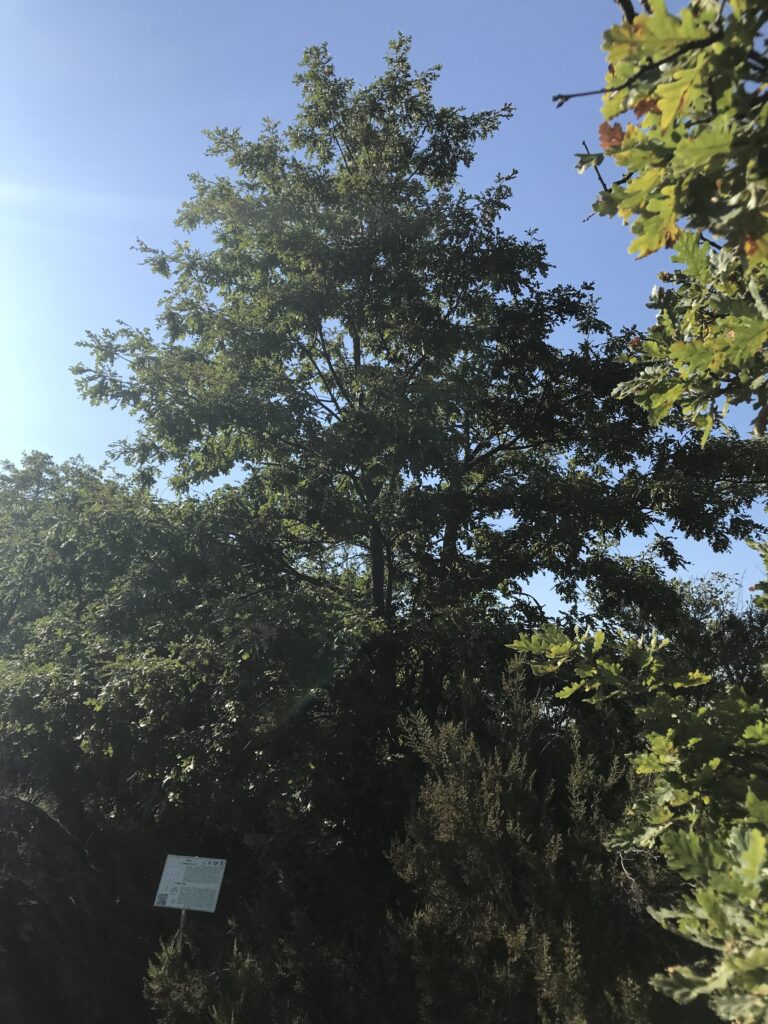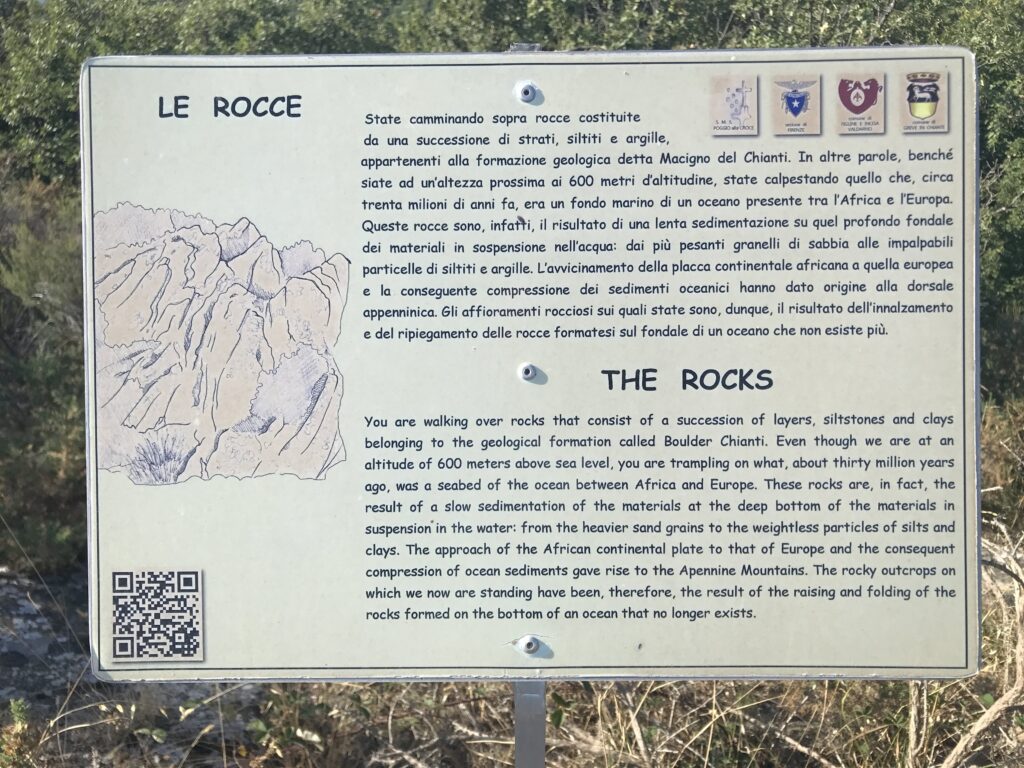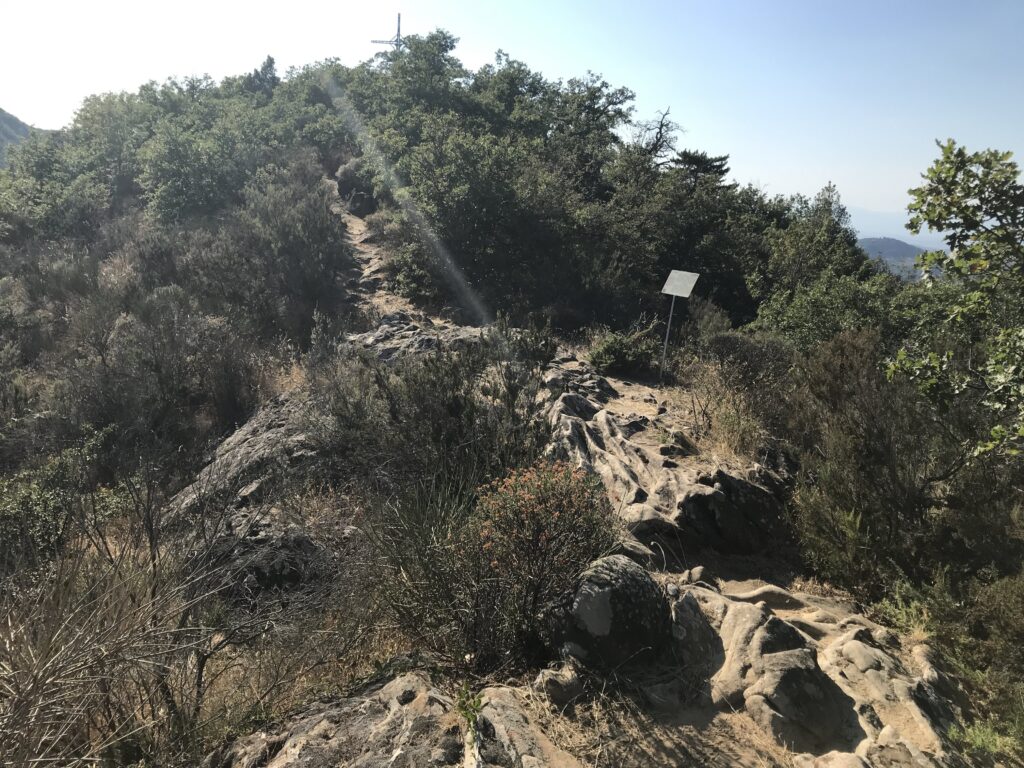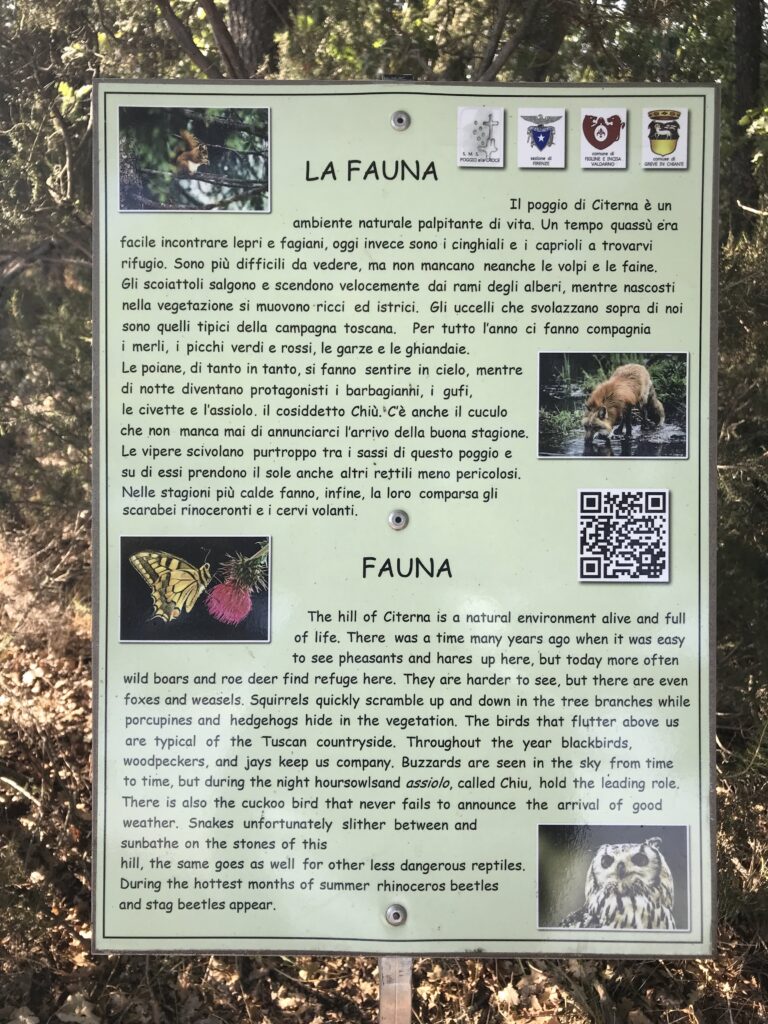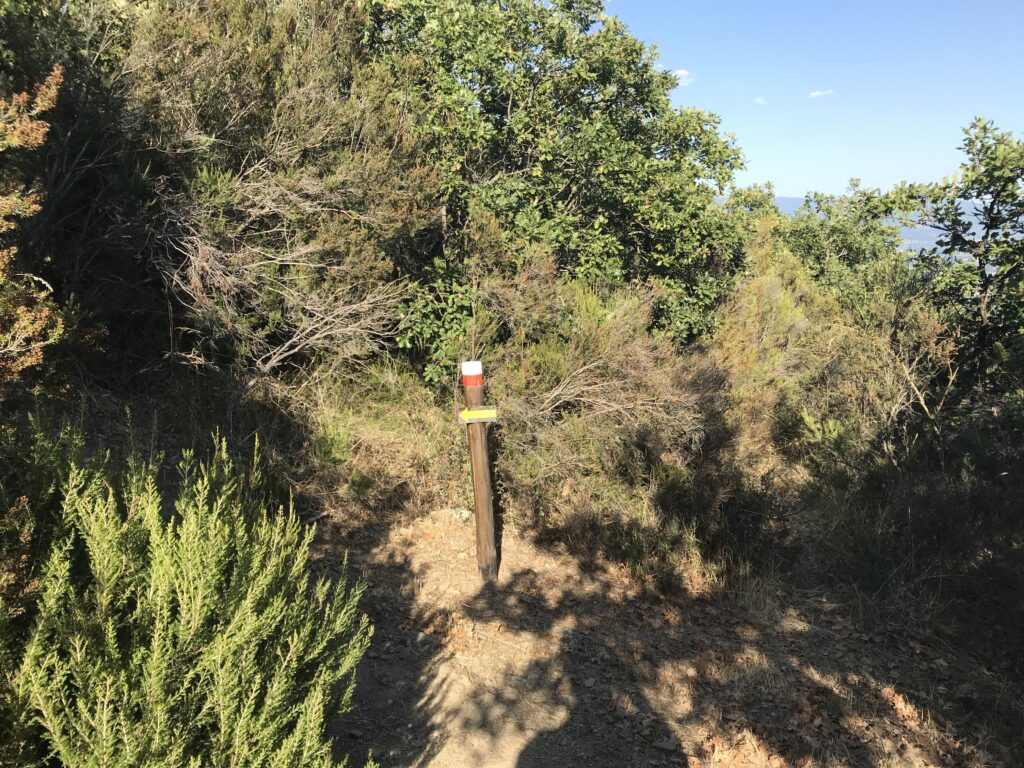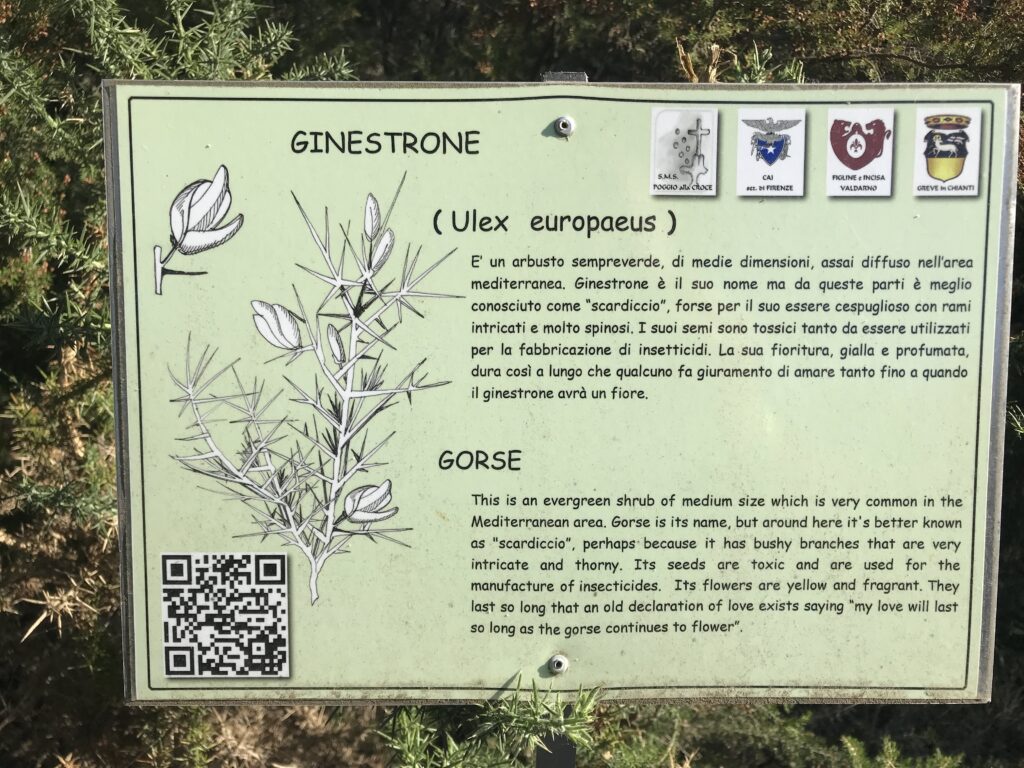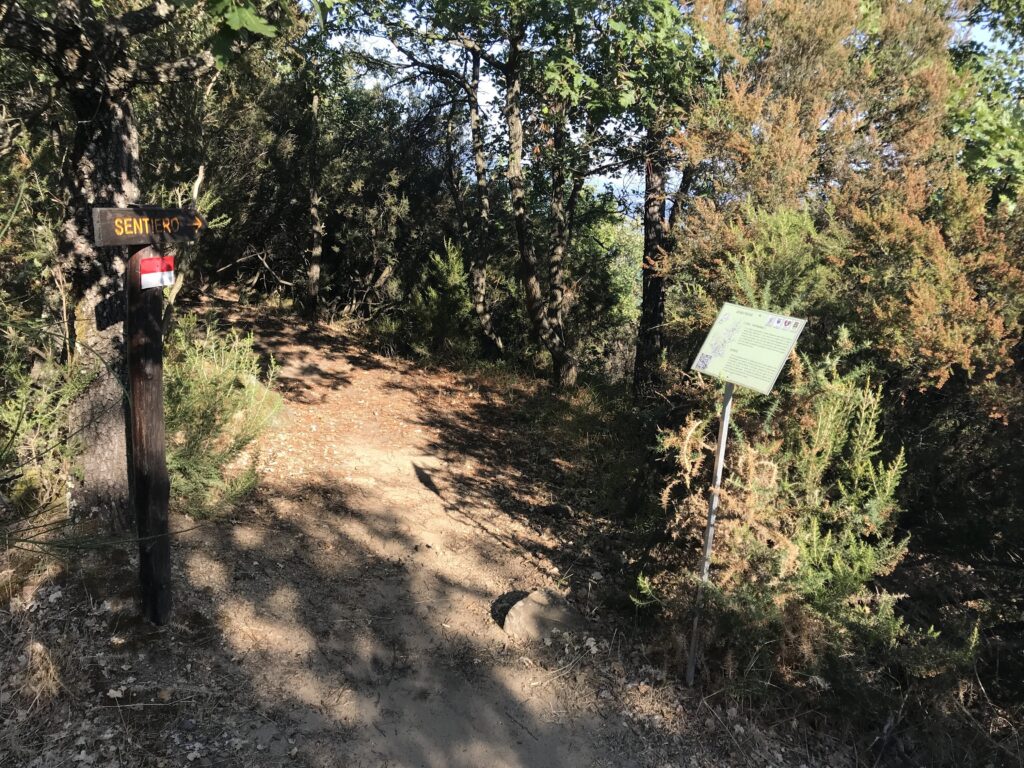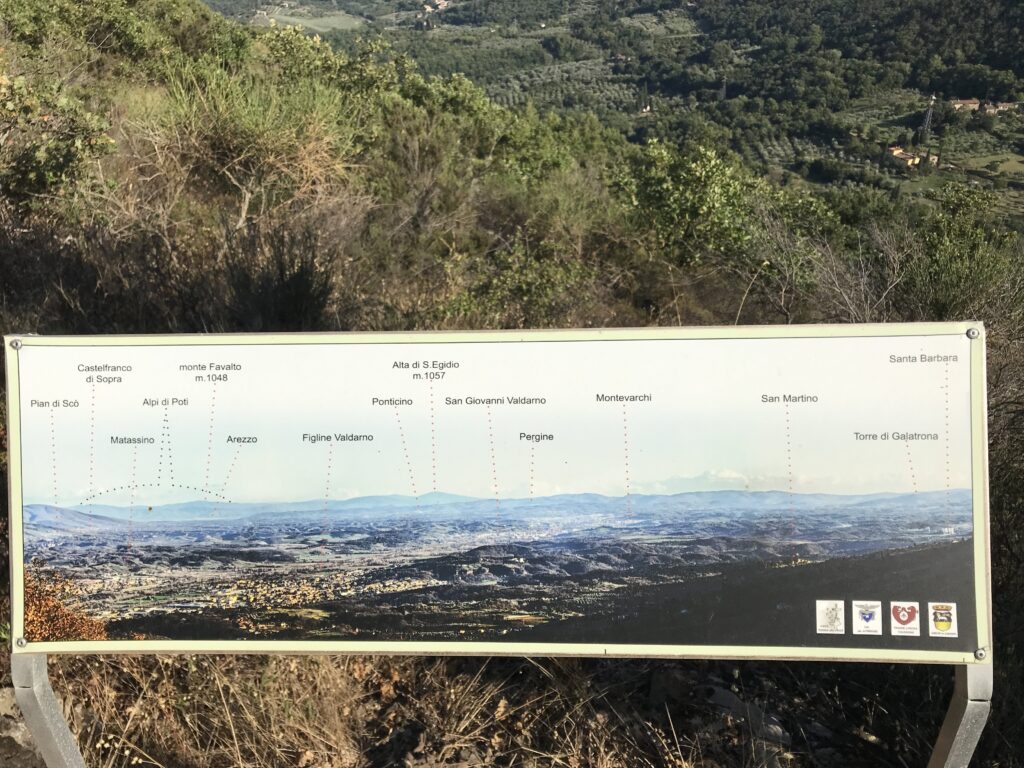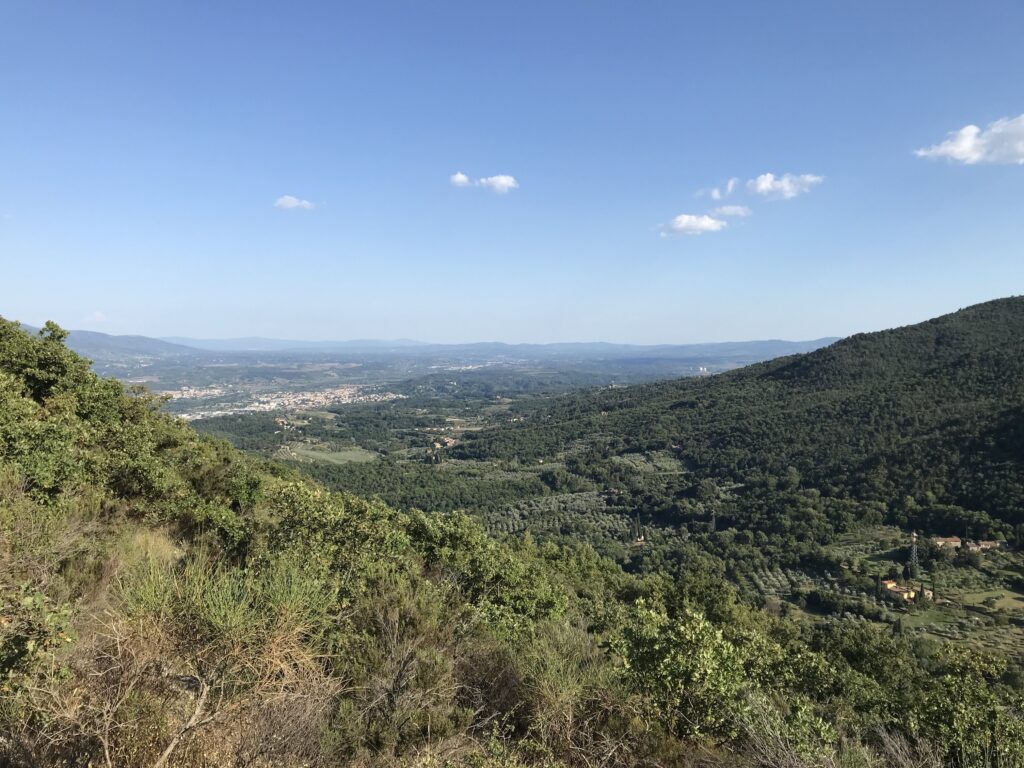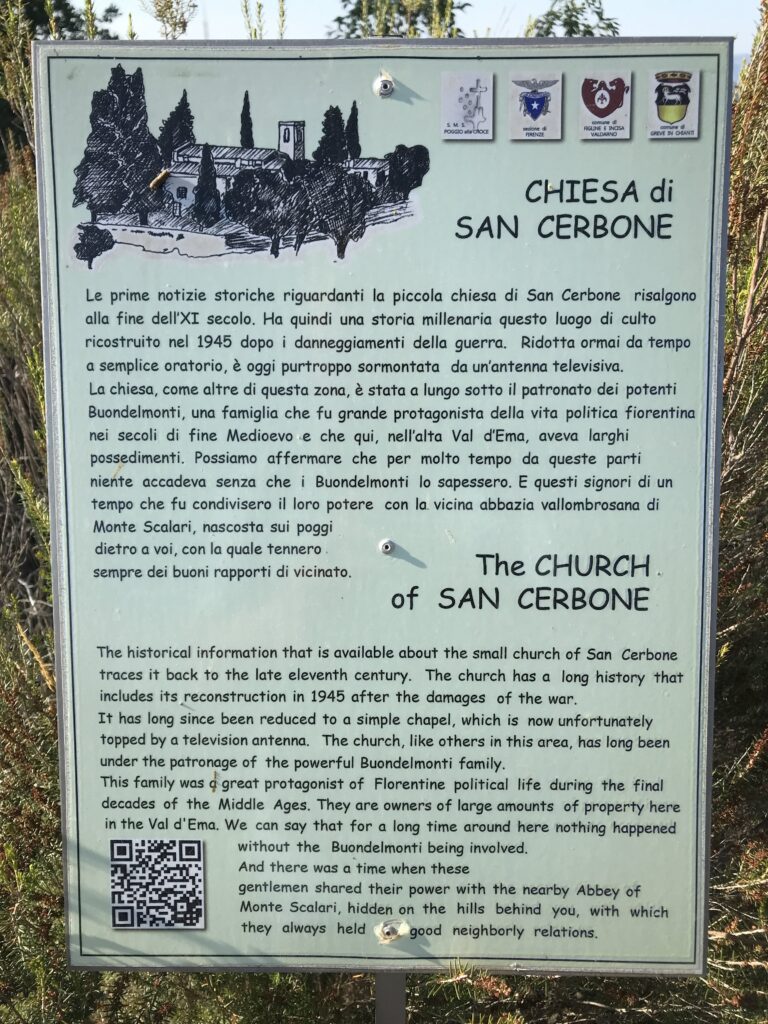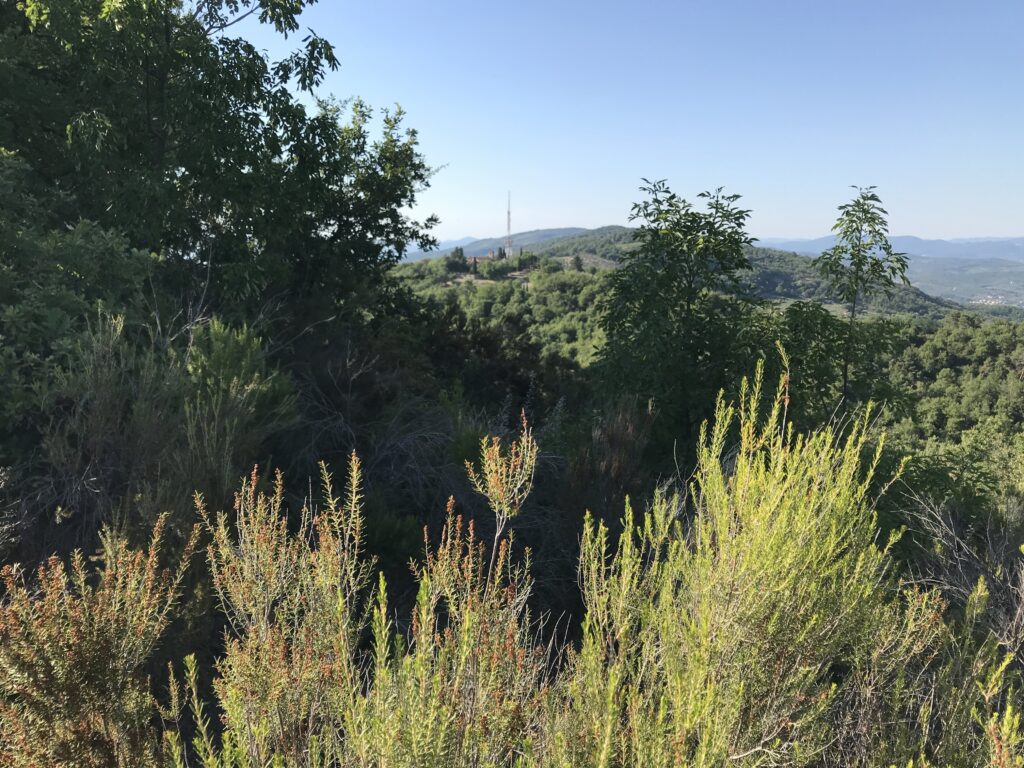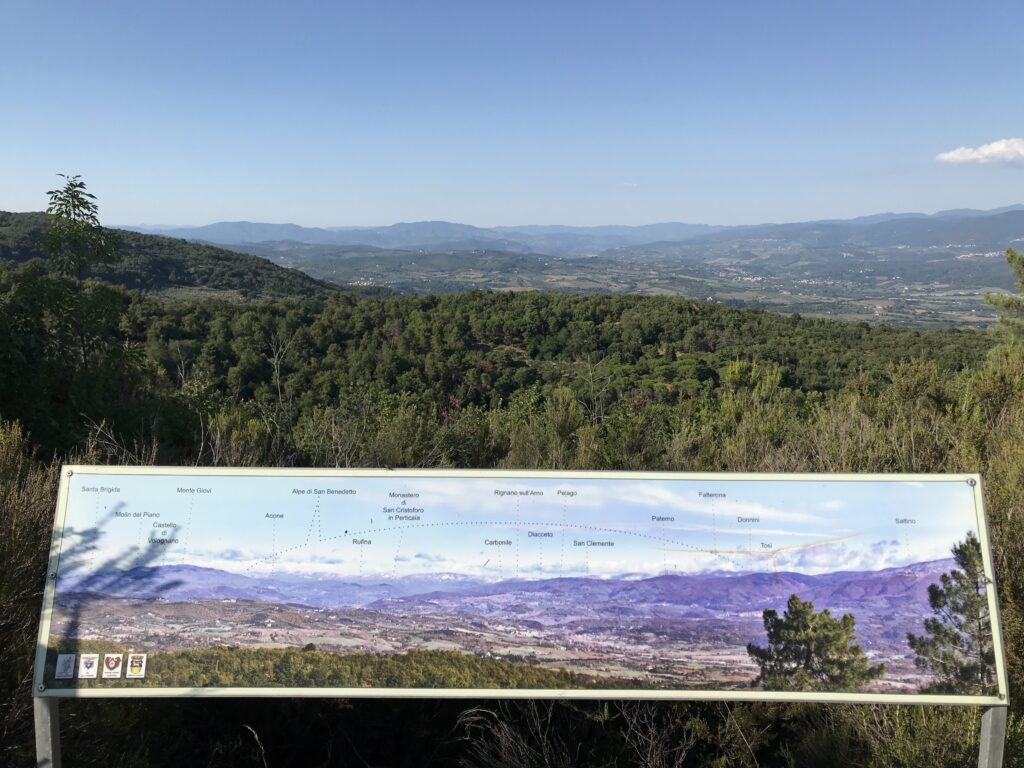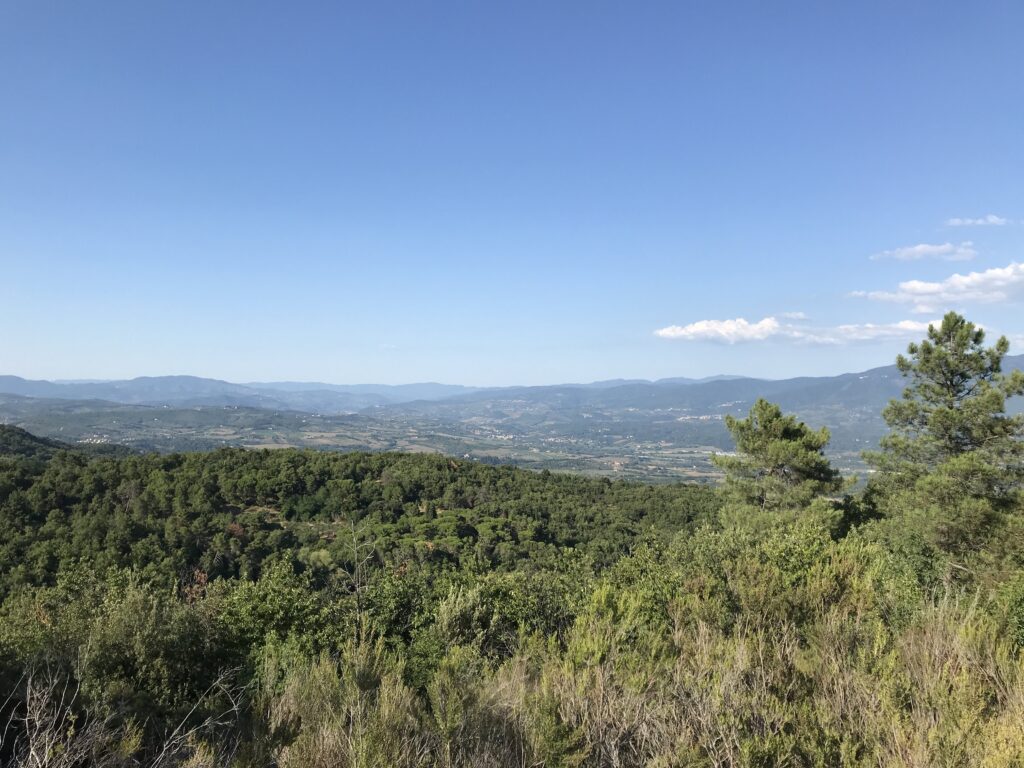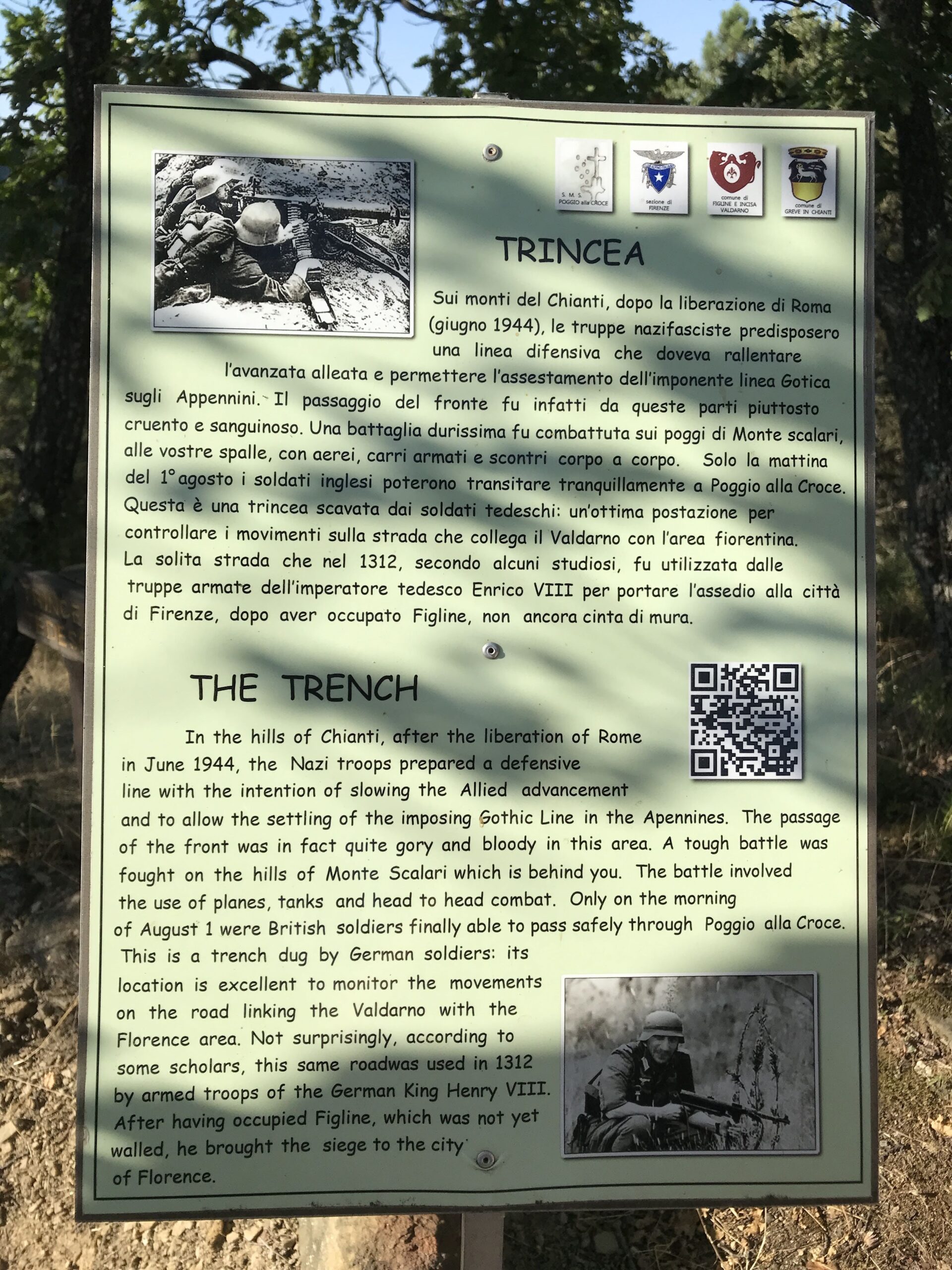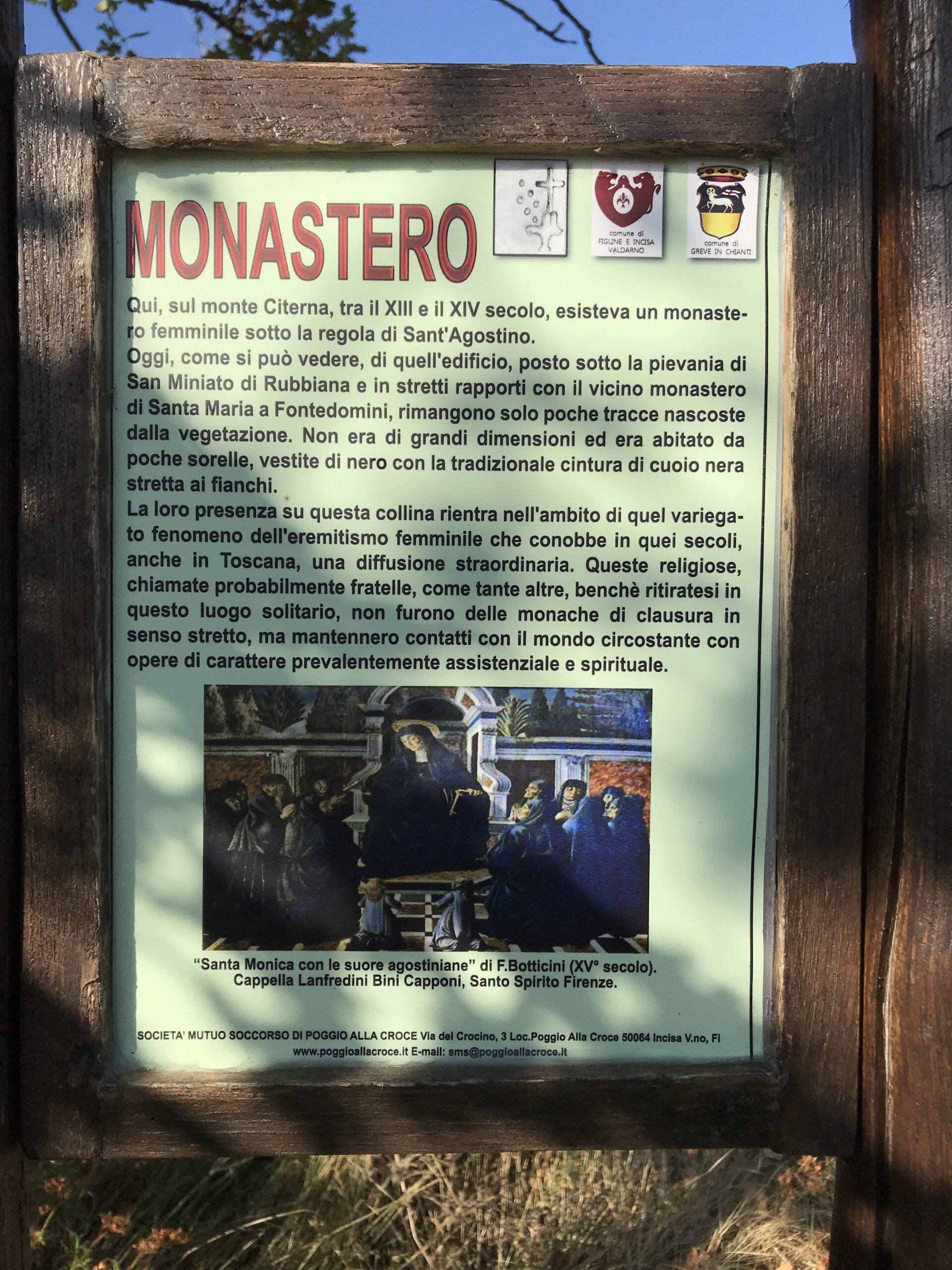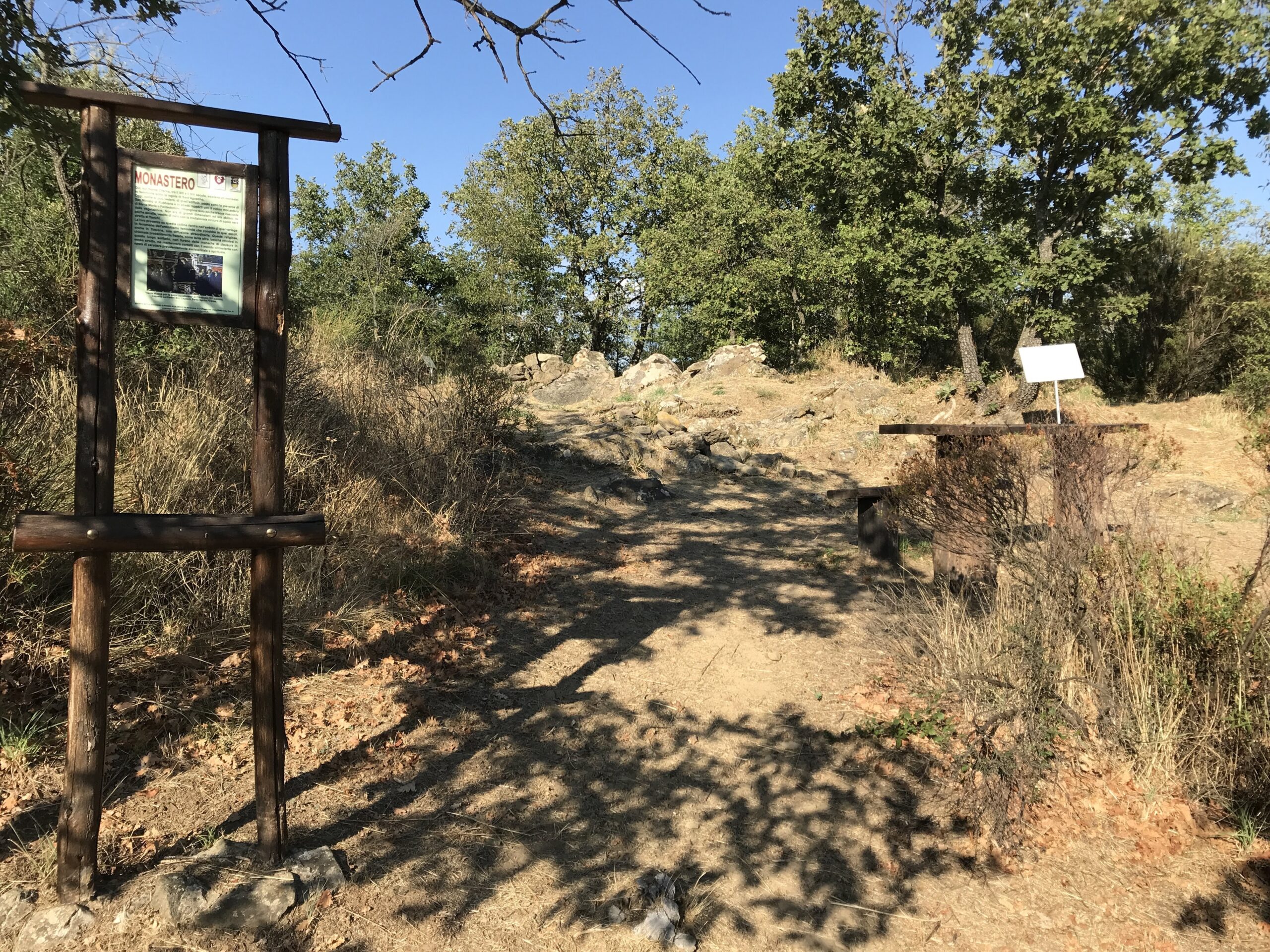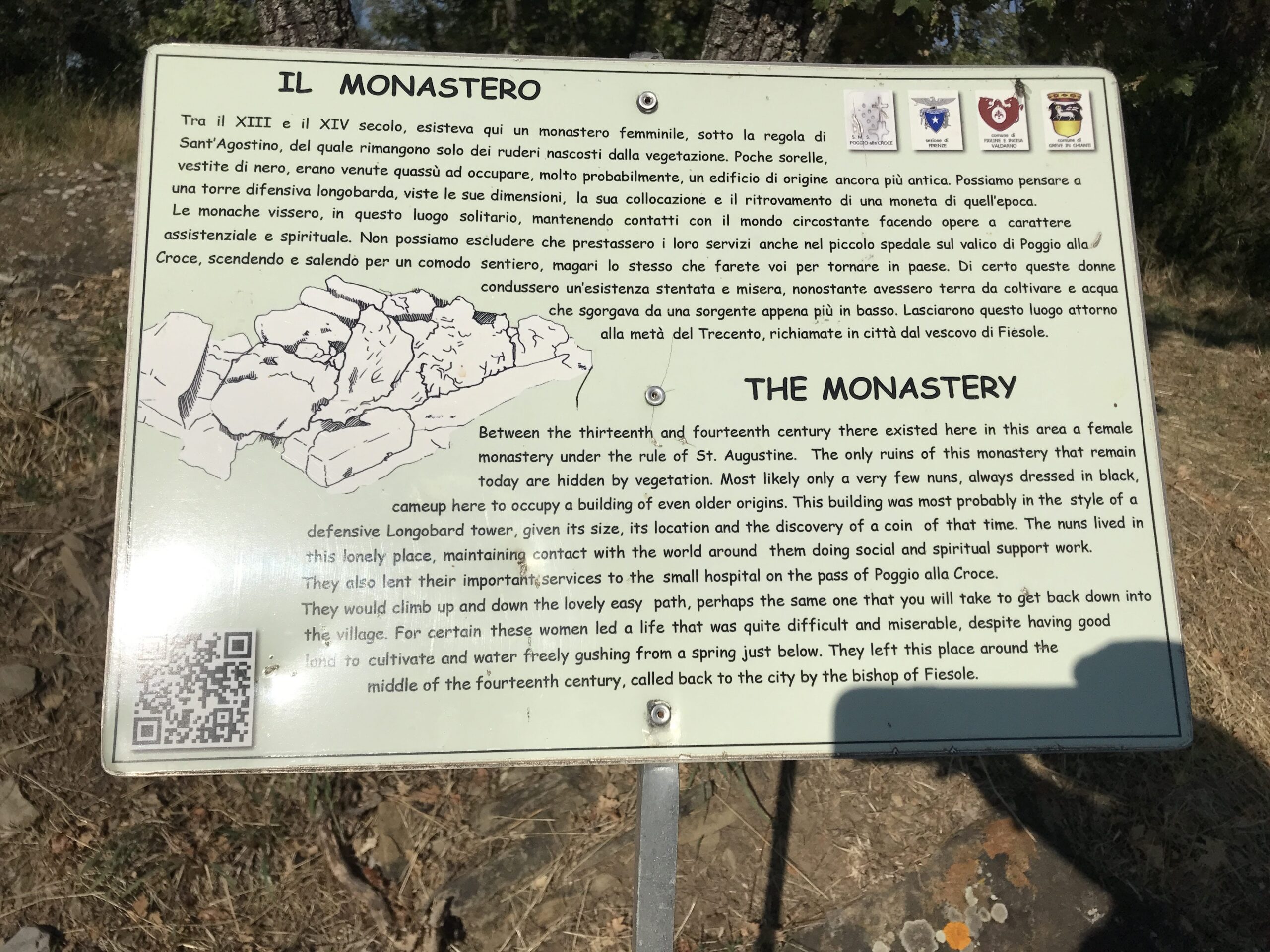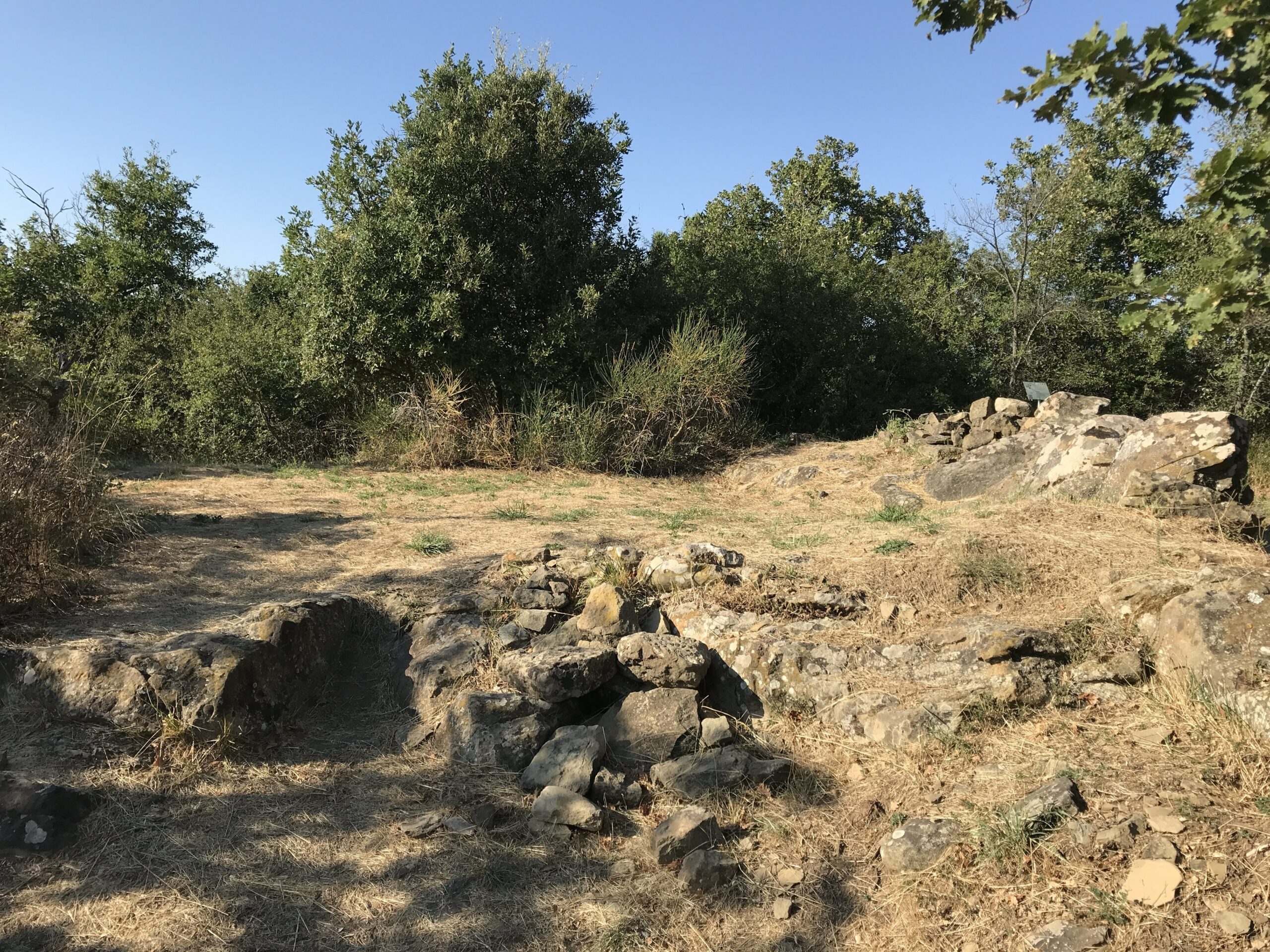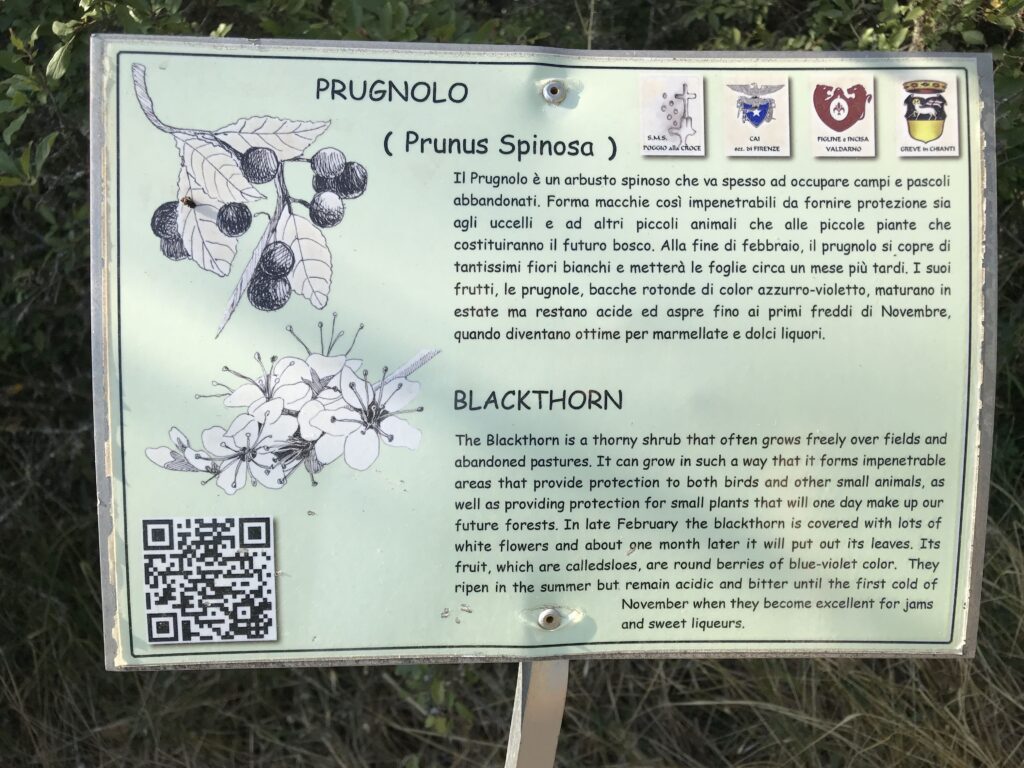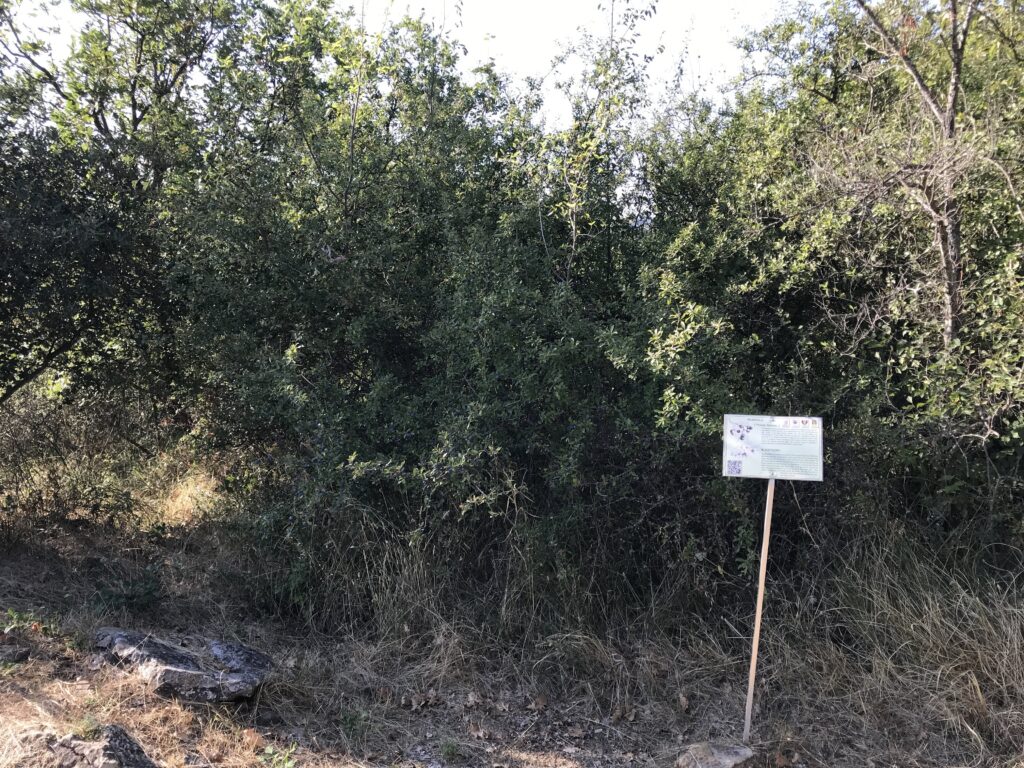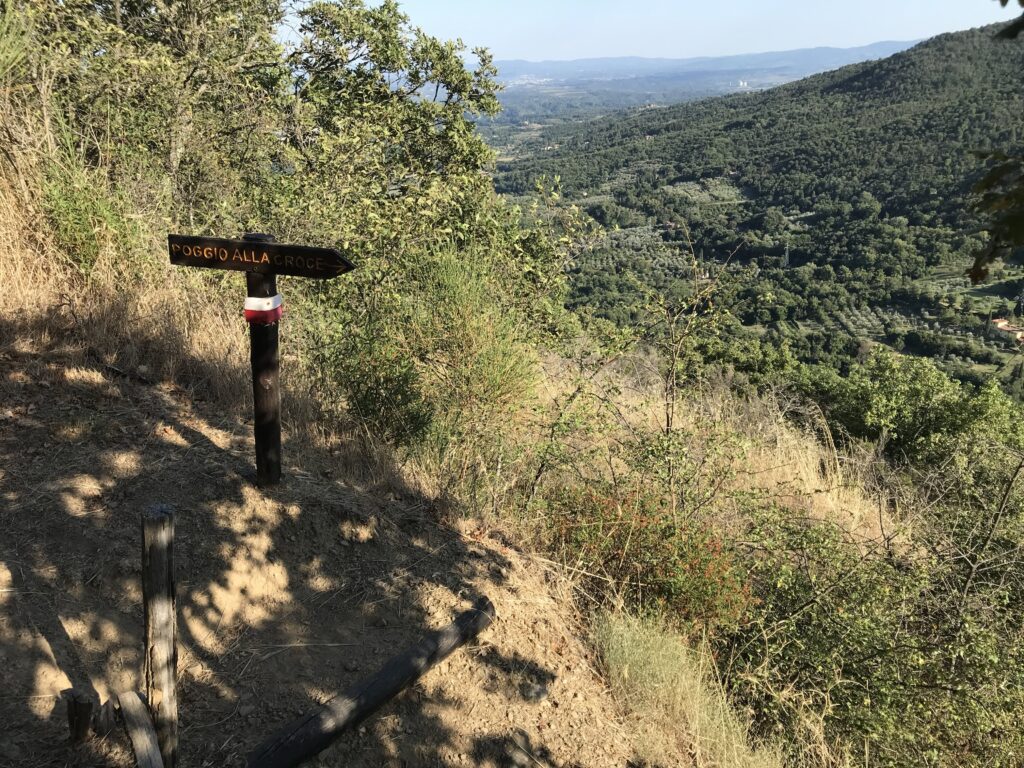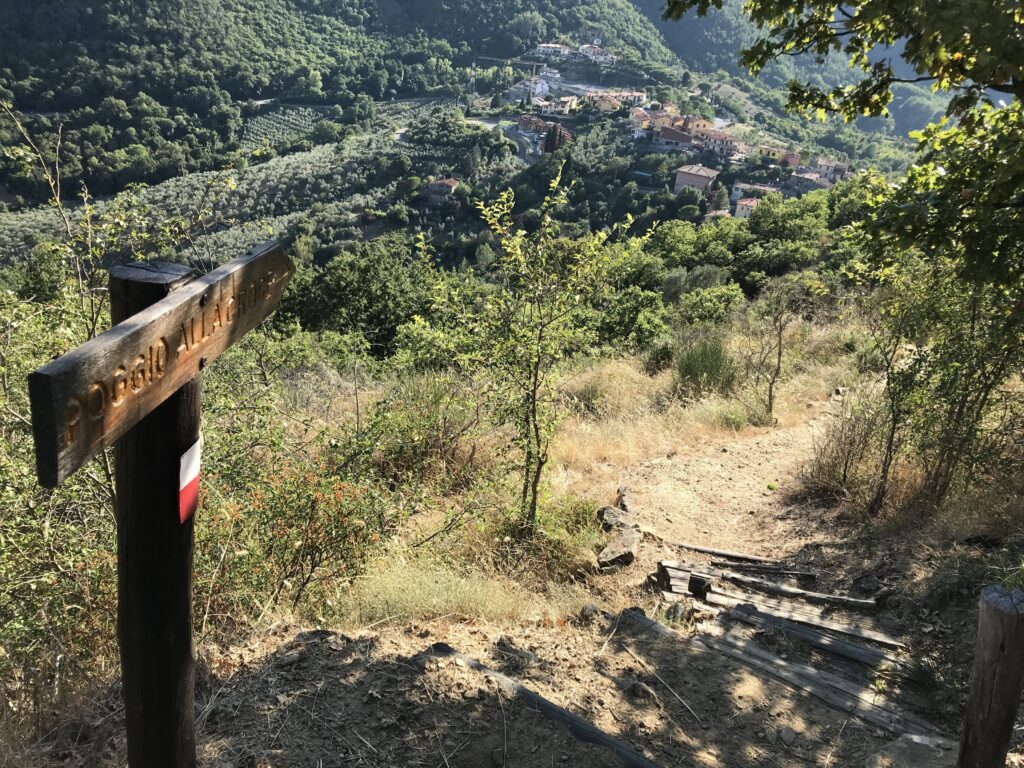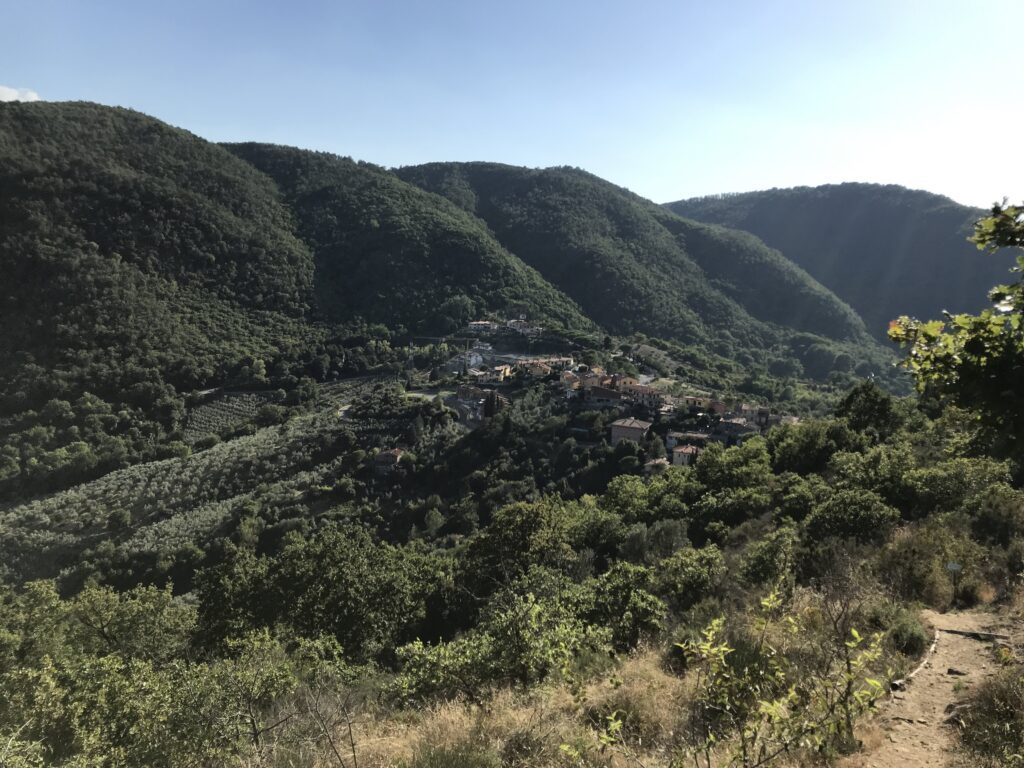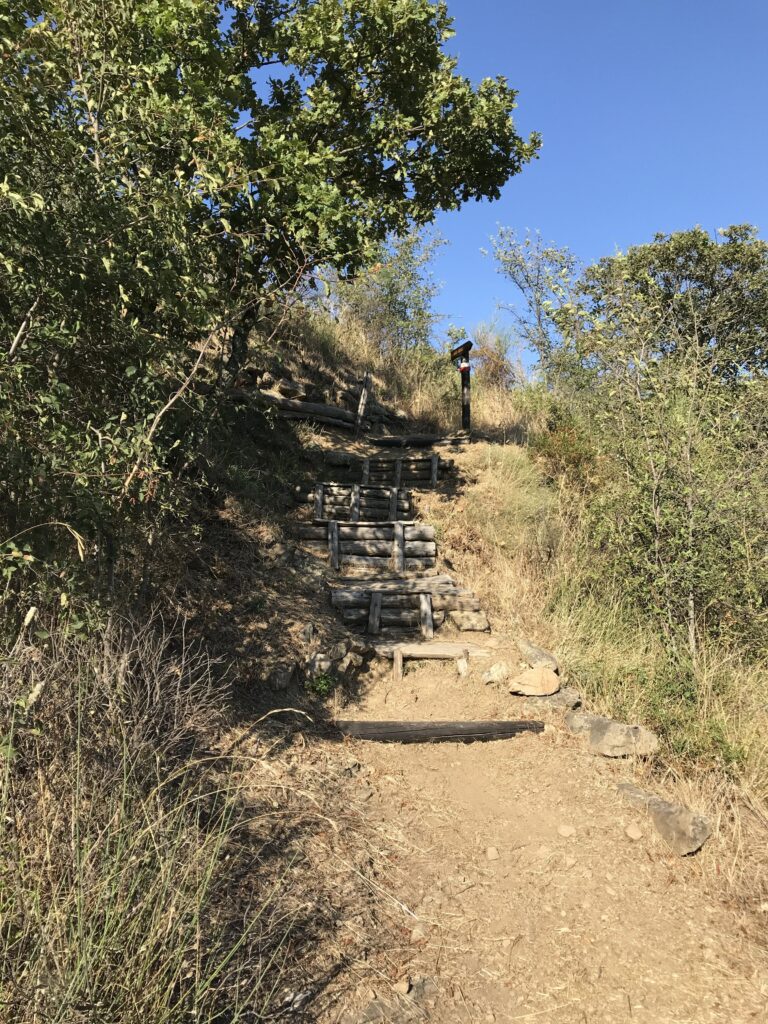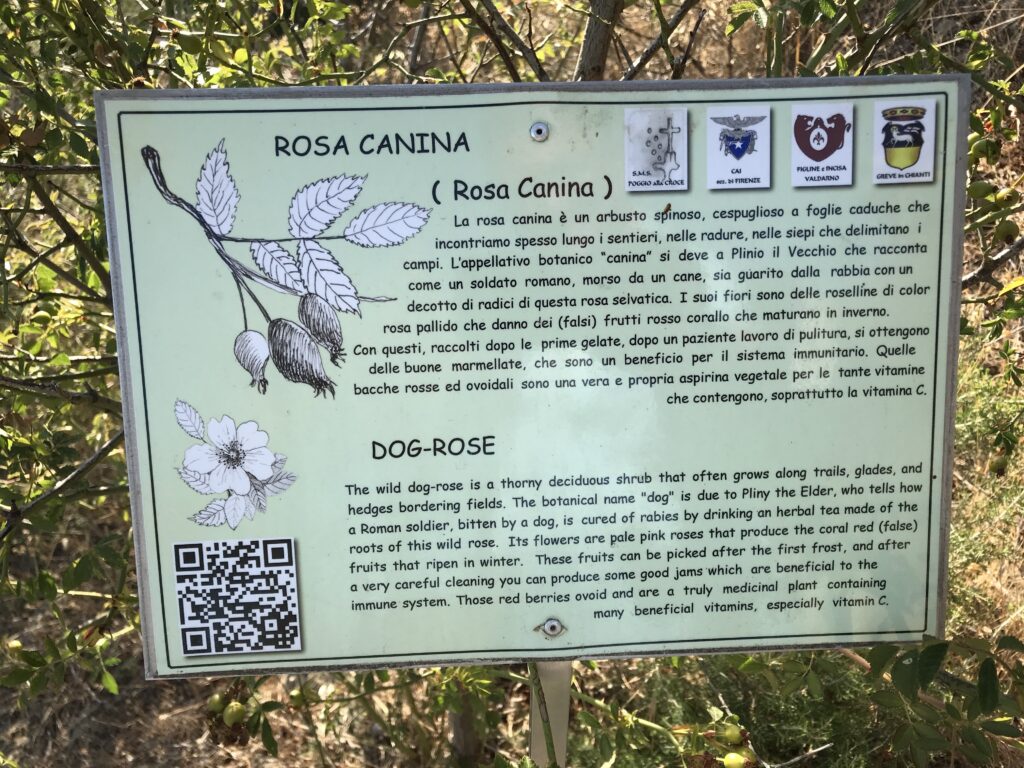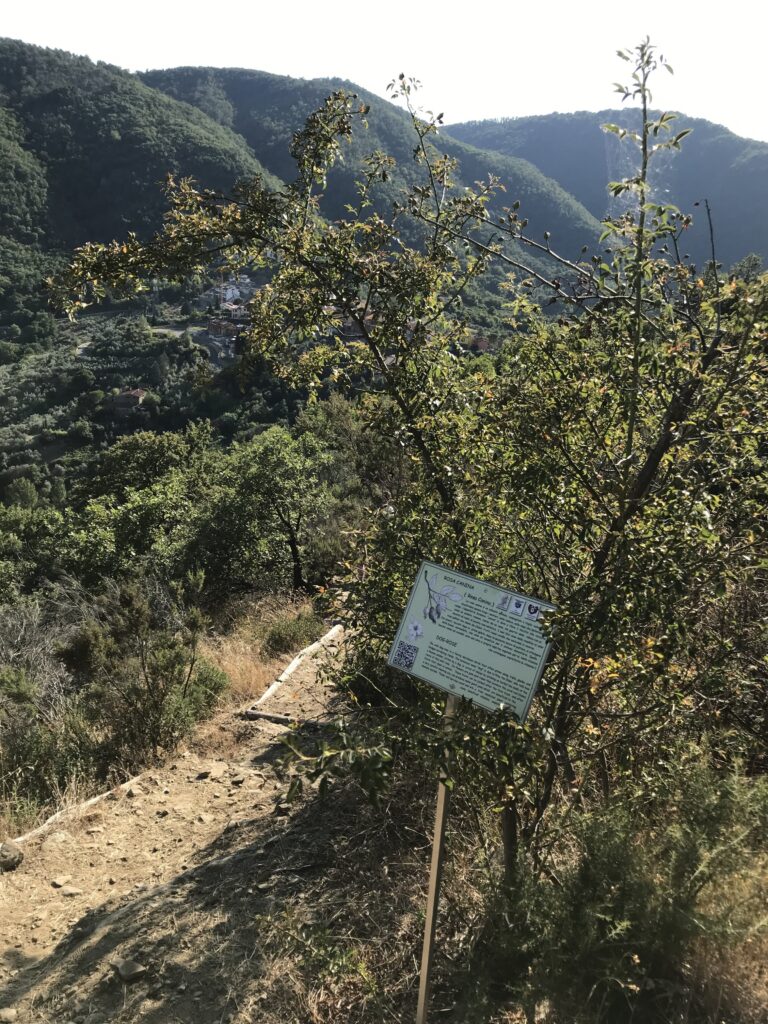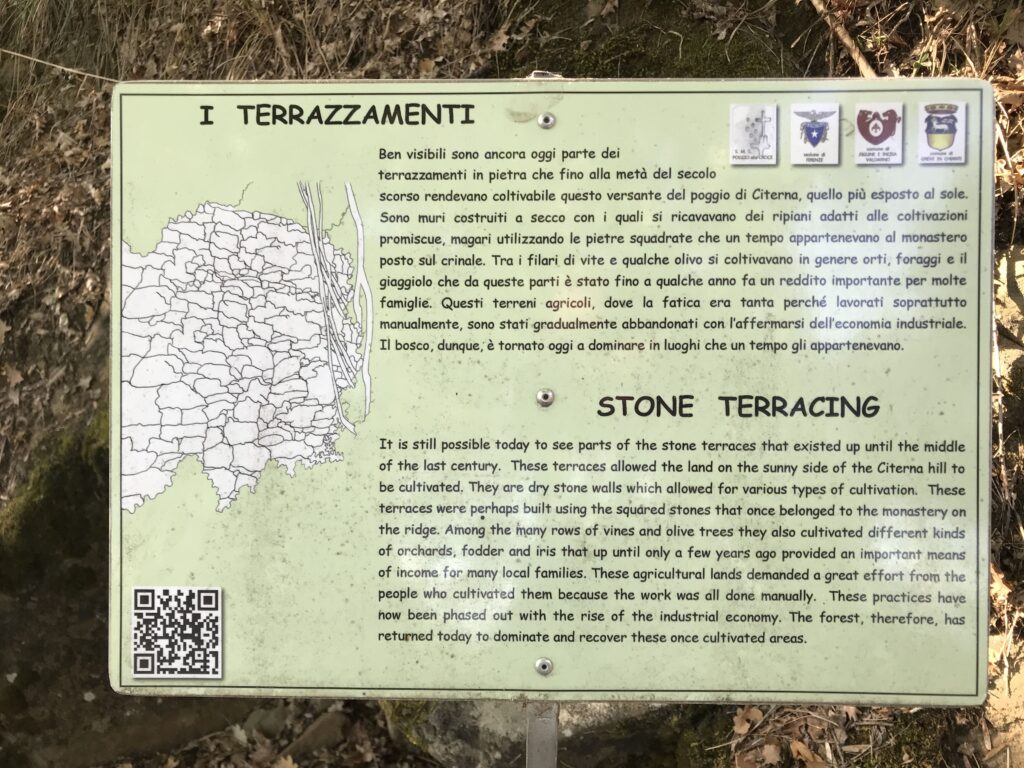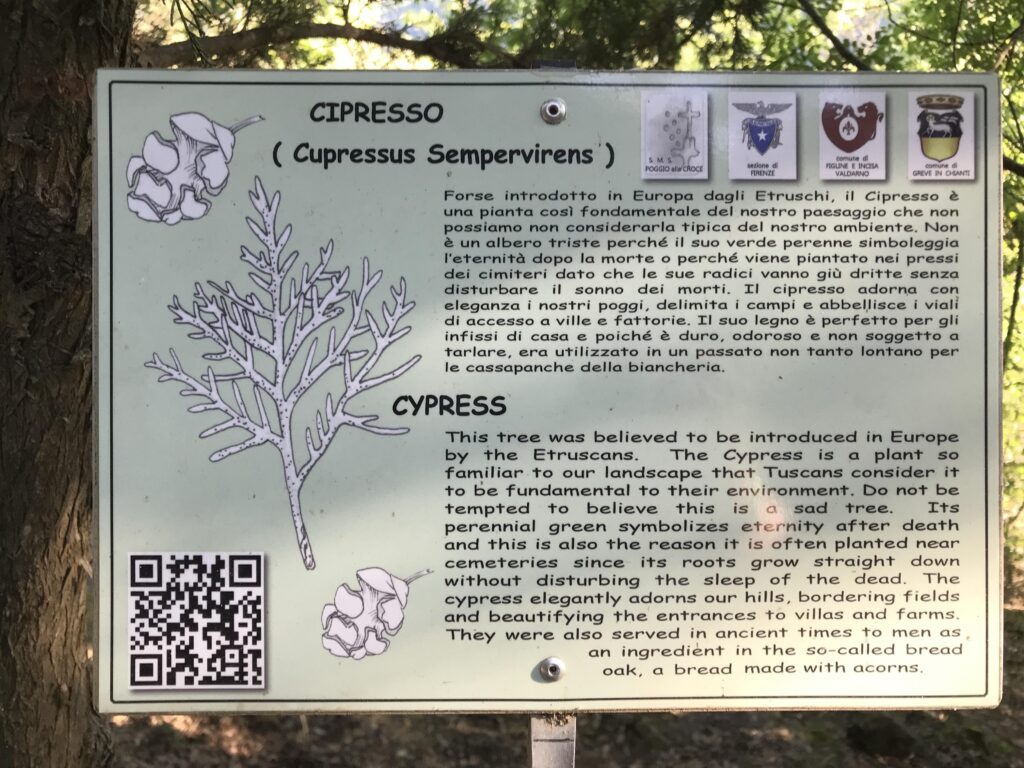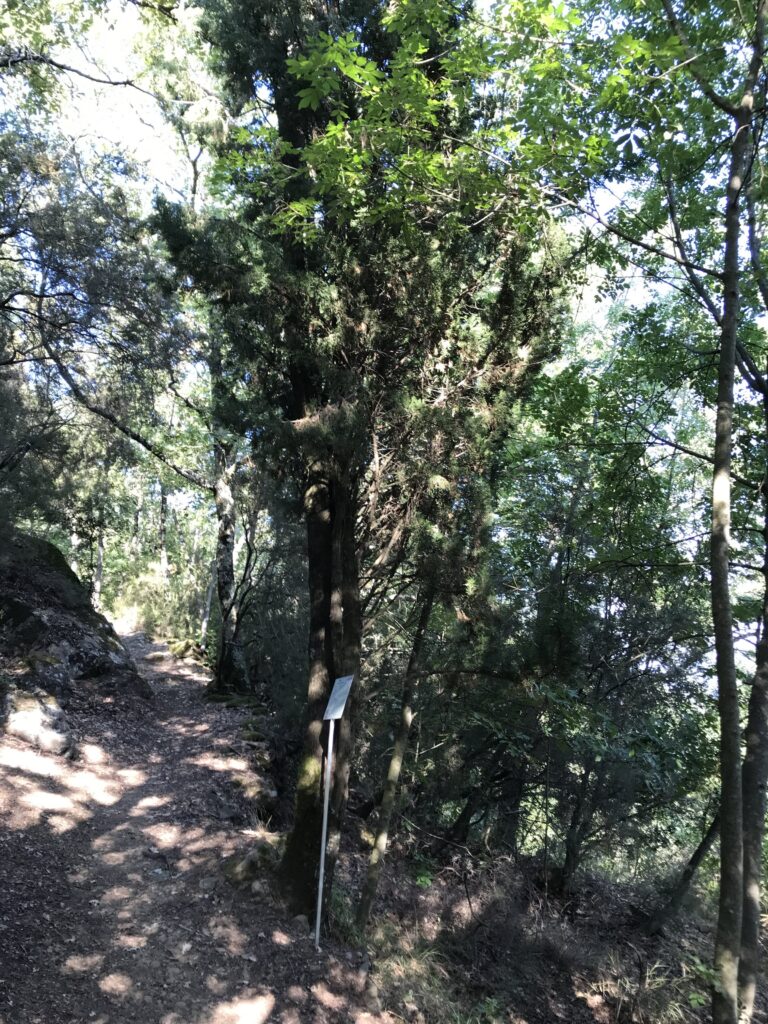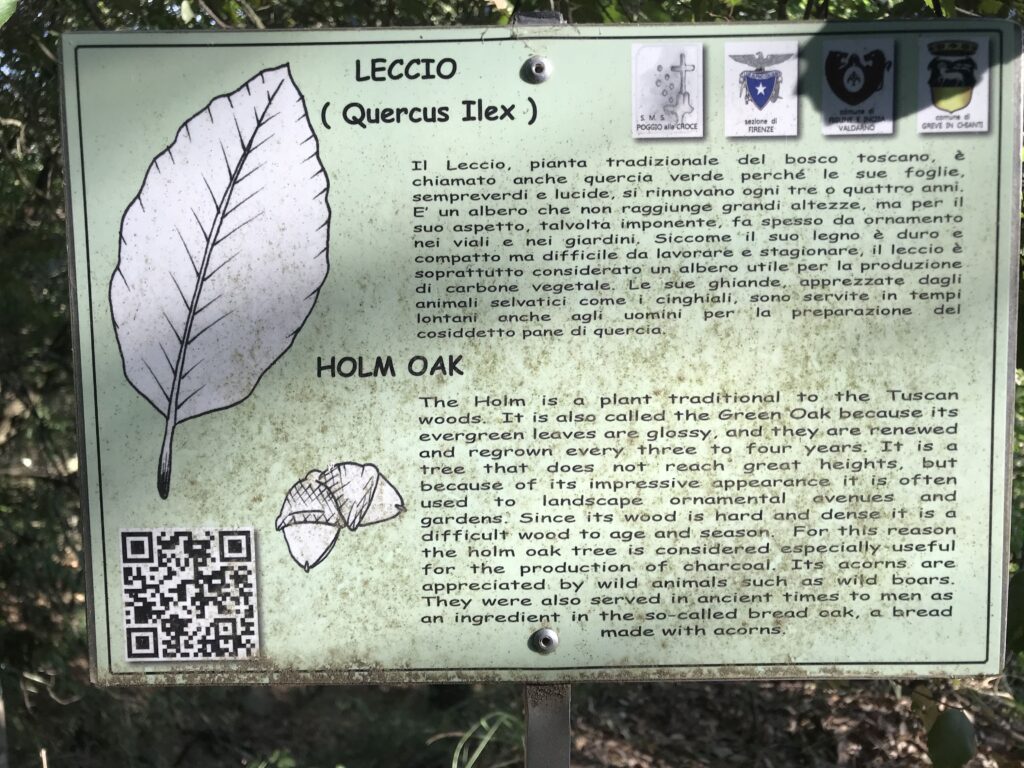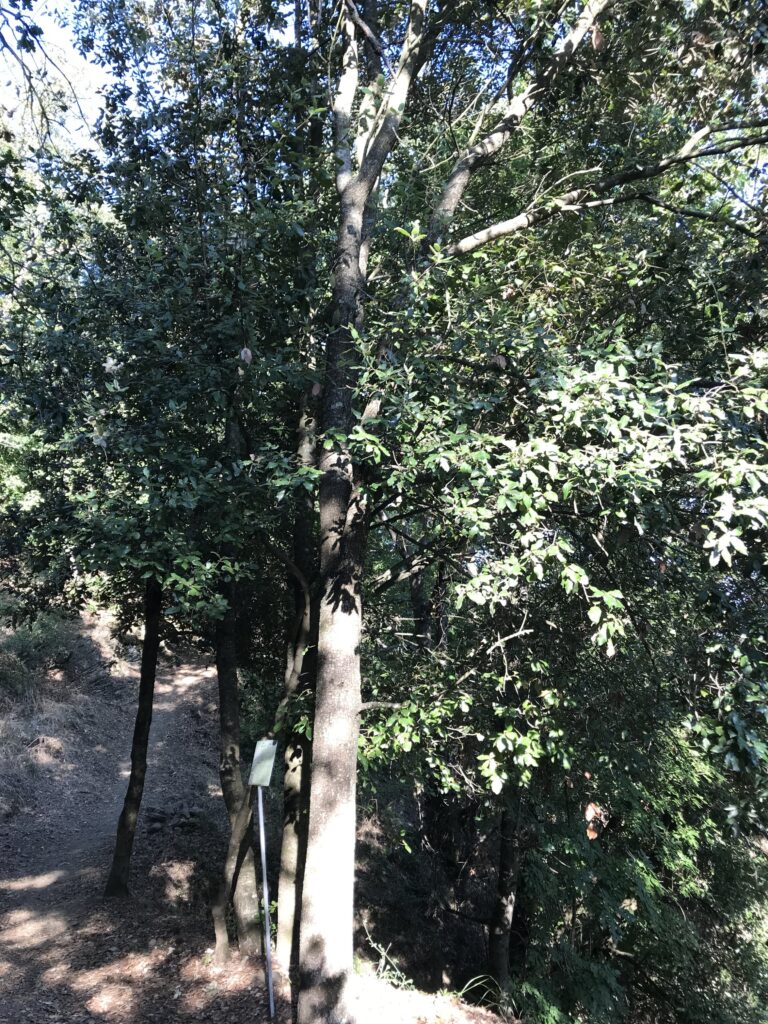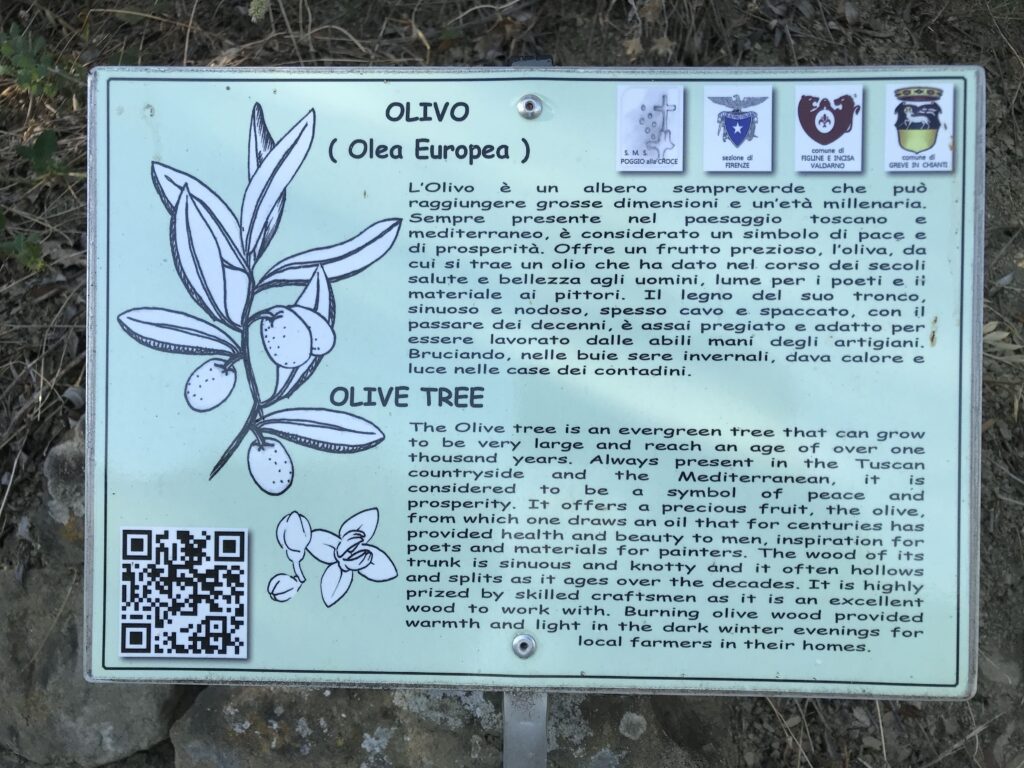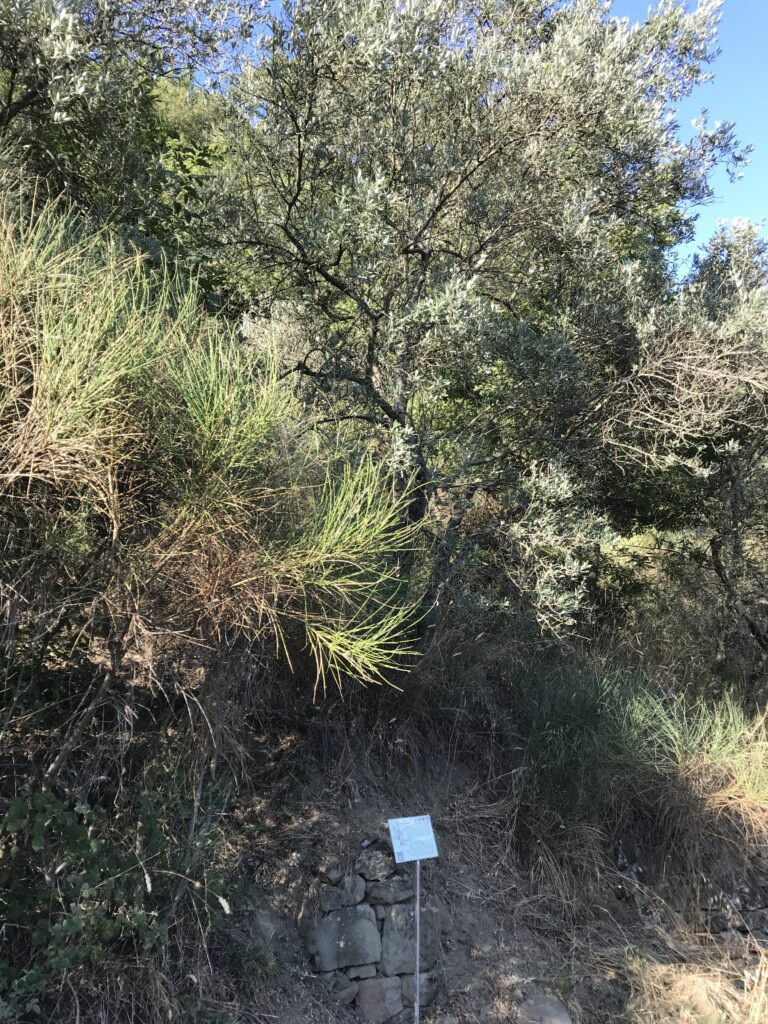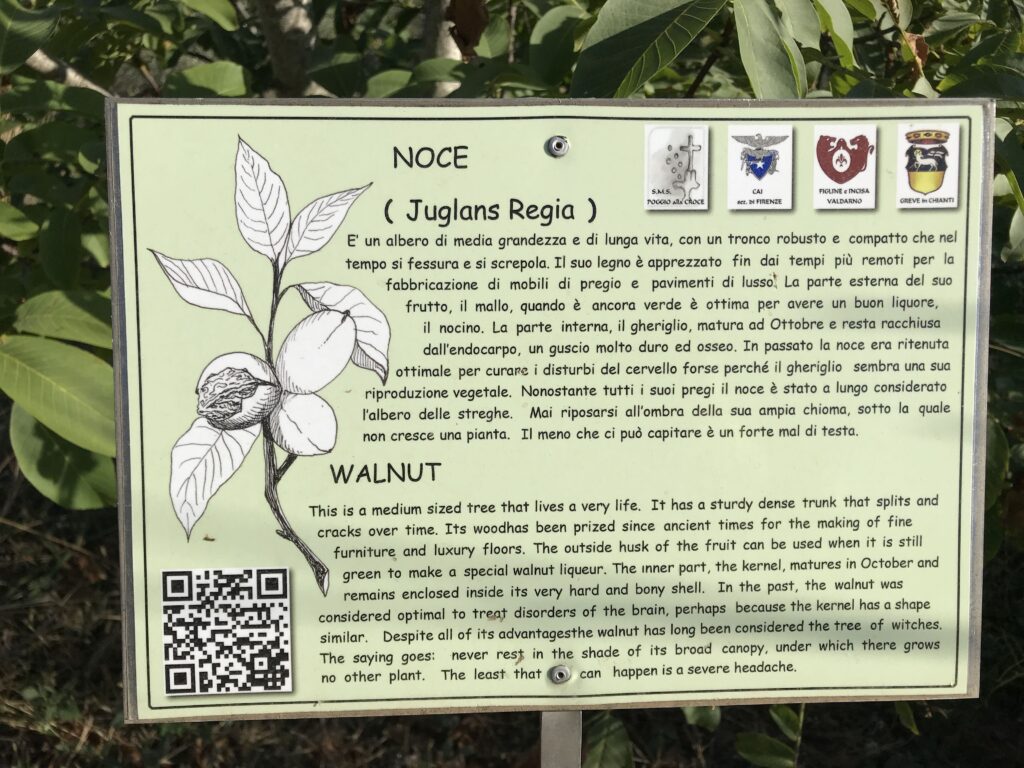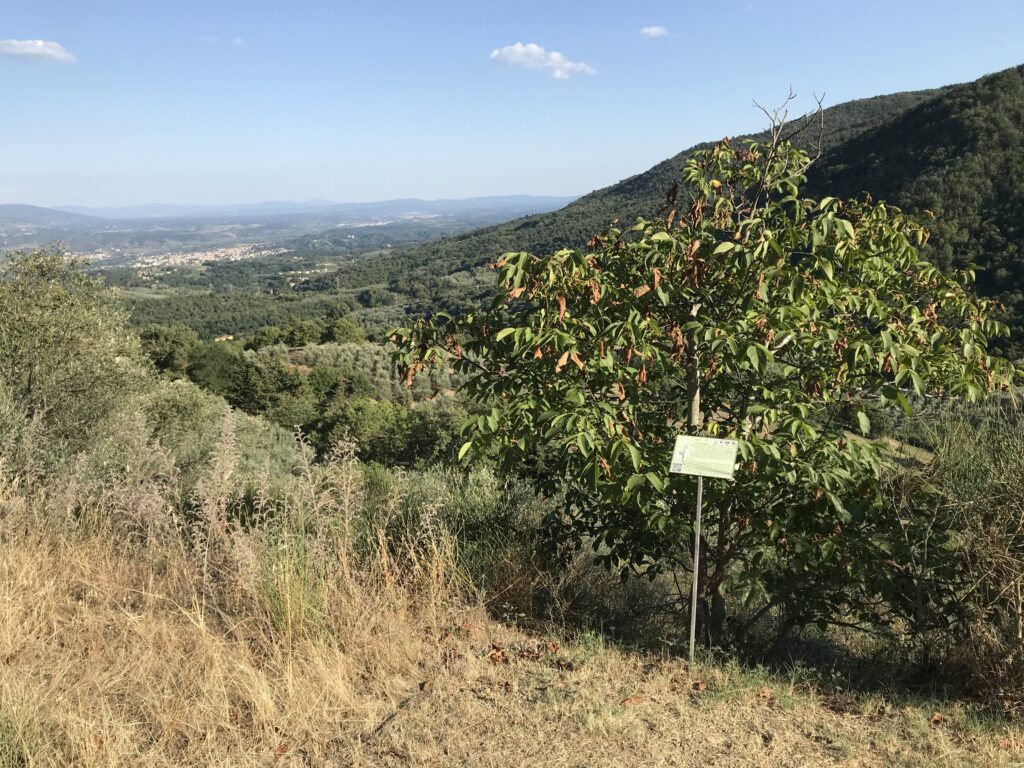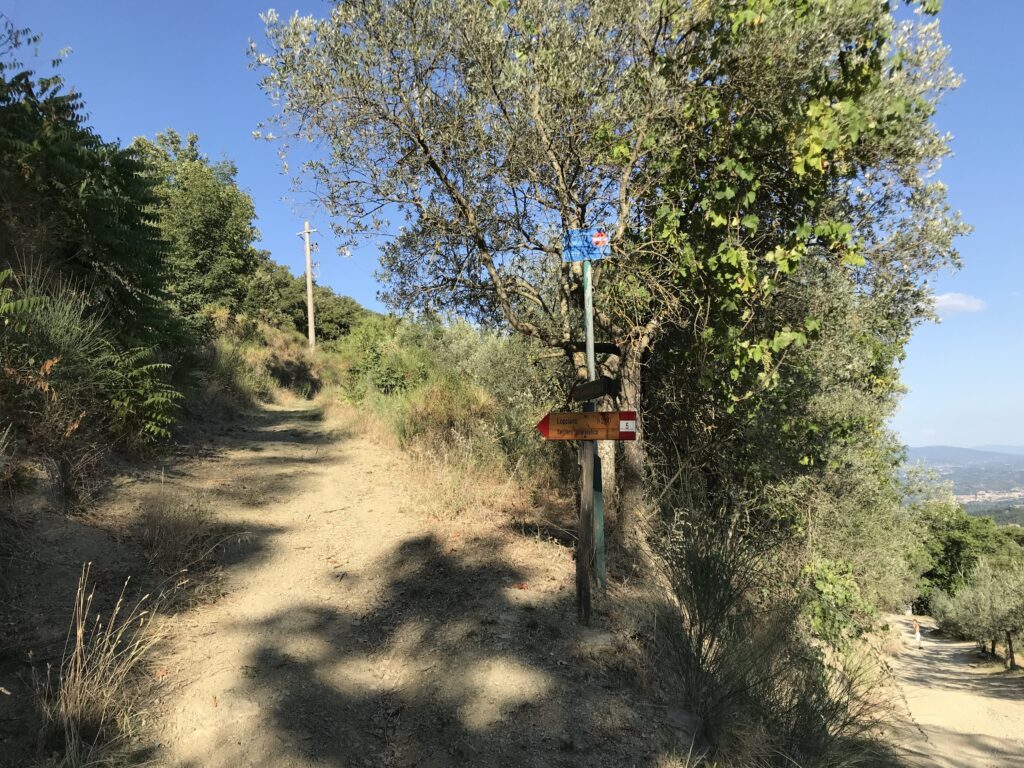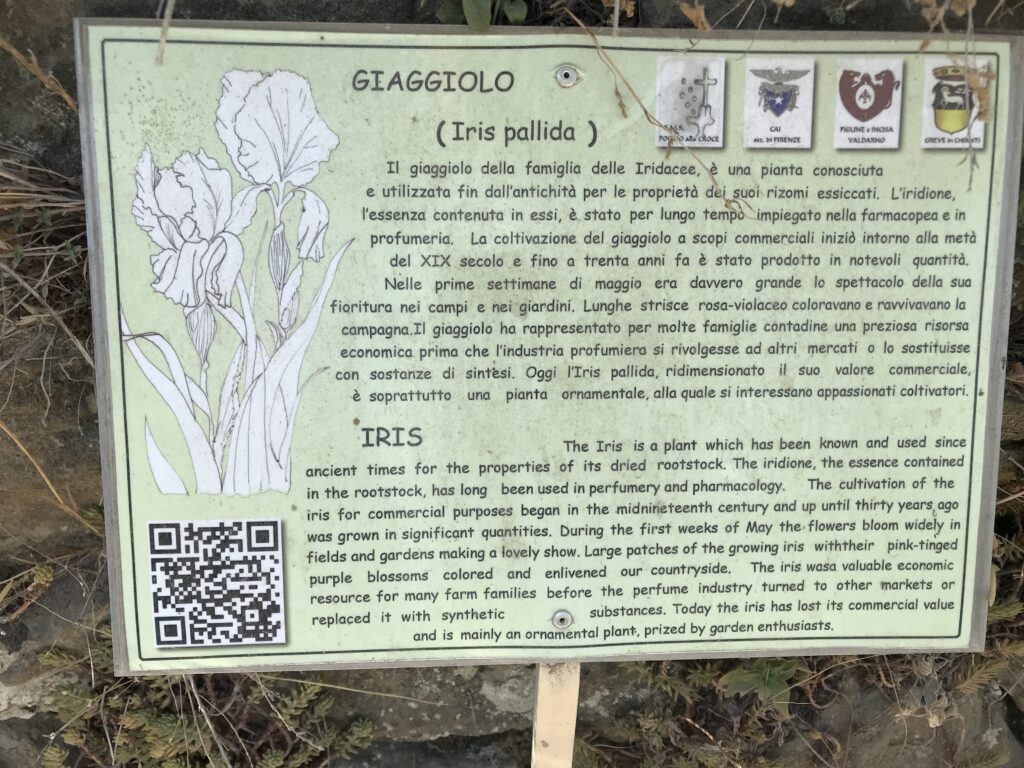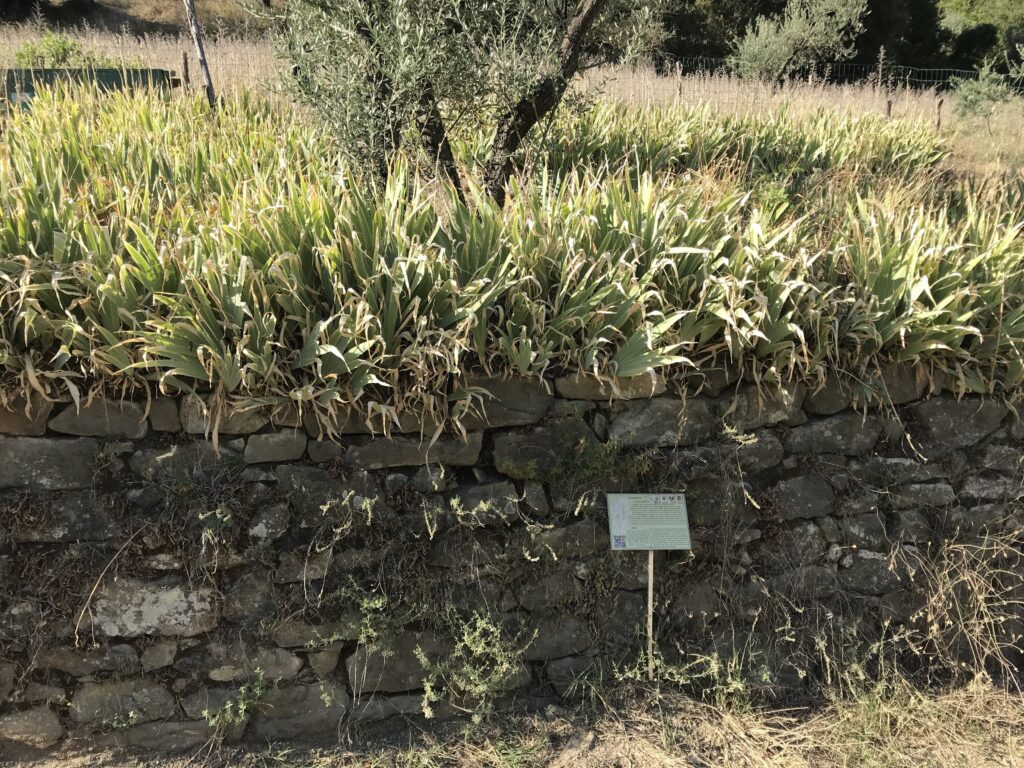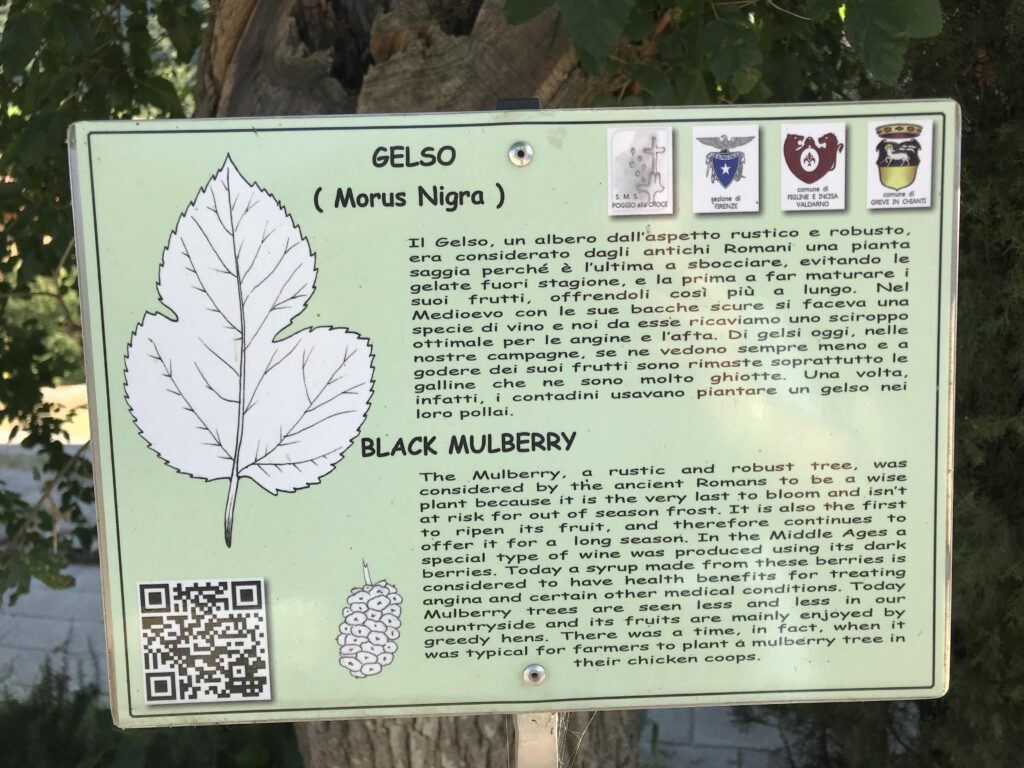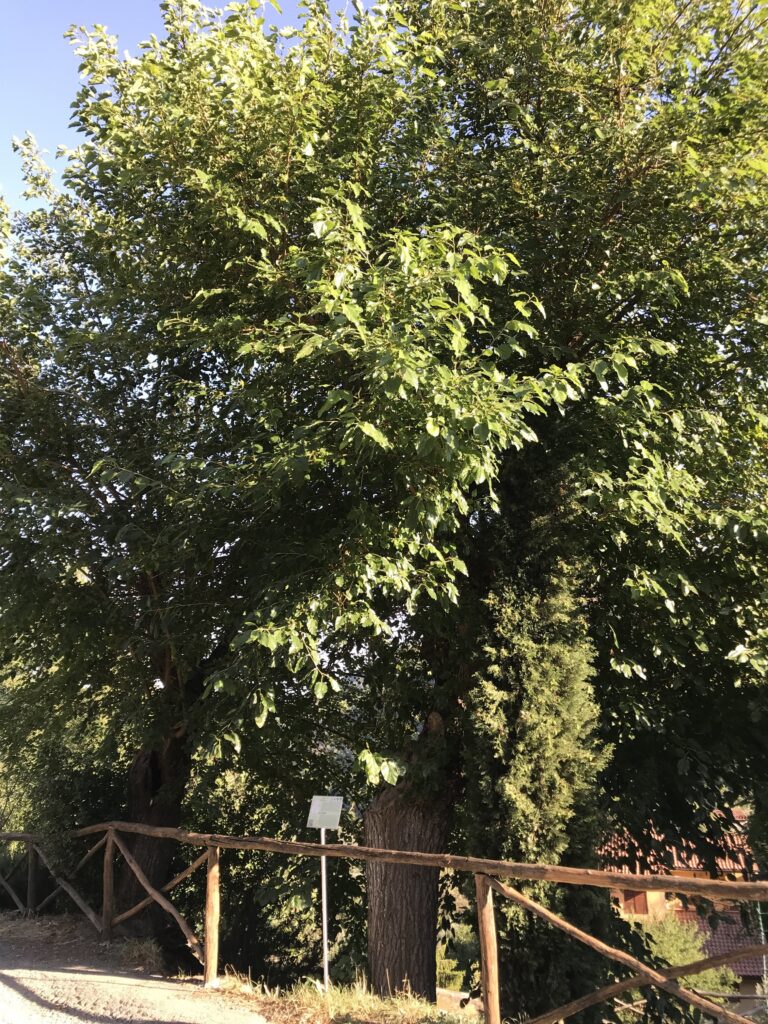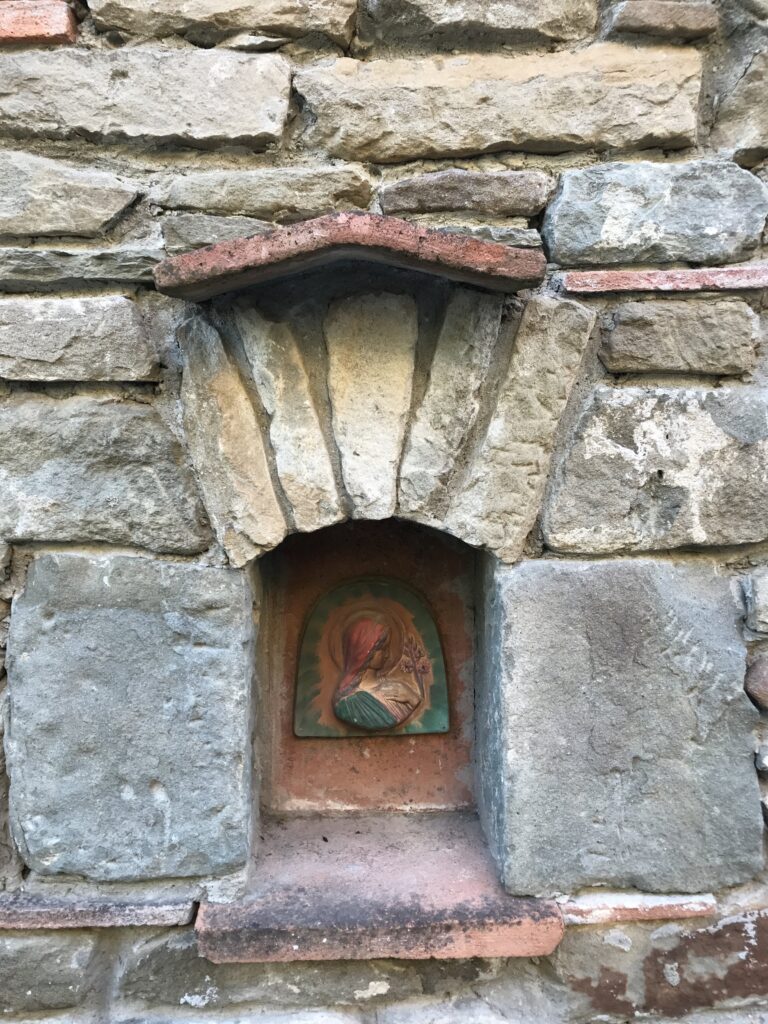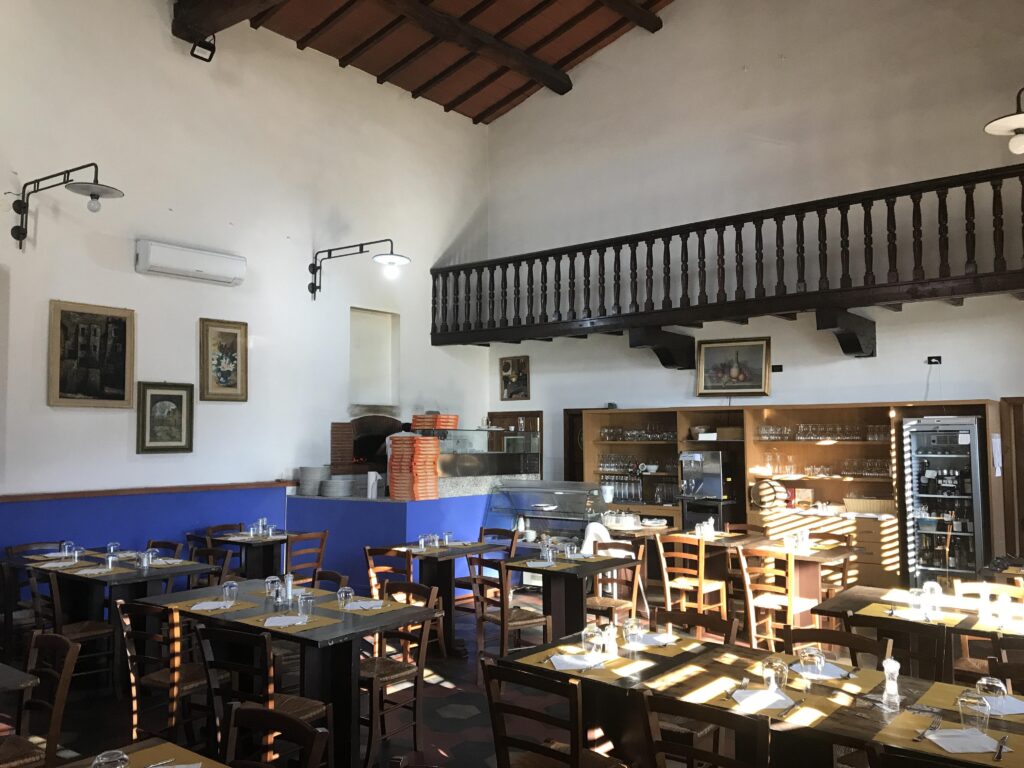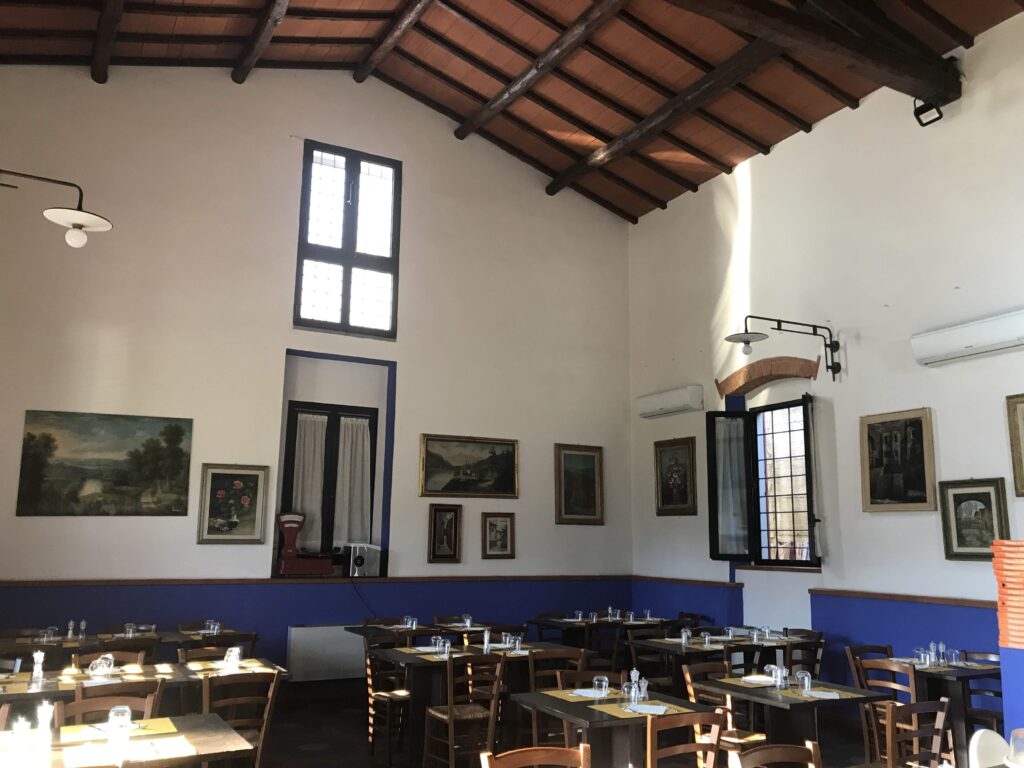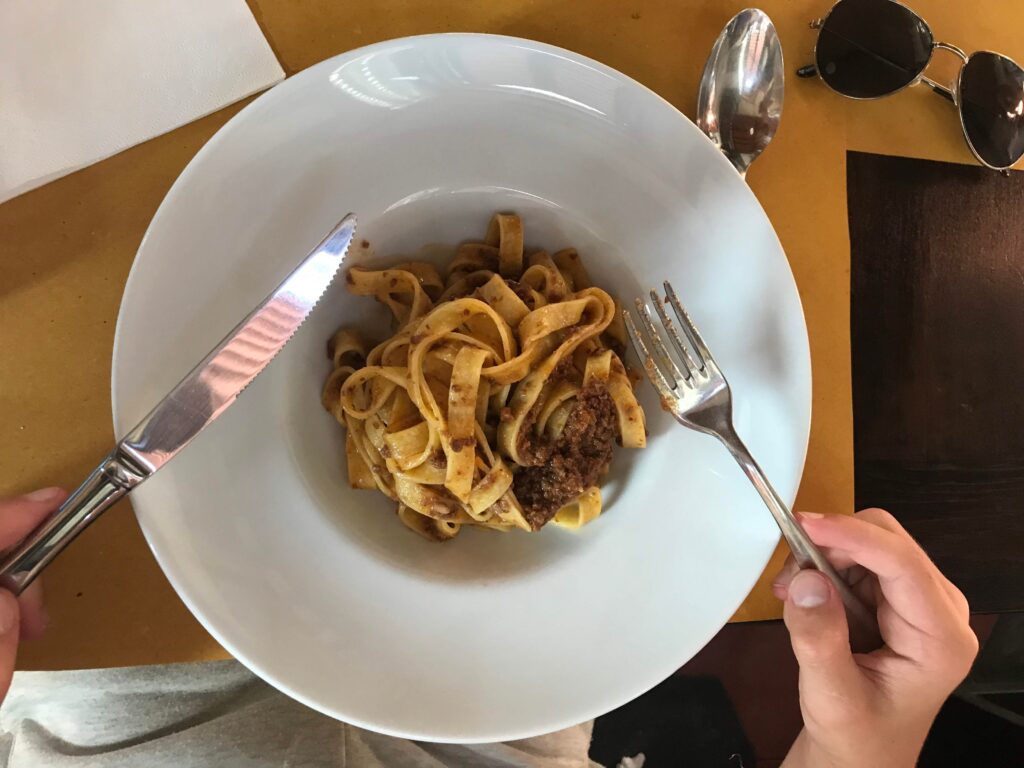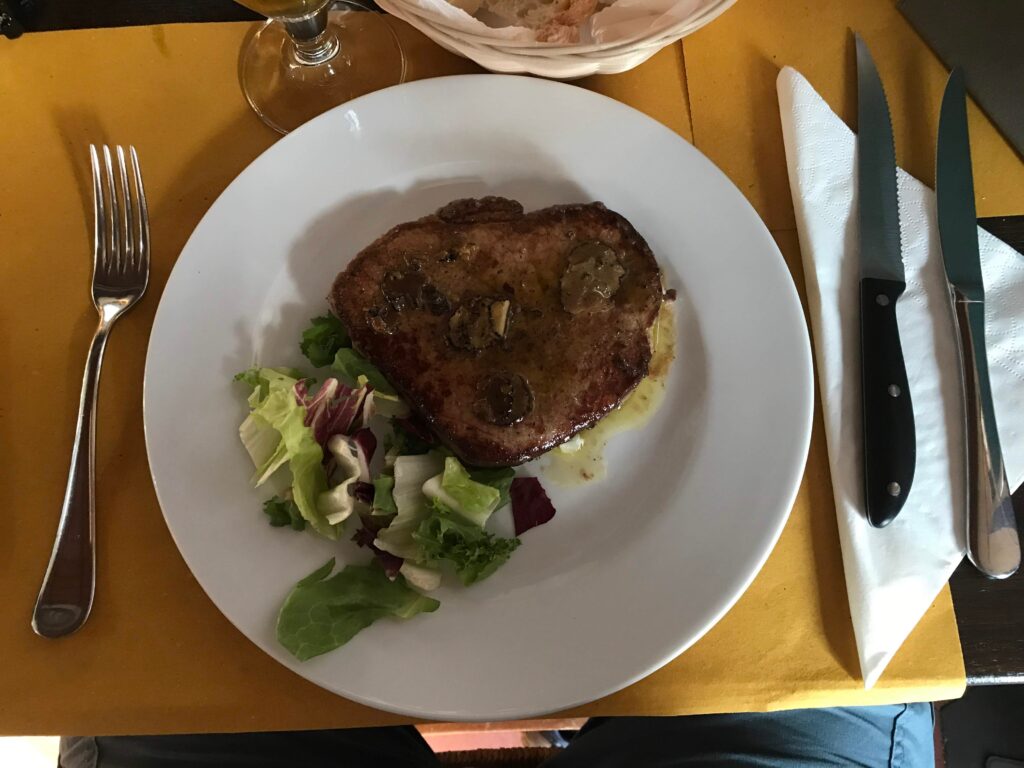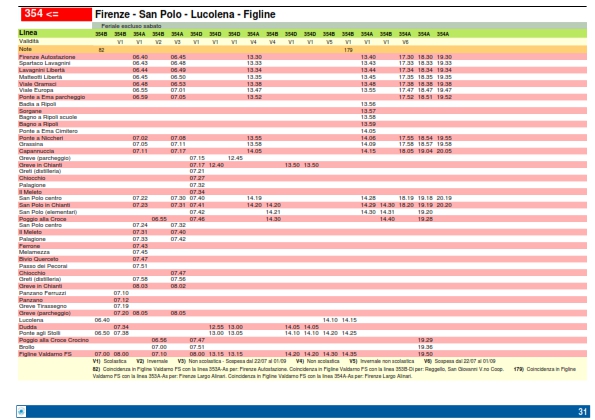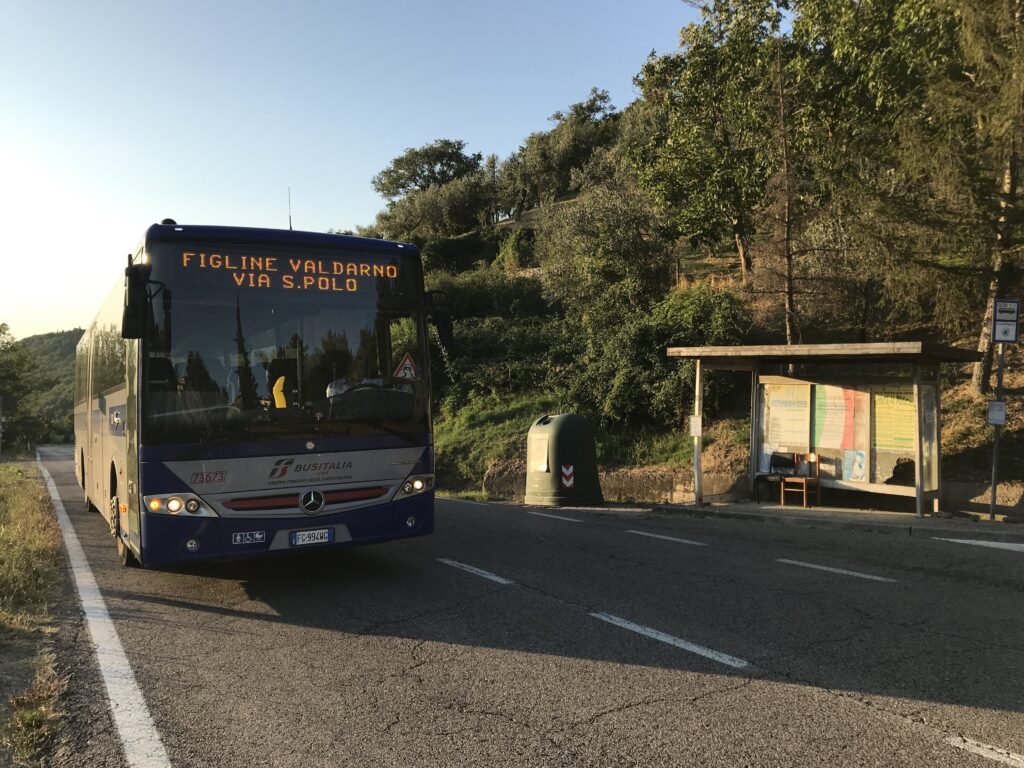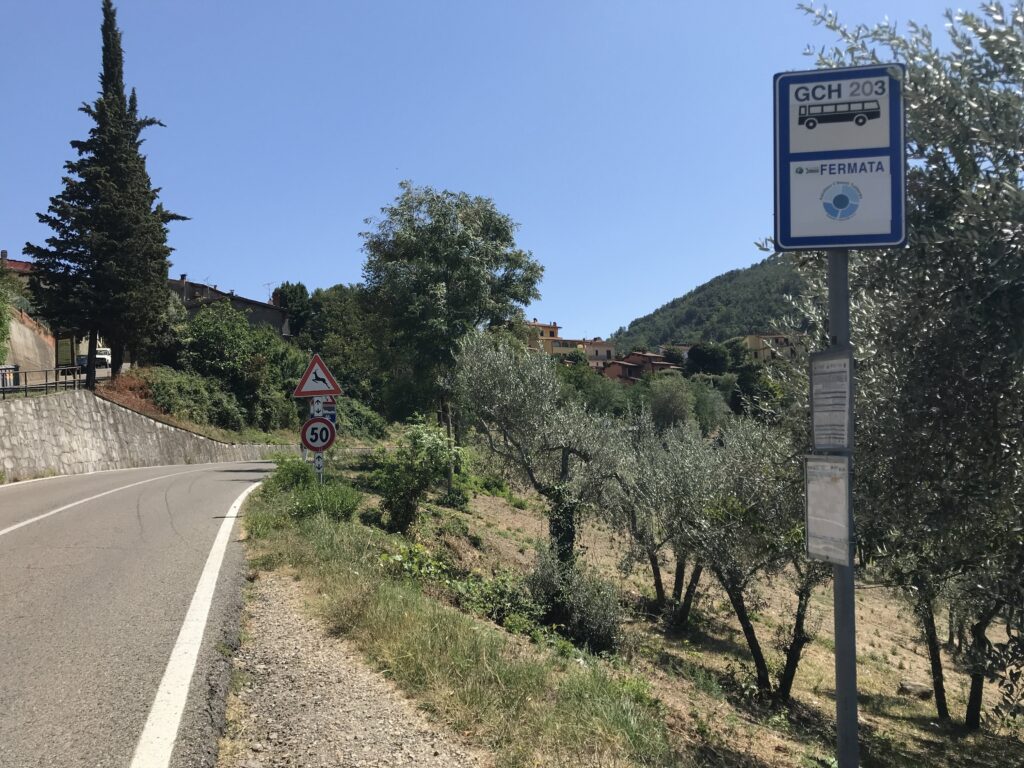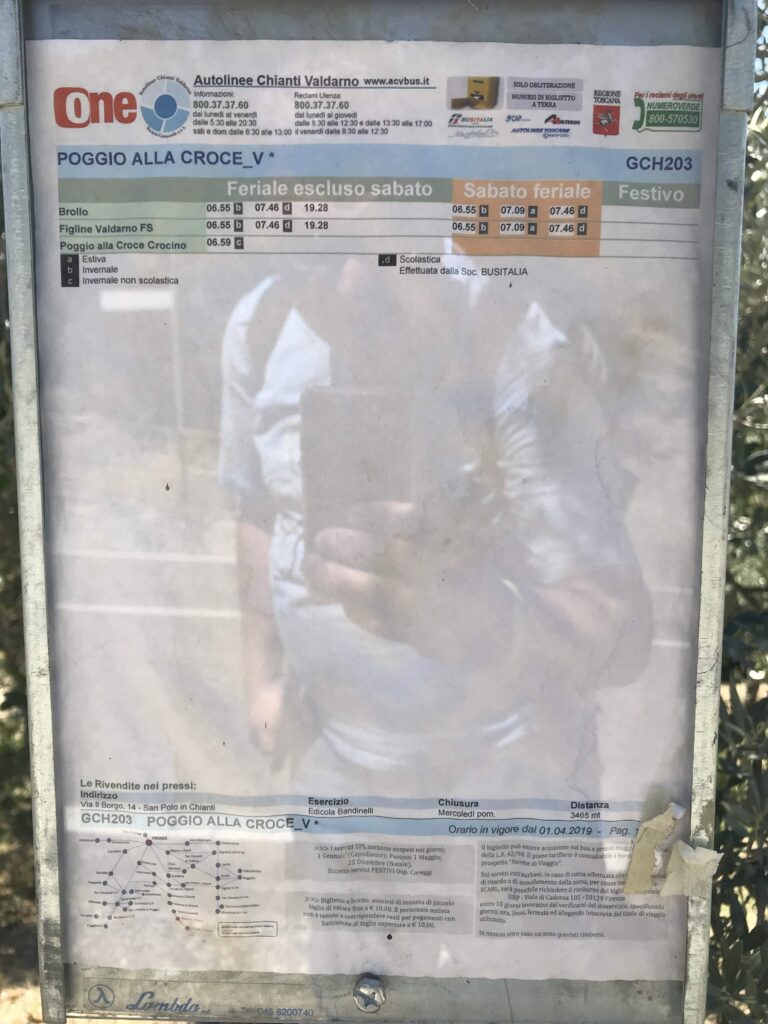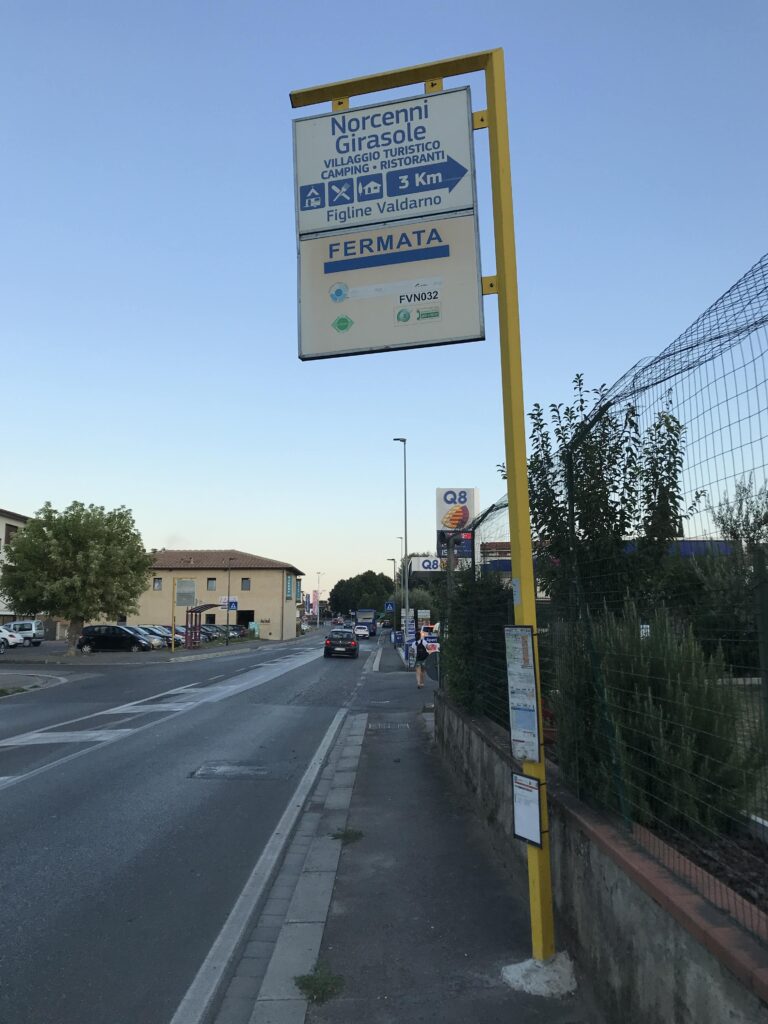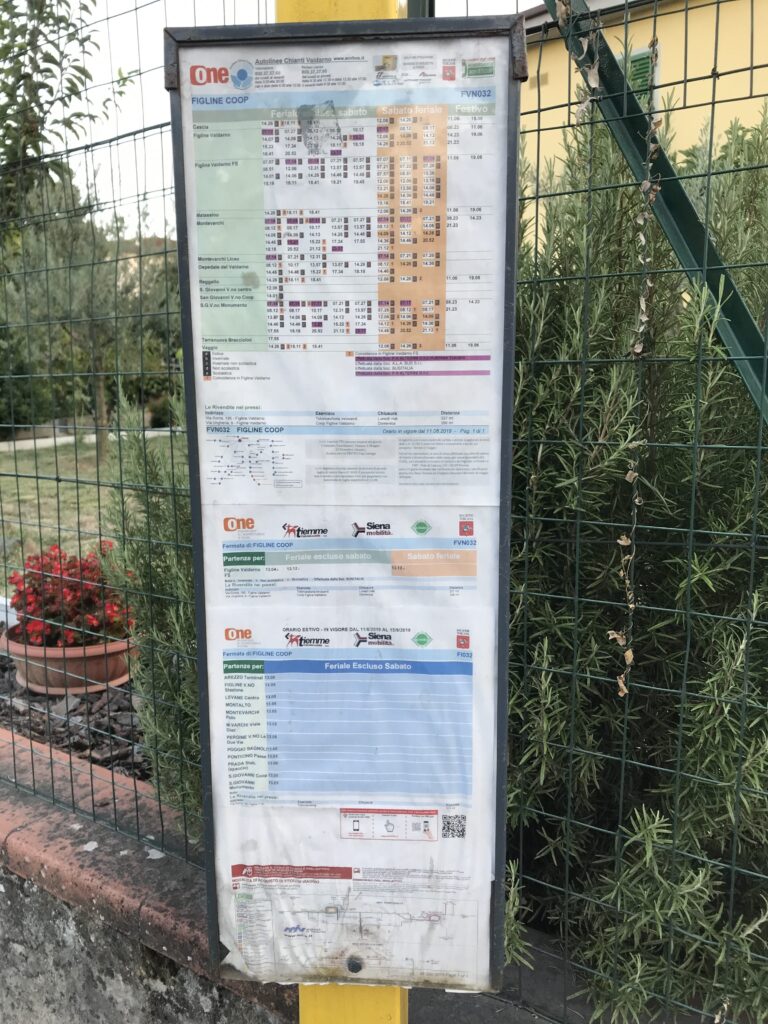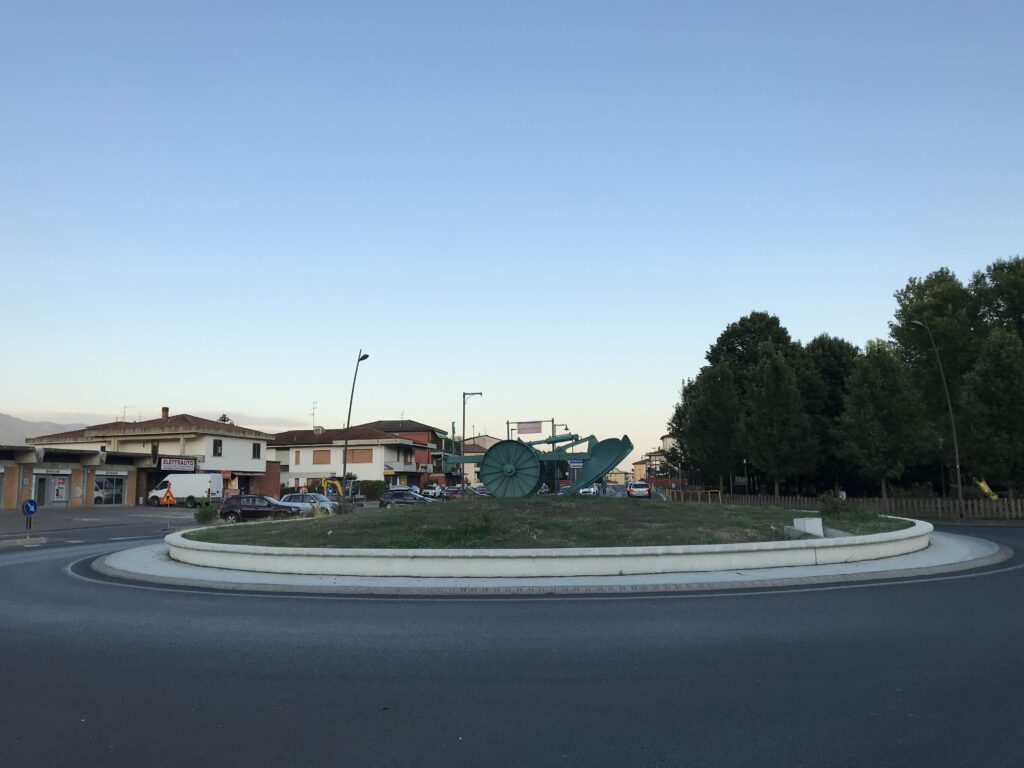Norcenni Girasole Club, Toscana – Figline Valdarno, Toscana – Poggio alla Croce, Toscana – Figline Valdarno, Toscana – Norcenni Girasole Club, Toscana
Walk Norcenni Girasole Club – Figline Valdarno
Travel Figline Valdarno – Poggio alla Croce
The Nature Trail of Citerna Hill, Poggio alla Croce
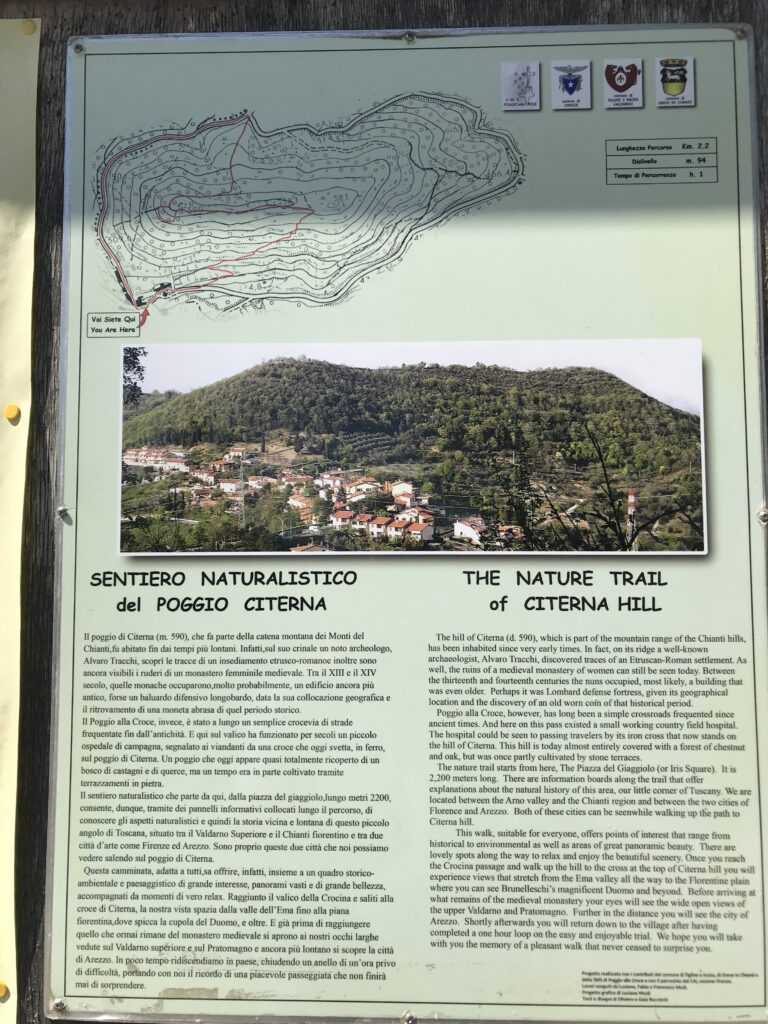
The hill of Citerna (d.590), which is part of the mountain range of the Chianti hills, has been inhabited since very early times. In fact, on its ridge a well known archaeologist, Alvaro Tracchi, discovered traces of an Etruscan-Roman settlement. As well, the ruins of a medieval nunnery can still be seen today. Between the thirteenth and fourteenth centuries the nuns occupied, most likely, a building that was even older. Perhaps it was Lombard defence fortress, given its geographical location and the discovery of an old worn coin of that historical period.
Poggio alla Croce, however, has long been a simple crossroads frequented since ancient times. And here on this pass existed a small working country field hospital. The hospital could be seen to passing travellers by its iron cross that now stands on the hill of Citerna. This hill is today almost entirely covered with a forest of chestnut and oak, but was once partly cultivated by stone terraces.
The nature trail starts from the Piazza del Giaggiolo (or Iris Square). It is 2,200 metres long. There are information boards along the trail that offer explanations about the natural history of this area, our little corner of Tuscany. We are located between the Arno valley and the Chianti region and between the two cities of Florence and Arezzo. Both of these cities can be seen while walking up the path to Citerna hill.
This walk, suitable for everyone, offers points pf interest that range from historical to environmental as well as areas of great panoramic beauty. There are lovely spots along the way to relax and enjoy the beautiful scenery. Once you reach the Crocina passage and walk up the hill to the cross at the top of Citerna hill you will experience views that stretch from the Ema valley all the way to the Florentine plain where you can see Brunelleschi’s magnificent Duomo and beyond. Before arriving at what remains of the medieval nunnery your eyes will see the wide open views of the upper Valdarno and Pratomagno. Further in the distance you will see the city of Arezzo. Shortly afterwards you will return down the village after having completed a one hour loop on the easy and enjpyable trail. We hope you will take with up the memory of a pleasant walk that never ceased to surprise you.
The Cross
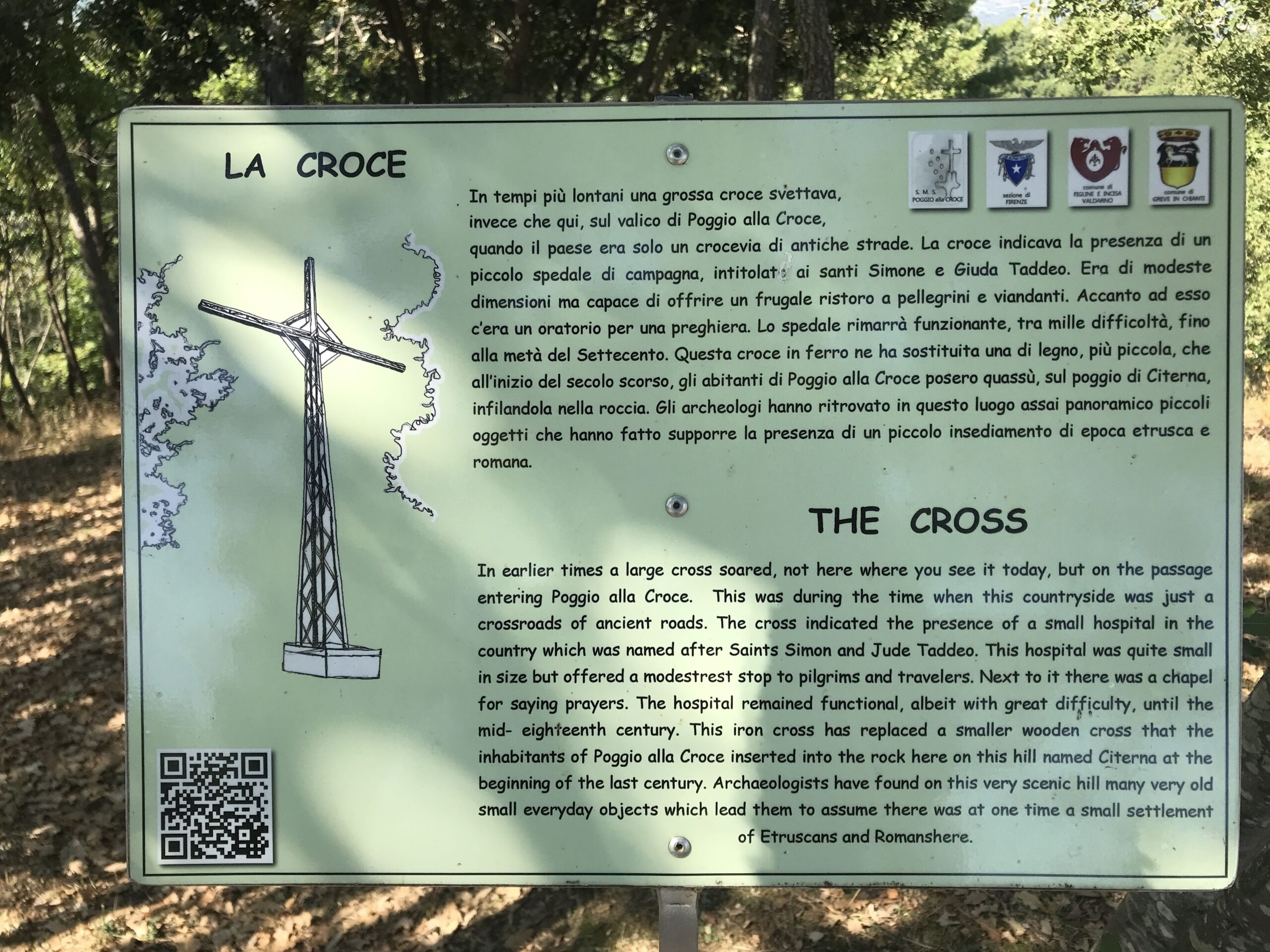
In earlier times a large cross soared, not here where you see it today, but on the passage entering Poggio alla Croce. This was during the time when this countryside was just a crossroads of ancient roads. The cross indicated the presence of a small hospital in the country which was named after Saints Simon and Jude Taddeo. This hospital was quite small in size but offered a modest rest stop to pilgrims and travellers. Next to it there was a chapel for saying prayers. The hospital remained functional, albeit with great difficulty, until the mid eighteenth century. This iron cross has replaced a smaller wooden cross that the inhabitants of Poggio alla Croce inserted into the rock here on this hill named Citerna at the beginning of the last century. Archaeologists have found on this very scenic hill many very old small everyday objects which leasd them to assume there was at one time a small settlement of Etruscans and Romans here.
The Trench
In the hills of Chianti, after the liberation of Rome in June 1944, the Nazi troops prepared a defensive line with the intention of slowing the Allied advancement and to allow the settling of the imposing Gothic Line in the Apennines. The passage of the front was in fact quite gory and bloody in this area. A tough battle was fought on the hills of Monte Scalari which is behind you. The battle involved the use of planes, tanks and head to head combat. Only on the morning of August 1 were British soldiers finally able to pass through Poggio alla Croce.
This is a trench dug by German soldiers: its location is excellent to monitor the movements on the road linking the Valdarno with the Florence area. Not surprisingly, according to some scholars, the same road was used in 1312 by armed troops of the German King Henry VIII. After having occupied Figline, which was not yet walled, he brought the siege to the city of Florence.
The Nunnery
Between the thirteenth and fourteenth century there existed here in this area a nunnery under the rule of St Augustine. The only ruins of this nunnery that remain today are hidden by vegetation. Most likely only a very few nuns, always dressed in black, came up here to occupy a building of even older origins. This building was most probably in the style of a defensive Longobard tower, given its size, its location and discovery of a coin of that time. The nuns lived in this lonely place, maintaining contact with the world around them doing social and spiritual support work. They also lent their important services to the small hospital on the pass of Poggio alla Croce. They would climb up and down the lovely easy path, perhaps the same one that you will take to get back down into the village. For certain these women led a life that was quite difficult and miserable, despite having good land to cultivate and water freely gushing from a spring just below. They left this place around the middle of the fourteenth century, called back to the city by the bishop of Fiesole.

